






FINDING SOLACE: The New AI Tool for Support

GRIEF DOESN’T HIBERNATE
Behind the Scenes at the We Go On Tour




FEATURING John
FEATURING
Lessons from Trees about Life and Death GRIEF ISN’T LINEAR— and sometimes that’s a relief

Friends
and Friends


At Get Griefy Magazine, our m

navigating the profound journey of loss We are dedicated to c dividuals living with grief can find solace, inspiration, and a sen nventional narratives surrounding grief and loss, acknowledging ut embracing the strength to live fully Get Griefy Magazine seeks to redefine the conversation around grief, providing authentic stories, expert insights, and practical resources that empower our readers to navigate their grief journey with resilience and purpose. We aspire to foster connection and understanding, bridging the gap between those who are grieving and the support they need Through a blend of heartfelt narratives, expert advice, and uplifting content, we aim to inspire our readers to not only survive but to thrive in the face of loss. Get Griefy Magazine is more than a publication; it is a lifeline for those on the path of healing Join us as we navigate grief together, fostering a community that celebrates life, resilience, and the enduring spirit that emerges from the depths of loss
Disclaimer:
The content presented in this magazine is intended for informational and educational purposes only. The topics discussed, including death and dying, are sensitive and subjective in nature The information provided is not a substitute for professional advice, diagnosis, or treatment. Readers are encouraged to seek the guidance of qualified professionals in relevant fields for personalized assistance
The views expressed in individual articles are those of the respective authors and do not necessarily reflect the opinions of the magazine or its editorial team While we strive to present accurate and up-todate information, the dynamic nature of topics related to death and dying may lead to changes in understanding over time.
Readers are urged to exercise their own discretion and judgment when applying the information provided in this magazine to their specific circumstances The magazine and its contributors disclaim any responsibility for any adverse effects or consequences resulting from the use of information presented herein
Inclusion of any specific product, service, or organization in our content does not imply endorsement or recommendation Readers should independently verify and evaluate the suitability of such entities for their individual needs
The articles on this platform are either authored by human writers or generated by AI Articles without a listed author have been written by AI In cases where human authorship is noted, the content has been edited and enhanced with the support of AI technology. While we strive to ensure accuracy, relevance, and quality, AI tools play an integral role in the creation and editing process
By accessing and reading this magazine, readers acknowledge and agree to the terms of this disclaimer. If you are in need of professional assistance or experiencing a crisis, please seek help from qualified professionals or emergency services
Links to Amazon products are affiliated links to Get Griefy Associate Storefront
Copyright Statement:
All stories in Get Griefy Magazine are protected by copyright and are the intellectual property of Get Griefy, or the respective copyright holders, as indicated Reproduction, distribution, or any form of unauthorized use of the content without the explicit written permission of Get Griefy is strictly prohibited
Readers may download, print, or share content from Get Griefy for personal, non-commercial use only Any use beyond personal use, including but not limited to commercial purposes, distribution, reproduction, or modification, requires prior written consent from Get Griefy
THANK Y OU TOISSUE 7 S PONSORS


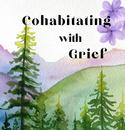



Editor-In-Chief, Creative Director and Founder
Kera Sanchez

Contributor
Blair Kaplan Venables
Contributing Writer & Designer
Nina Rodriguez
Small Business Collective Article Curators
Angie Hanson & Sundari Malcolm
Cover Photography
Yvette Glasco
Article Curator and Designer
Nina Rodriguez
Non-Profit Guest Article Curators
Sarah Behm Guillén & Kelly Petersohn
Contributor
Crystal Dalton
Contributor
Dr. Elreacy Dock





Contributor
Barri Leiner Grant
Contributor
Chelsea Pegues
Contributor
Dr. Kimberly Rich
Contributor
Nicole Scimone
Contributor
Dr. Heather Taylor
Contributor
Sweta Vikram
Contributor
Dr. Heather Taylor




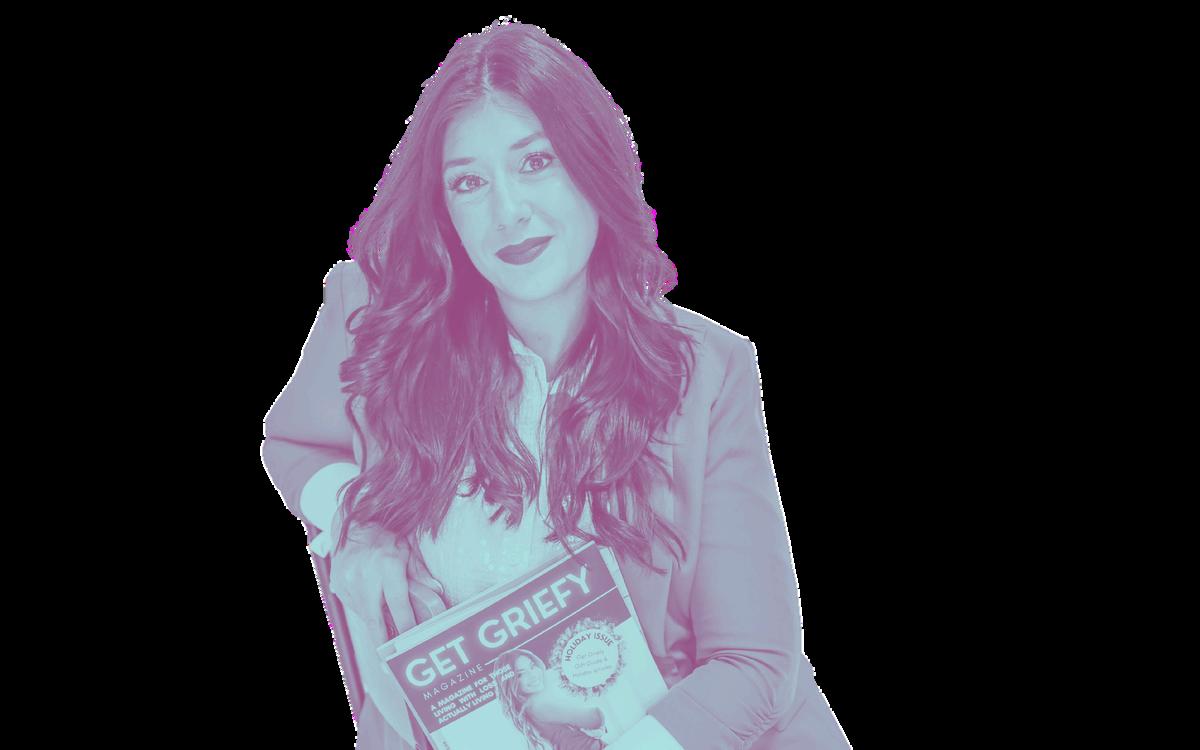




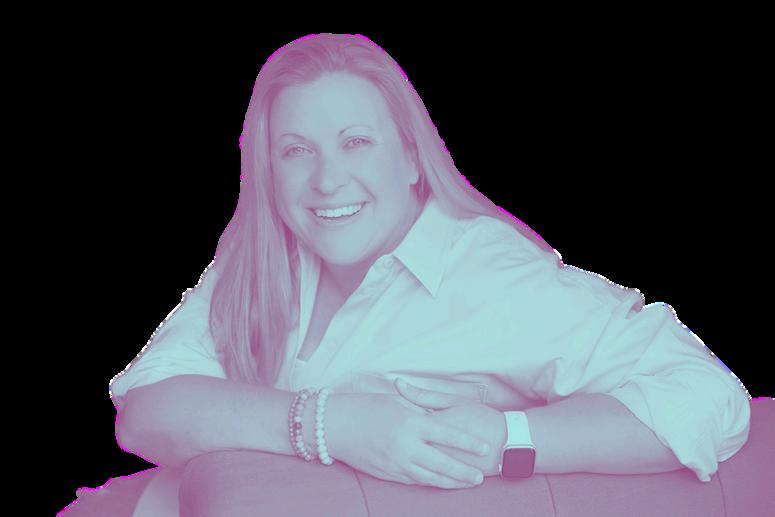


Dr. Lauren Wittenberg Weiner







W H A T ’ S I N S I D E I S S U E 7 ?
Page 6
Editor-in-Chief Kera Sanchez Draws the Connection between Second Language Acquisition and Grief. FLUENT IN GRIEF
Page 8
Hospice Doctor’s Widow, Jennifer O’Brien Shares her Insights LOVE IS GREATER THAN DEATH
Page 12
GRIEF AND GROWING PAINS
SBC Member and Grief Coach Nicole Scimone Discusses The Evolution of Grief
Page 16
GRIEF ISN’T LINEAR— AND SOMETIMES THAT’S A RELIEF
Government Contracting Powerhouse Lauren Wittenberg Weiner Unveils a Universal Truth
Page 20
GRIEVING ONE CHILD, RACING TO SAVE ANOTHER
SBC Member and Host of the Grief and Light Podcast, Nina Rodriguez, Illuminates Coat’s Plus Syndrome in the Hope of Assisting a Family in Finding a Cure.
Page 26
BLOOMING WITH BEREAVEMENT SUPPORT
Exclusive Interview with Bloomwell Co-Founders, Janet Gwilliam-Wright and Dr. Mekel Harris
Page 30
THE TASTE THAT TIME TOOK
Sweta Vikram Savors the Flavor that her late Mother’s Cooking Brought to her Life.
Page 34
CAN AI HELP YOU FIND YOUR HIGHER PURPOSE?
Chelsea Pegues explores how grief, curiosity, and technology collide and whether a chat with ChatGPT can help us find meaning again.
Page 38
BEYOND THE VEIL
Get Griefy Talks with Kelly Daugherty About How Induced After Death Communication Is Transforming Grief
Page 42
ONE PLATE AT A TIME
Discover how Amy Fabian Crump and her signature Giving Plate are helping communities grieve with intention one shared act of comfort at a time.
8


16
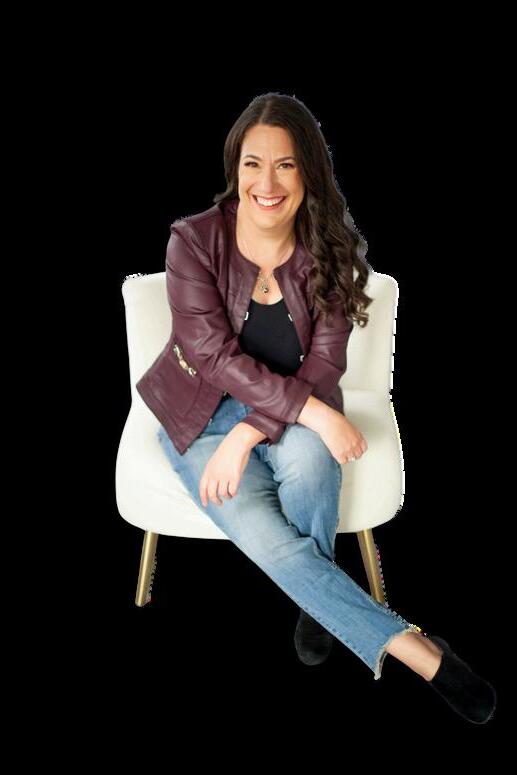
34
38 42






Page 46
LIFE AFTER BREATH
Page 69
GRIEF DOESN’T HIBERNATE
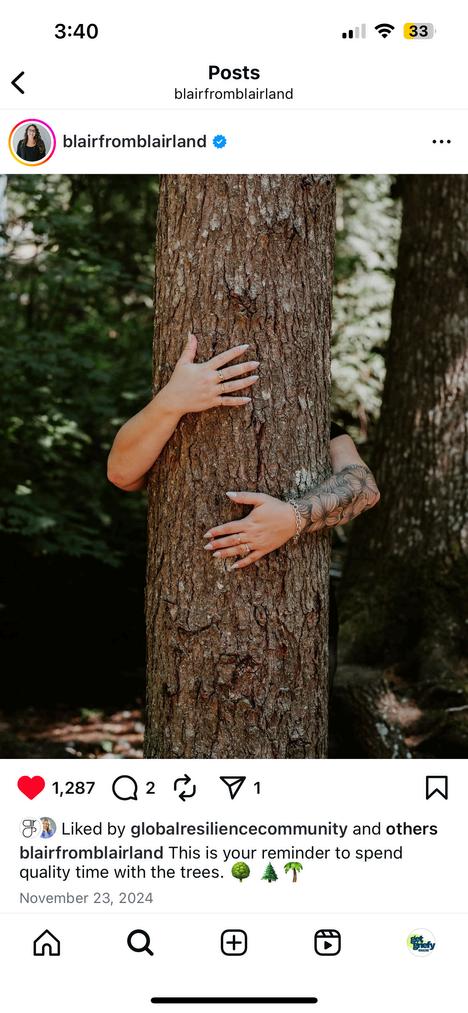



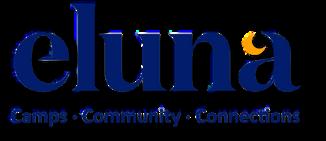
54 69 78 75

Jacob Cooper on Grief, Growth, and the Soul’s Journey
Page 49
CAN A CHATBOT GRIEVE WITH YOU?
Exploring Grief in the Age of AI: Inside Solace, a new mourning tool created by Susan Repa.
Page 54
LESSONS FROM THE TREES ABOUT LIFE AND DEATH
Grief and resilience expert Blair Kaplan Venables reveals what the forest can teach us about healing
Page 60
ALL I WANT FOR THE HOLIDAYS IS… A MOMENT TO BREATHE
A Conversation on Grief During the Holidays by SBC’s Sundari Malcolm and Angie Hanson
Page 65
BEYOND INVINCIBILITY— THE POWER OF THE GRIEVING SUPERHERO
Dr Elreacy Dock reminds us that even superheroes grieve and that vulnerability is real strength

Page 67


Dr. Heather Taylor offers practical guidance for navigating the darker months of fall and winter with compassion, selfawareness, and tools to protect your mental and emotional well-being
Page 75
SOUNDTRACKS & SNOWFLAKES
Eluna staffers share thoughtful, practical tips for supporting grieving children through the challenges and emotions of the holiday season.
Page 78
Inside the We Go On Tour with John Onwuchekwa and Friends WE CAN’T OUTRUN GRIEF, BUT WE CAN GO ON
Page 85
FINDING HEALING IN NATURE AFTER LOSS
Crystal Dalton explores how the natural cycles of the earth reflect the rhythms of our own grief
Page 88
The Memory Circle’s Barri Leiner Grant shares this and other grief-filled reflections on another trip around the sun I GET TO BE 60
SBC’s Dr Kimberly Rich explores how integrating grief education into daily school life fosters empathy, resilience, and connection IT’S TIME TO ADD GRIEF EDUCATION TO THE CURRICULUM GET GRIEFY MAGAZINE | ISSUE 7 W E G R I E V E I N C O L O R





Editor-in-Chief, Kera Sanchez shares how her professional expertise in the World Language Classroom unexpectedly translates into the world of grief.

I didn’t know when I began my career as a secondary Spanish language teacher that my mother’s real maiden name was Ortiz or that my Mexican roots were already deeply embedded in the very classrooms where I would teach hundreds of students throughout my young adult life Growing up, I was always curious about my true identity, so discovering her birth family after her death felt achingly ironic: I had been drawn all along to the very heritage I never knew was mine It’s funny how the things meant for us always find their way back, often through the most unexpected plot twists
Through my experience as a Spanish teacher, so much of my daily work was intertwined with language not just the four Cs of communication (speaking, reading, writing, and listening), but also the three Ps of culture (products, practices, and perspectives)
It hit me one day in 2025, nearly three years into my grief journey after the sudden and unexpected loss of my mother, that much of what we apply to language pedagogy also applies to grief
A grief mentor yes, the man on this magazine’s cover, John Onwachecha referred to grief as a language I had first stumbled across his work on Instagram, in a video that spit straight facts. John talked about the importance of seeing grief as a language, and of becoming fluent in it
My jaw dropped, not because the idea felt abstract, but because it was so familiar. I had spent years building lessons that invited students to play with language in engaging, comprehensible, and judgment-free ways. Many of my students grew up with Spanish in their homes, but mostly spoke “just” Spanglish I used to think of it as “just” Spanglish, but that mindset is exactly where we must shift our perspective if we wish to become fluent in grief.
Every effective language teacher knows that shame is what keeps students from growing. Shame about mispronouncing a word. Shame about getting stuck Shame about trying too hard in front of their peers That affective filter the invisible barrier between fear and expression determines whether a student thrives in a language class or remains stuck with just a handful of words.
The same is true of grief As a society, we’ve been trained to treat grief and death as unapproachable topics We stumble when we try to comfort a friend whose parents are divorcing or whose grandmother just died. Our affective filter is sky-high: we don’t want to say the wrong thing, we don’t want to mess up, so often, we say nothing at all
But fluent grievers know that saying something is always better than silence. Each time we talk about grief, even imperfectly, we lower the filter a little more. Piece by piece, we create a culture where grief is acknowledged, and those in its thickest fog feel less alone because they have camaraderie



“Translanguaging” may sound like an academic buzzword, but most of us know it as Spanglish: the unique ability of a bilingual brain to jump seamlessly between two languages For decades, it was mocked as a weakness, proof of incomplete mastery. But thanks to scholars like Dr. José Medina, we now recognize translanguaging as a superpower an elegant weaving together of two worlds, an epic bridge of neural pathways. Grief is much the same.

Before loss, we are strangers to its language Then a devastating loss comes, and suddenly it’s as if we’ve forgotten how to speak life; grief becomes our only tongue The true breakthrough happens when we learn to translanguage when we braid grief and life together. That’s when we emerge as bilingual in both languages Translanguaging in grief allows us to expand not just our emotional vocabulary, but our humanity. It enables us to build lives infused with appreciation, joy, and connection to our roots
Some of us are dropped into grief suddenly, as if shipped to Timbuktu without a map, forced to adapt and learn the language of survival But others simply want to learn enough “phrases” to accompany those already immersed in grief. Just like using Duolingo, people can gain proficiency by seeking out resources, listening to advocates, and practicing empathy.
This effort does more than foster meaningful relationships; it equips us for our own inevitable journey with grief. It is, in a way, the front-loading we do for the test that life will eventually hand all of us
Language is never just words on a page. It is alive. That’s why culture is a cornerstone of language education The products, practices, and perspectives of a community whether Spanish speakers in Andalucía or a family navigating the loss of their mother are inseparable from language itself
In grief, culture takes form in products, or shall we say heirlooms: her necklaces and shoes become artifacts of memory. It lives in practices: visiting sunflower fields in September, ordering lemonzest pancakes, doing the things she once loved. And it endures in perspectives: her lessons, like “not my circus, not my monkeys,” transform into guiding beacons for how to live
Grief is indeed a language one spoken through products, practices, and perspectives And like any language, it carries within it a culture that shapes our souls and binds us closer to one another.
If we can approach grief as we do language with patience, humility, and the courage to keep practicing we gain more than words: we gain a new way of being. In becoming fluent grievers, we also become fluent lovers, listeners, and culture-bearers That fluency builds connection, resilience, and a living memory that ensures our loved ones are never truly gone Grief, like language, is both heritage and inheritance, and in learning to speak it, we keep sharing the story together.


Get Griefy Your book, The Hospice Doctor’s Widow, combines art journaling with your caregiving story. How has creativity helped you heal? What inspired you to approach the book in a mixed media style?
J.O. I began the art journal as a self-care outlet while I was caring for and later grieving the death of my husband. As a self-taught artist, I have long used creativity to cope with life’s challenges. Years later, I shared the journal with a neurologist colleague who was diagnosing three patients with ALS. He said, “You need to get this published it will help a lot of people.” I found a publisher, and it became a book. I encourage others to explore creative outlets to soothe their grief.
J O At the end of life comes death There a no do-overs in end of life Changed forever, loved ones remain and remember This is wh I call the Triad of Certainty
Death is greater than: healthy living, wealth, top hospitals, and world-class physicians On love is greater than death, which is why we grieve Prepare for your death and help loved ones do the same, so when the time comes you can focus on love and grief, not the mora distress of wondering if final wishes were truly honored
Get Griefy What do you hope the Get Griefy audience takes away from your work?
J.O. In grief, there are only 2 rules: do no harm to yourself or others. Beyond that, there are no shoulds, no single right way Every loss is unique I grieve my mom differently than my brother or husband
Laughing without guilt? Normal Feeling angry and/or bitter?
Normal Wanting solitude and wondering why no one calls?
Also normal Grief is not linear; you don’t get over it Forty-two years after my brother’s death I still grieve the loss and who I would have been if my only sibling had not died when he





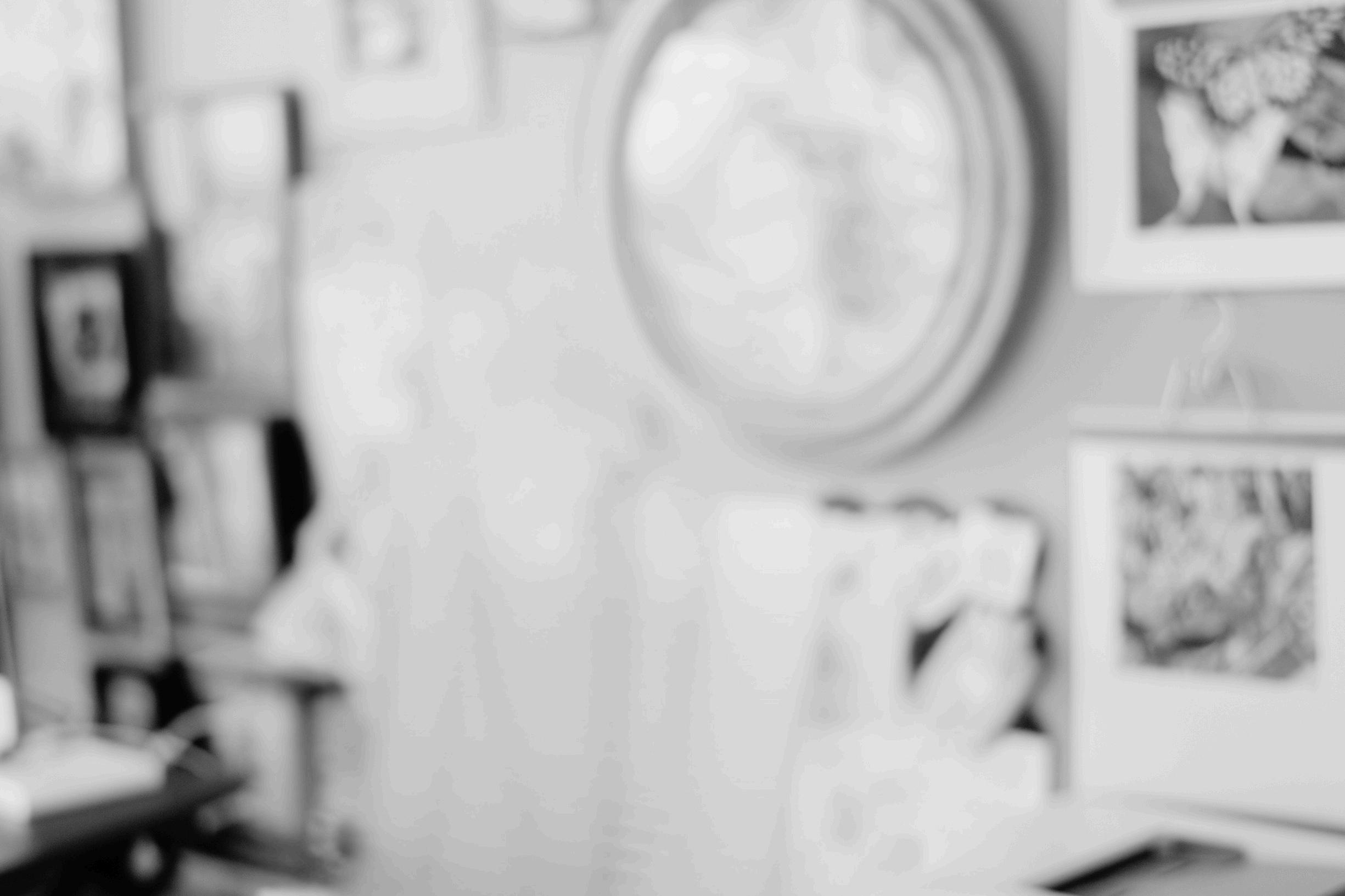
BLAIRKAPLANVENABLES Helping you navigate life’s challenges and your grief.
Free30-MinuteIntroSession: www.blairkaplan.ca|blair@blairkaplan.ca|604-838-4234


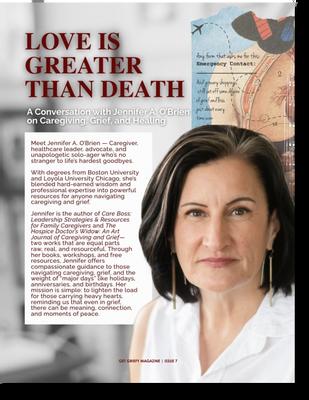
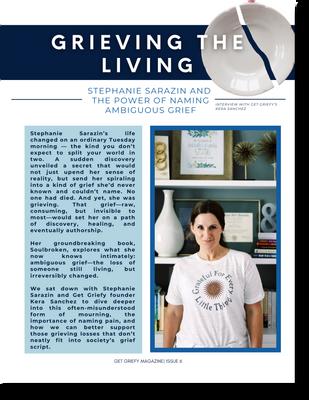





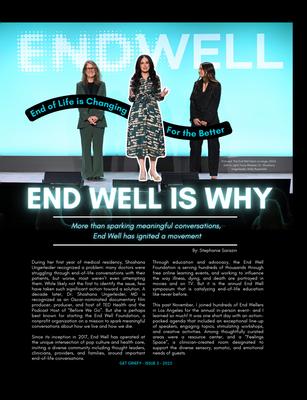

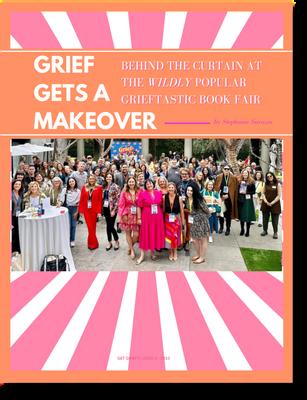

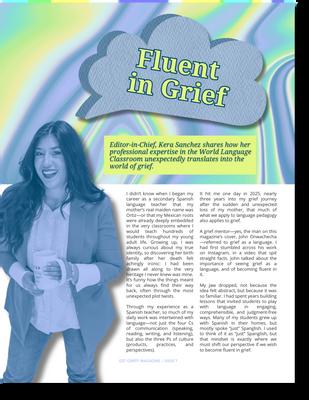







By: Nicole Scimone

Home is the feeling you get when you are with the people you love. So, if one of those people dies, does that feeling go with them? Do you lose your sense of home?
It has been twelve years since we lost my dad And this feeling of homesickness has taken up quite a bit of space over the years. At first their absence is felt in the physical home they once lived in- every room you enter, the kitchen they loved to cook in, their closet full of clothes. And soon every holiday, tradition, milestone, and every simple thing in between starts to morph into something unsettling and unknown
And having kids of my own has unearthed more feelings of homesickness as I navigate a new chapter without him Building a foundation within my growing family seems to remind me that I am missing a piece of mine.

It reminds me that my world has felt thrown off it’s axis and I’ve yet to find my footing
My sense of home is neatly tied up into my identity as a daughter to two parents, their only child. We were a team, the very best of friends They are the two biggest pillars of influence in my life. This version of my identity is a part of my “before he died” and that is when my world made the most sense There are moments when it feels like I am frozen in time, at the age we said goodbye to him. Twenty-four.
Home feels like the reassurance that if I looked over each shoulder, they would be right there. Every moment, big or small was made special because it was spent with them I knew that no matter what life threw at me I would be met with unconditional love and support and that felt like a giant exhale

I feel homesick for an identity that I have outgrown. Homesick for a time when I walked through the world as their daughter, the two of them by my side. It’s like this strange version of growing painsstepping into the role as wife, mother, and homeowner, while tightly grasping the title of their daughter. I find it difficult to let go of certain parts of myself because it would feel like I am letting go of him
It’s a mental battle I face some days- being present and confident as someone ’ s mother while still so emotionally connected to being someone ’ s daughter So, for me, homesickness feels a lot more like growing pains these days.
I feel grateful that a part of my home is still very much alive - in my mother. We have held each other in our grief as we created our new normal.

When grief seems to shake me at my core, she is there to help steady me and bring me into the light. The love that I still have in her is immeasurable to me. She is my reminder that all is not lost, only changed
What I have come to learn is that grief will certainly make you feel like your sense of home has been blown apart. And I do think a part of that feeling goes with them when they die. Because it is a feeling only their presence can contribute to
But I don’t think it’s so black and white- nothing in grief ever is.
We might not be able to make new memories with them, but the feeling they gave us when they were alive is part of the gift of their legacy. And that can never be lost. I understand now that I don’t have to choose one identity to hold. I can be a daughter, a wife, and a mother. I can make space for each one, because they all make me who I am
So how do we move forward when our sense of home feels changed?

It starts with simply making peace in our new reality We cannot change what happens to us, but we do have control over how we move forward.


We know all that we have lost, but what about all that is still here? What beauty can you make from that? Think about all that you still are! Your joy, your passions, your LIFE!
Get to know this new version of you And love the people who you share your life with, and love them well- be their giant exhale.
There is still so much goodness to be found within this new landscape Maybe our sense of home won’t be what it once was, but what if it can still feel wonderful? I think ultimate peace comes when you feel entirely at home within yourself, no matter what is happening or changing around you
A true sense of home is found in the feeling from the people who loved us then, the people who love us now, and in the love we have for ourselves

Nicole Scimone is a Certified Grief Coach, speaker, and writing workshop facilitator dedicated to helping others not just survive loss, but thrive beyond it. After losing her father at 24, she found her purpose in guiding others through grief with compassion, creativity, and hope. Through coaching, workshops, and speaking, Nicole empowers people to honor their grief, reclaim their voice, and move forward with resilience.
www.nicolescimone.com @nicolescimone



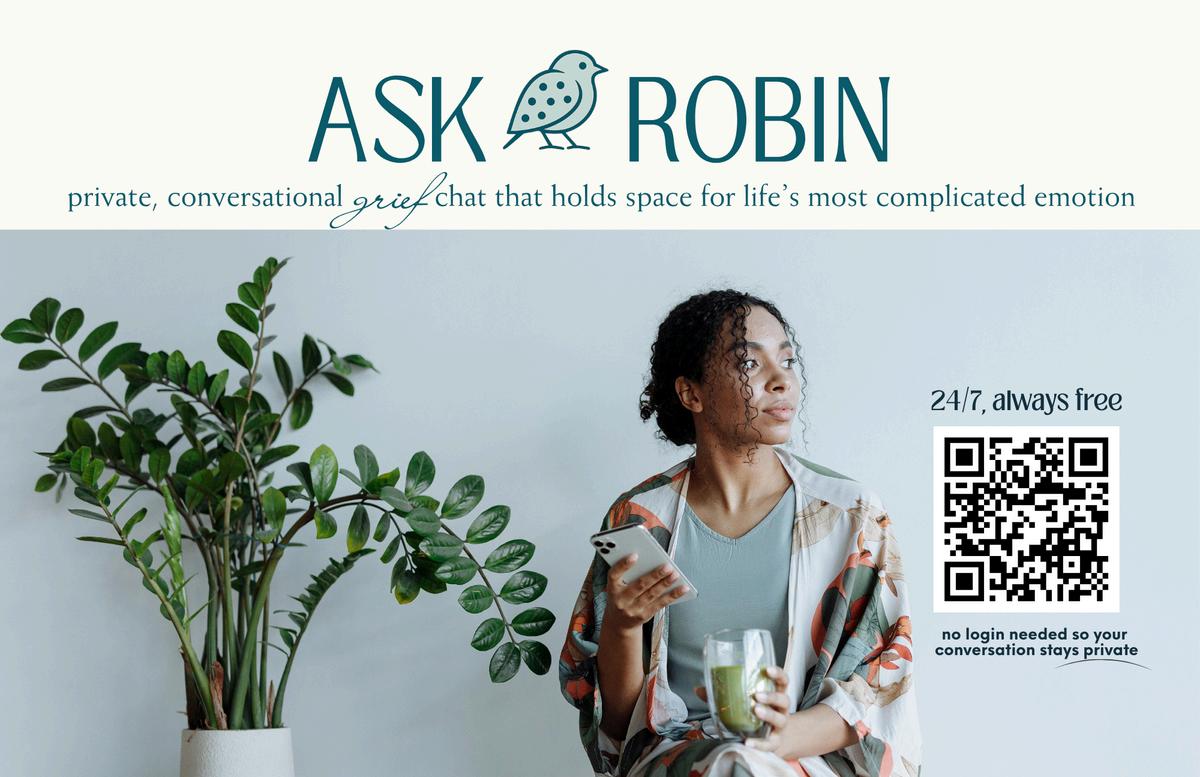


If this season feels heavy, join the 12 Days of Holiday Hope for daily encouragement and special prizes, or our 3rd Annual Card & Ornament Exchange for meaningful connection—choose one or both.
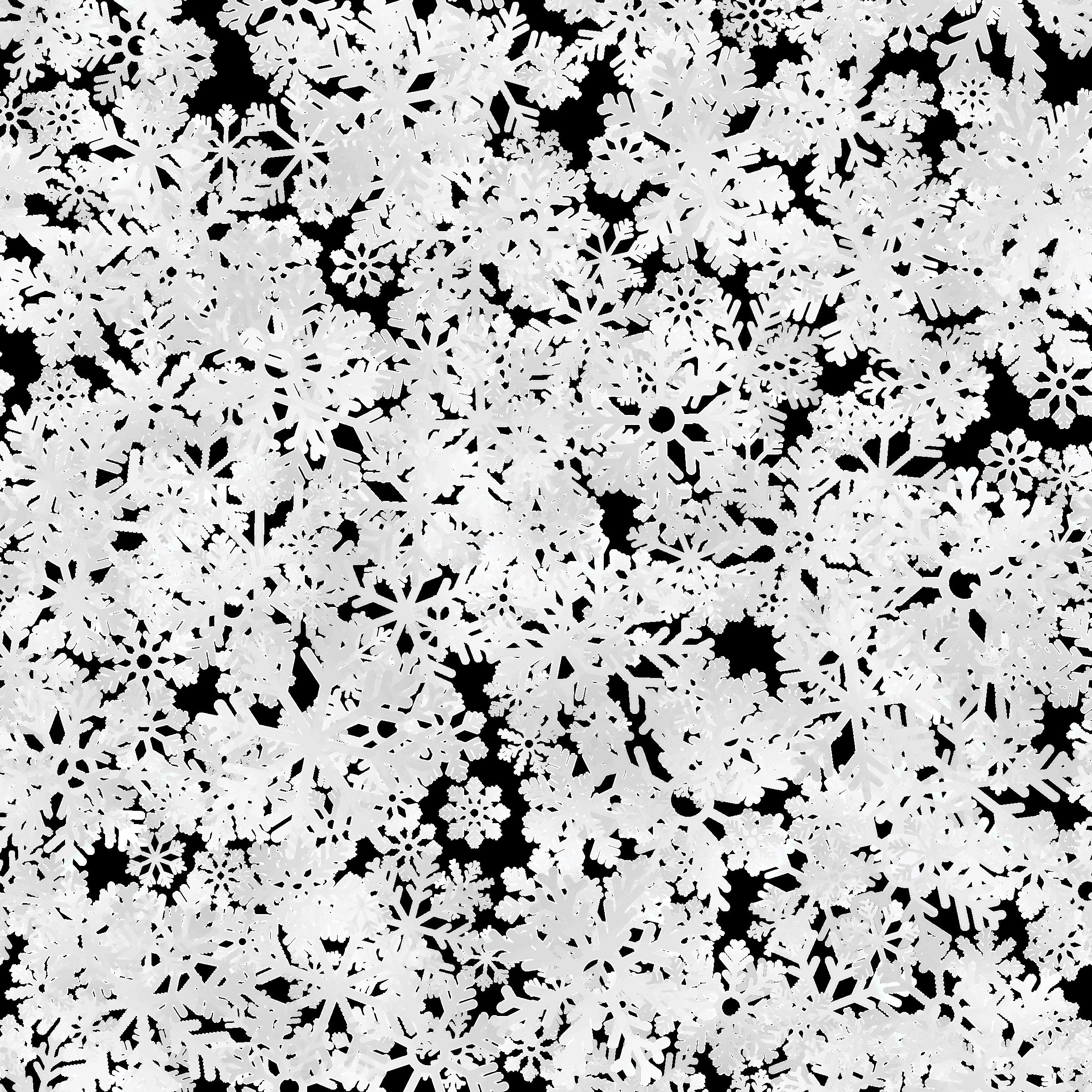
’t
Meet Lauren Wittenberg Weiner, PhD a former White House staffer turned trailblazing entrepreneur who built WWC Global into a $100M powerhouse and one of the most successful women-owned businesses in government contracting. Read more about how she juggles that success with the quiet, slow goodbye of losing her mom to Alzheimer’s.
I’m writing this from the airport, where my flight back home is delayed by the usual O’Hare chaos.
The trip itself has been wonderful I got to stop at the cutest bookstore on my book tour and meet some incredible new people, spend a night out with my big brother, and celebrate a milestone birthday with one of my dearest friends from my 20s onward. But soon after landing in Chicago, I got a call that shifted everything: my mom, who has been living with Alzheimer’s for more than a decade, was starting her transition. The staff at her facility thought she would likely pass within days
The thing is, this wasn’t the first time I’d gotten that call.
Six weeks ago literally the day I kicked off my book tour we got the same message My mom had stopped eating a couple of days before, and ended up not eating for almost three weeks. We prepared ourselves for the end
B
t i m es , it’sa r e l i fe .
And then, one afternoon, she opened her eyes, looked straight at the caregiver, and said: “Hey, can I get some food?” She proceeded to eat an entire plate of lasagna.
That wasn’t an isolated moment Over the last few years, my mom has defied medical predictions at least two dozen times. Each “this is it” phone call has been followed by an unlikely rally. For a long time, I thought I got all of my stubbornness from my dad, but I’ve come to realize my mom had it in spades, too I won the stubbornness genetic lottery.
This time, though, feels different
Here’s the part that feels hard to admit, much less to put in print: I’m relieved.
Not just because it’s excruciating to watch someone slip away piece by piece, and not even because I’ve watched my dad endure the ache of anticipatory grief again and again. But because this long journey of Alzheimer’s has been exhausting for her, for him, for me and my brothers I am ready for it to end
We don’t talk enough about that part of grief. About the relief that comes when suffering has dragged on too long About how you can love someone deeply and still feel ready for the burden to lift. Grief isn’t tidy. It’s not a straight line from sadness to acceptance. It’s layered, contradictory, and sometimes it feels like holding two competing emotions in the same breath
A few years ago, when my (young and otherwise healthy) cousin died of cancer, the hospice nurse said something that stuck with me. Sometimes, these longer goodbyes give us the gift of wanting them to pass, even as we desperately want them to stay as their healthy self Once we can admit that we are ready for them to go, they and we can move forward.
My mom wasn’t an easy person She could be difficult to deal with, well before the Alzheimer’s The disease only amplified those traits at first she was angry, mean, sometimes even violent. We were fortunate to have excellent doctors and a care team who helped stabilize her and support us through those early, brutal years. I’ll always be grateful for the neurologist who not only managed her symptoms, but treated me with extraordinary kindness while I tried to navigate an impossible situation.
Over time, something shifted Alzheimer’s stripped away some of the sharp edges, and she became unexpectedly pleasant. And in the fleeting moments when she was aware, I got glimpses of the mother I’d always wanted warm, supportive, loving. The mother I didn’t always have growing up, and not consistently as an adult either. Those moments were gifts, small but real, and I hold them close
This strange, drawn-out, back-and-forth process of losing my mom has taught me something about grief: It isn’t a single event, it’s a whole journey Anticipatory grief, complicated grief, relief, sadness, gratitude they all live together. And none of it looks like it does in movies or in Instagram tributes
If you’re going through something similar, I hope this gives you permission to feel all of it. To admit the hard parts without shame To honor the relief alongside the sorrow To let yourself be grateful for the glimpses of joy, even when the bigger story is painful.
Because that’s what this long goodbye has been for me: Messy, contradictory, exhausting, and at times unexpectedly beautiful.
And maybe that’s the real truth about grief. It’s not about finding closure or tying things up neatly. It’s about learning to live with all of it the relief and the pain, the love and the loss side by side
Lauren Wittenberg Weiner, PhD is a barrier-breaking entrepreneur, author, and expert in government contracting. After leaving a White House role to follow her husband’s military orders to Italy—where she was told military spouses couldn’t hold professional jobs she founded WWC Global, a consulting firm that grew to $100 million in annual revenue.
In 2018, WWC Global won the largestever contract awarded to a womanowned business at U.S. Special Operations Command Headquarters, making it one of the most successful women-owned small businesses in the federal space. The company was acquired in 2022.
Lauren holds a Ph.D. in psychology from Dartmouth and a B.A. from the University of Michigan. She lives in Tampa Bay, serves on nonprofit boards, is a caregiver for her aging parents, and a proud hockey mom.
Her new book, Unruly, explores the hidden costs of success for women and offers a bold, honest look at leadership, ambition, and caregiving.
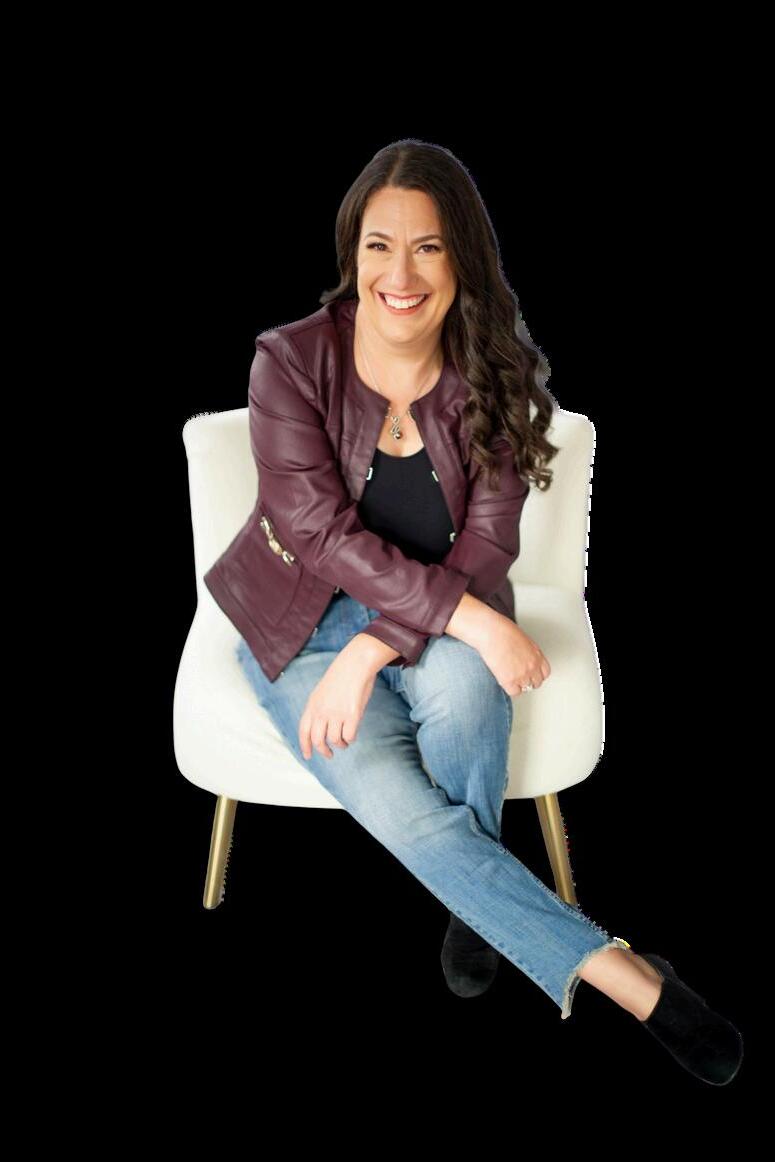






















BY:NINARODRIGUEZ,GRIEF+LIGHT
How do you keep hope alive when you find yourself in a race against time to save yourchild’slife?
It’saquestionthatsitsheavy in the heart, and for the Docobos, it has become part oftheirlivedreality.
Bryan and Danielle Docobo were once a typical suburban couple dreaming of a family, planning their future, and filling their days with the usual joys and stresses of parenthood. But everything changed when their two sons, Ethan and Liam, were diagnosed with Coats Plus Syndrome, a rare and progressive genetic disorder.
What followed was a journey of heartbreak, devotion, spiritual transformation, and ultimately, purpose. Their response to unimaginable grief has become a beacon for other families navigating rare diseases Through the founding of the Coats Plus Foundation,theDocobosare turning loss into legacy, and ultimately,hopeforacure.




THECOATSPLUSFOUNDATIONAND AFAMILY’SMISSIONTOSAVELIVES
THECOATSPLUSFOUNDATIONAND AFAMILY’SMISSIONTOSAVELIVES







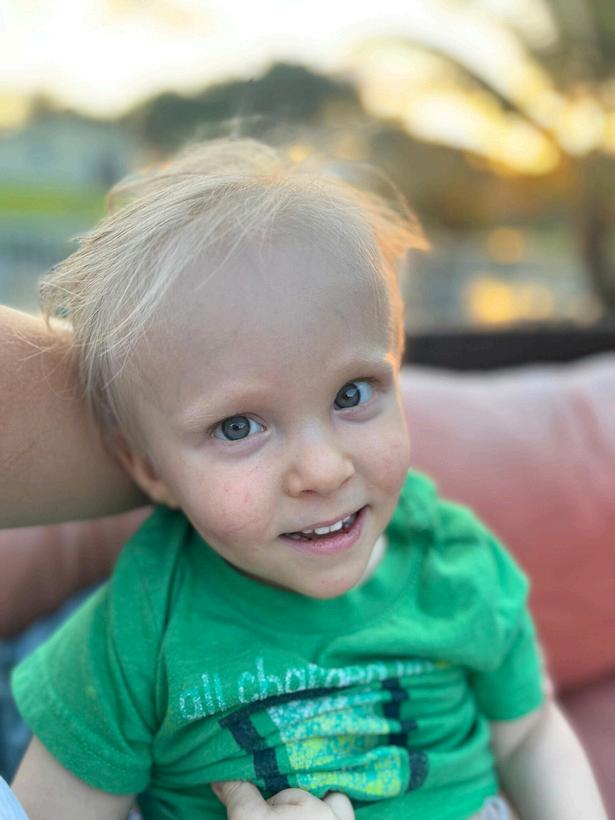


“Everything we did in our life was to have a family,” Bryan says. That dream came true with the birth of their sons, Liam and Ethan. But soon, troubling signs appeared as symptoms that didn’t make sense, and a string of appointments that raisedmorequestionsthananswers
Aftermonthsofuncertainty,Liam,their older son, was diagnosed with Coats Plus Syndrome a rare and progressive genetic disorder that affects multiple systems in the body. CausedbymutationsintheCTC1gene, it disrupts the maintenance of telomeres, the protective caps on chromosomes, leading to lifeshorteningcomplications.







Children with Coats Plus often experience abnormal retinal blood vessels that can lead to vision loss or blindness, calcium deposits in the brain that cause seizures andcognitivedelays,brittlebonesproneto fractures, and gastrointestinal issues like internal bleeding. Many also show signs of premature aging. At this time, there is no knowncure.
As they began to grasp the weight of the diagnosis, one haunting question surfaced: “What about Ethan?” In their hearts, they already knew. It was later confirmed that both of their sons shared the same lifeshorteningdisease.
The diagnosis gave their grief a name and a purpose. “Now that we could define it, we could attack it. Let’s find a way,” Bryan recalls That heartbreaking clarity became a catalyst “Are we going to give these kids the best life we can? Or are we going to try tomakeadifference?Andveryquicklythey said,"Let'sdoboth.”
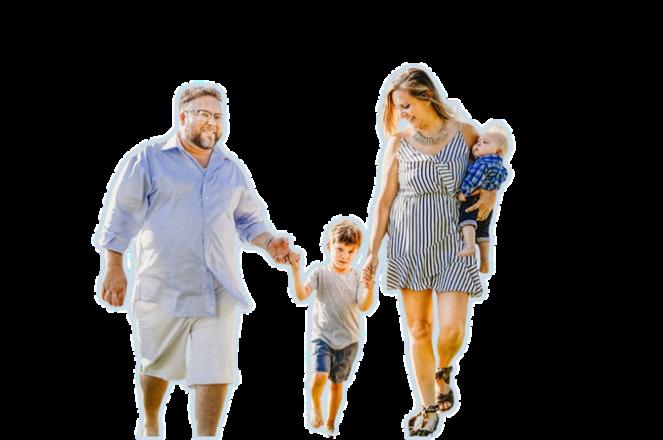

Tragically, Ethan transitioned in June 2024, due to complications from the disease This loss was a profound moment for the family It also further fueled their mission to fight for Liam and other children facing similar challenges.
Tragically, Ethan transitioned in 2024, due to complications from the disease. This loss was a profound moment for the family. It also further fueled their mission to fight for Liam and other children facing similar challenges.


As such, the Coats Plus Foundation was built on four core pillars: As such, the Coats Plus Foundation was built on four core pillars:
" Bryan urges Donations help drive everything from dailyoperationstolarge-scalemedicalresearch.
Fundraising: Every initiative depends on funding. "If you ' re interested in donating to the Coats Plus Foundation and our cause, visit CoatsPlus.org," Bryan urges. Donations help drive everything from dailyoperationstolarge-scalemedicalresearch.
Research: There is currently no cure for Coats Plus, and treatment options are limited. “We need to have funding to be able to fund that research,”
Research: There is currently no cure for Coats Plus, and treatment options are limited. “We need to have funding to be able to fund that research,”
Awareness: Most physicians have never heard of Coats Plus. That gap in knowledge delays diagnosis and can worsen outcomes. "We need to educate NICU teams, doctors, and nurses, " Bryan emphasizes. The foundation is working to create educational tools to reach medical professionals acrossthecountry
Awareness: Most physicians have never heard of Coats Plus That gap in knowledge delays diagnosis and can worsen outcomes "We need to educate NICU teams, doctors, and nurses, " Bryan emphasizes. The foundation working to create educational tools to reach medical professionals acrossthecountry.


Bryan says. Their advocacy includes supporting gene therapy,drugdevelopment,and partnerships with scientists aroundtheworld
Bryan says Their advocacy includes supporting gene therapy,drugdevelopment,and partnerships with scientists aroundtheworld.


Community Support: Rare disease often means isolation. The Docobos are trying to changethat "We'reverymindful ofhowwecangiveresourcesto families that are going through the battle with this specific condition," Bryan explains. That includes connecting parents, sharing care strategies, and offeringemotionalsupport.
Community Support: Rare disease often means isolation The Docobos are trying to changethat."We'reverymindful ofhowwecangiveresourcesto families that are going through the battle with this specific condition," Bryan explains. That includes connecting parents, sharing care strategies, and offeringemotionalsupport


What stands out most in the Docobos’ story isn’t just their activism, but also the raw vulnerability they share around grief, and how it has transformed them.
What stands out most in the Docobos’ story isn’t just their activism, but also the raw vulnerability they share around grief, and how it has transformed them.
"Idon’tthinkthishappenedtousby accident Ibelievewewerechosen,"
Bryan says It’s a statement not of ego, but of purpose For Bryan and Danielle, becoming parents to children with a rare disease turned that role into something even deeper: advocates, protectors, and chosentrailblazers.
"Idon’tthinkthishappenedtousby accident.Ibelievewewerechosen," Bryan says. It’s a statement not of ego, but of purpose. For Bryan and Danielle, becoming parents to children with a rare disease turned that role into something even deeper: advocates, protectors, and chosentrailblazers


Danielle’s journey has been both grounded and transcendent. A quiet but potent presence, she speaks of the spiritual evolution that grief awakened within her. "I think that there's a point in time when you start understanding the universe and how it works, that point of surrender and saying, I'm being pulled in this direction. Don't resistit."shesaysofherinnerworld.
Danielle’s journey has been both grounded and transcendent A quiet but potent presence, she speaks of the spiritual evolution that grief awakened within her. "I think that there's a point in time when you start understanding the universe and how it works, that point of surrender and saying, I'm being pulled in this direction. Don't resistit"shesaysofherinnerworld


“Because I thought once you lose a child, that’s it.” But instead of collapsing, she opened, finding strength in stillness, rituals, and meaning that stretched beyond whatshecouldinitiallysee
“Because I thought once you lose a child, that’s it.” But instead of collapsing, she opened, finding strength in stillness, rituals, and meaning that stretched beyond whatshecouldinitiallysee.
Together, grief didn’t close them off. Instead, it cracked them open. And from that rupture, something a new calling has emerged.
Together, their grief didn’t close them off Instead, it cracked them open And from that rupture, something a new calling has emerged.

Though the foundation began with Ethan and Liam in mind, the Docobos are adamant that their work isn’t just about their family. It’s also about every family who’s ever heard the words “we don’t knowwhat’swrong”or“there’snocure.”
Though the foundation began with Ethan and Liam in mind, the Docobos are adamant that their work isn’t just about their family It’s also about every family who’s ever heard the words “we don’t knowwhat’swrong”or“there’snocure.”
The Coats Plus Foundation is one of only a handful of organizations globally that focus on this disease, but the Docobos dream bigger than that They envision a future where children with any rare disorder have a roadmap, where doctors are trained to recognize early signs, and where parents are never left to figure it outontheirown.
The Coats Plus Foundation is one of only a handful of organizations globally that focus on this disease, but the Docobos dream bigger than that. They envision a future where children with any rare disorder have a roadmap, where doctors are trained to recognize early signs, and where parents are never left to figure it outontheirown.
That vision is becoming reality, but it can’t happen without community withoutyou.
That vision is becoming reality, but it can’t happen without community— withoutyou
SOHOWCANYOUHELP?
First: donate, if you’re able. Your contribution fuels all four pillars of their mission from funding groundbreaking research, raising critical awareness, to supporting families in real time, and building a future where a diagnosis like CoatsPlusdoesn’tcomewithouthope.
First: donate, if you’re able. Your contribution fuels all four pillars of their mission from funding groundbreaking research, raising critical awareness, to supporting families in real time, and building a future where a diagnosis like CoatsPlusdoesn’tcomewithouthope
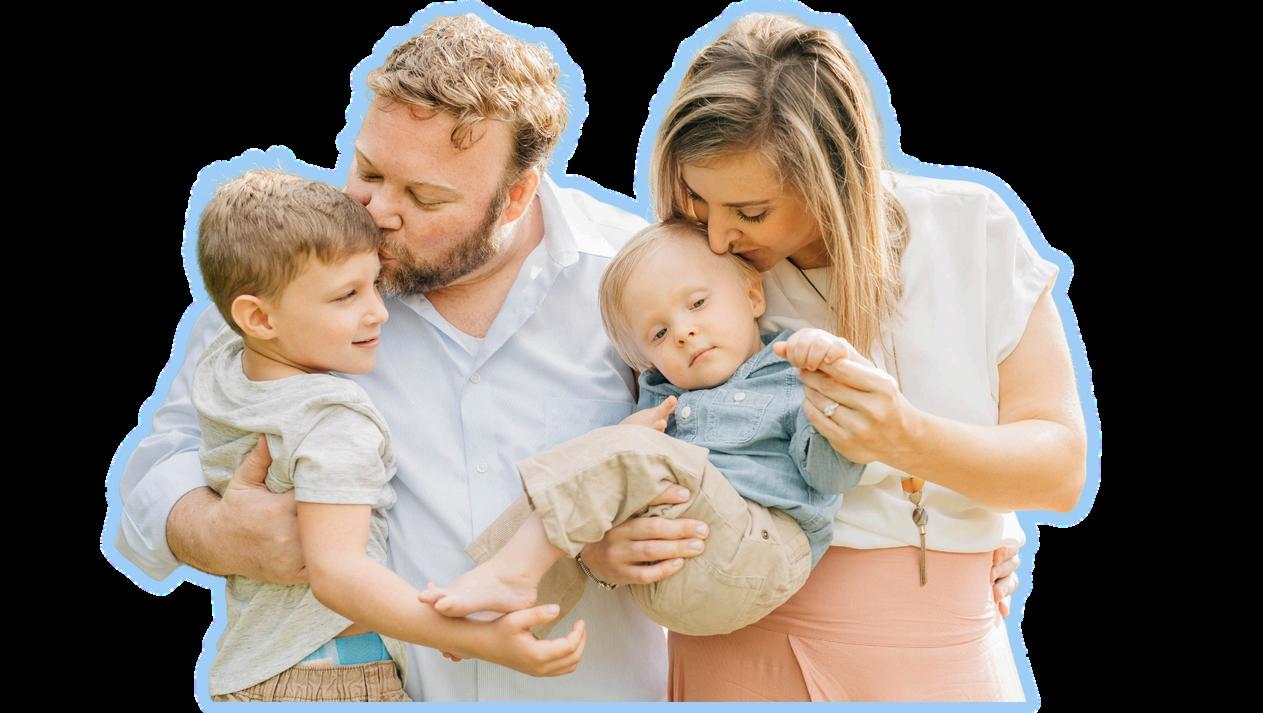
Second: share their story. Every conversation, every post, every moment of visibility helps Awareness leads to earlier diagnoses, more research funding, and a wider net of support. It canquiteliterallysavelives.
Second: share their story. Every conversation, every post, every moment of visibility helps. Awareness leads to earlier diagnoses, more research funding, and a wider net of support. It canquiteliterallysavelives
tandwiththem.Whetheryou'rea parent, a medical professional, or ne moved by their resilience, your ce matters. Show up to a ser. Offer your time. Support their llars. Speak Ethan and Liam’s andcarrytheirstoryforward
tandwiththem.Whetheryou'rea parent, a medical professional, or ne moved by their resilience, your ce matters Show up to a ser Offer your time Support their llars Speak Ethan and Liam’s andcarrytheirstoryforward.
"Youcanvisitthe pain,butyoucan't livethere."
DanielleDocobo DanielleDocobo

Andsotheyvisit,everyday,andthen they keep going Building Believing Eachdayclosertofindingacure.


CARRIEDBYHOPE
CARRIEDBYHOPE

Bryan and Danielle Docobo’s journey is undeniably difficult—a path all too familiar to families living with the realities of rare disease. What makes their story extraordinary isn’t just what they’ve endured, but how they’ve responded. They transformed heartbreak into action, founding a nonprofit to pursue a cure, raise awareness, and support others. They turned isolation into connection. Pain into purpose.
Bryan and Danielle Docobo’s journey is undeniably difficult a path all too familiar to families living with the realities of rare disease What makes their story extraordinary isn’t just what they’ve endured, but how they’ve responded They transformed heartbreak into action, founding a nonprofit to pursue a cure, raise awareness, and support others They turned isolation into connection Pain into purpose.


Theirstoryisnotover.AndneitheristhemissionoftheCoatsPlusFoundation.
Theirstoryisnotover AndneitheristhemissionoftheCoatsPlusFoundation
Your support has the power to change lives. That’s how hope endures, and healing begins.
Your support has the power to change lives That’s how hope endures, and healing begins
Tolearnmore,donate,orgetinvolved,

The Docobo family's story was originally featuredontheGriefandLightpodcast.
NinaRodriguezisthecreatorofGRIEFAND LIGHT, a podcast, online community, and platform offering space, stories, and supportfornavigatinglifeafterloss.
LEARNMOREAT: griefandlight.com/podcast @griefandlight

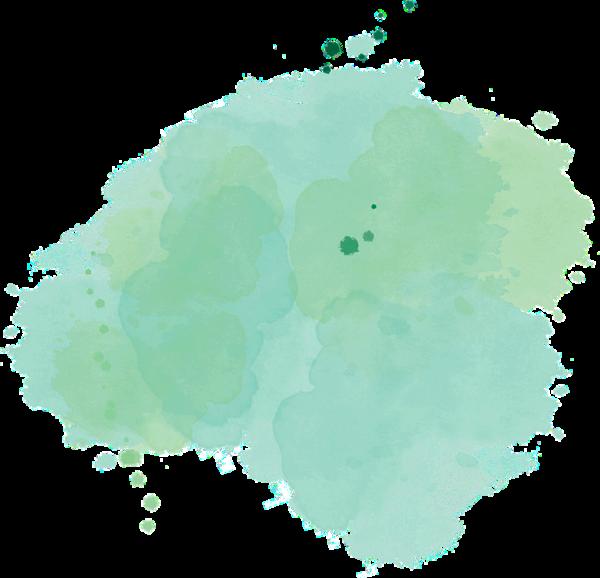

Author Speaker CertifiedGriefEducator

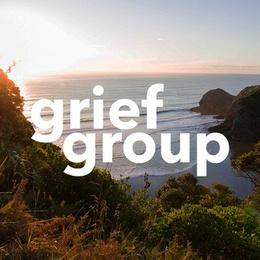
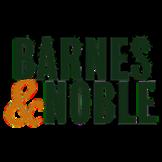







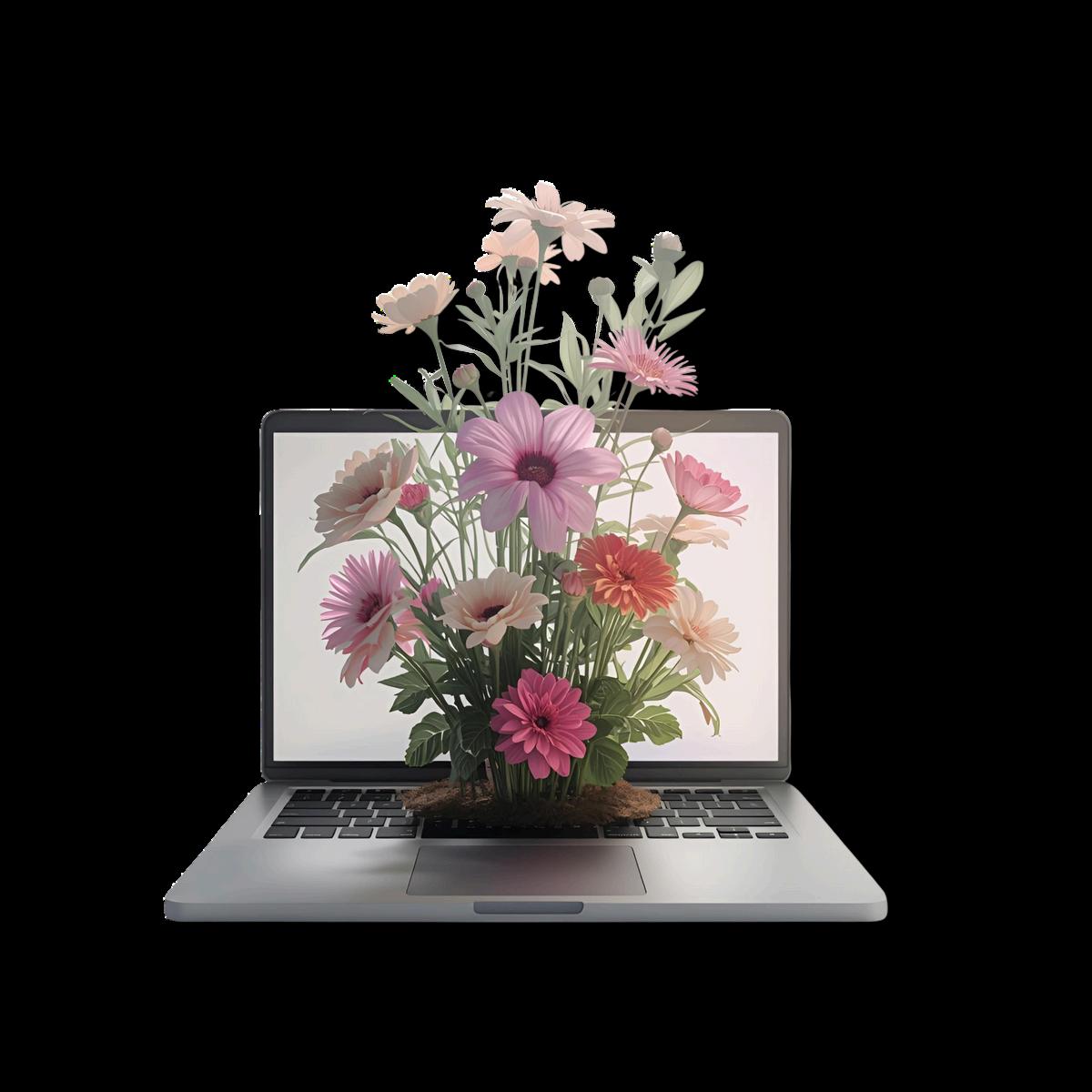
Get Griefy’s Kera Sanchez joins Bloomwell Partners co-founders
Dr. Mekel Harris and Janet Gwilliam-Wright, M.P.A. a powerhouse team with more than 30 years of combined clinical and organizational expertise for a candid conversation on why bereavement support is key to creating compassionate workplace cultures.
When I sat down with Janet Gwilliam-Wright and Dr. Mekel Harris, co-founders of Bloomwell Partners, one theme came up again and again: silence The silence around grief in our workplaces, and the cost of keeping it invisible
Janet put it plainly:
“It’s not a question of if somebody is going to need bereavement leave, it’s a question of when ”
Grief, they reminded me, is universal Yet most organizations still treat it as an afterthought a few days of leave, a polite acknowledgment, and then a quick return to business as usual. But grief doesn’t vanish once leave is over It lingers, shaping how employees show up at work, often without the space to be seen or supported
Both Janet and Mekel know grief intimately Their personal stories are the heartbeat of Bloomwell.
For Janet, the loss of her mother was a turning point
“When my mom died, I didn’t have the words, resources, or support to navigate the grief,” she shared “Decades later, I could see so clearly how much workplaces still struggled to make room for loss and how differently things could be if support were built in ”
For Mekel, her mother’s death in 2012 changed not only her life but also her work as a clinical psychologist
“Walking through my own grief cracked something open in me,” she explained “I saw firsthand how limited bereavement policies were, and how leaders often had no idea what to say or do I wanted to help organizations shift that narrative ”

Janet explained why bereavement support needs to be part of every workplace wellness strategy:
Together, they founded Bloomwell Partners in 2023 with one purpose: to make workplaces more humane by weaving grief support into everyday culture
“Our work is rooted in lived experience,” Janet said “We’re not just teaching from research, we’re teaching from what it’s like to live through loss while still having to show up at work ”

“It’s not possible to separate mental health from discussion of death or dying or bereavement We tend to think of those things in isolation, but they are so closely connected.”
She added that grief often hides in plain sight:
“We have discussions of mental health and employee wellbeing in organizations, but no one is talking about grief In order to make sure that we have comprehensive supports in place, we need to make this a visible part of our wellness strategies ”
Mekel built on this point:
“Organizationally, we have silenced grief. What can we do to elevate the conversation so that we can shift organizational culture? This is not a one-time event it’s a long-term experience We need to completely change the mindset so that we’re no longer silent.”

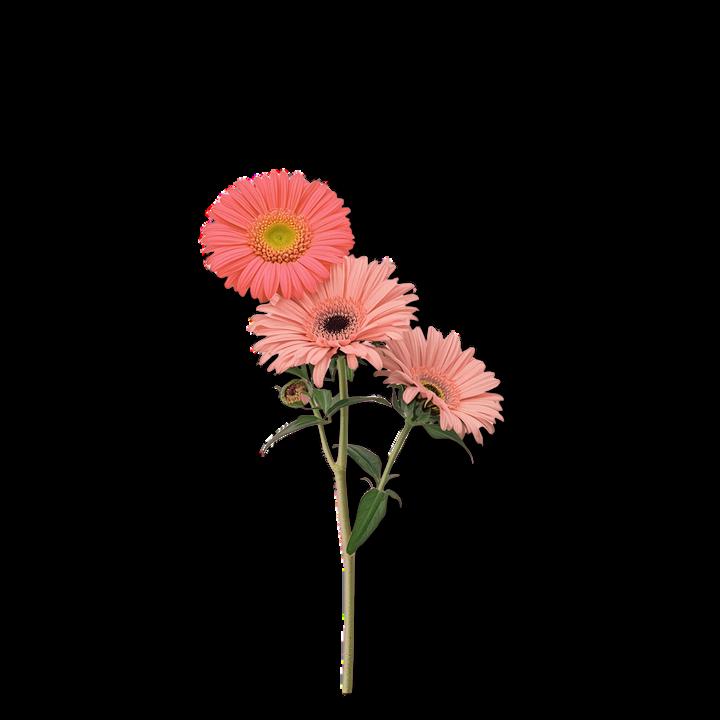
When I asked them to expand on what grief really looks like, Mekel challenged organizations to think beyond death
“Death is something that we can visibly and tangibly experience But there are also invisible losses divorce, miscarriage, or just shifts in identity throughout one’s lifetime that are not necessarily tangible, but they’re definitely palpable.”
By naming these invisible losses, Bloomwell helps organizations support employees in ways that acknowledge the whole human experience.
The language we use matters Even a word like “thrive” can be loaded in the workplace
Mekel cautioned:
“Thriving for the person who’s grieving may be simply making it to work Thriving can also mean elevating conversations about loss in the workplace and embedding that conversation in the fabric of the organization If it’s only defined through productivity, we may end up stigmatizing the very person we’re saying we want to support.”
Janet added that true support is more than written policy: “It’s not just about having procedures that are written down, but about people who actually understand how to navigate those policies, how to have conversations, how to be emotionally intelligent That’s the culture that helps someone successfully navigate their way back into the workplace ”
When asked what one practical tool every organization should implement immediately, Janet didn’t hesitate:
“Leadership training I would say grief-informed leadership training for managers Managers get very little if any training when they take on additional responsibility They’re typically subject matter promoted regardless of whether or not they h emotional intelligence or communication skill that job.”
Mekel added that it begins with self-awareness:
“Investing in self-reflection is critical. Leaders explore their own biases and personal experienc loss, and how that impacts the way they show u
One of Bloomwell’s biggest challenges ha helping organizations understand the va addressing grief before crisis strikes
Mekel shared:
“We tend to be meeting with organizations rea Most recently, we had a conversation w organization that was really thinking ahead, wh so beautiful but that’s a rarity ”
Janet added:
“There are a lot of competing learnin development needs in organizations Helping th where this fits into their broader HR and strateg is still a process ”
Looking ahead, Bloomwell is focused on weaving grief support into the fabric of organizations
Mekel explained:
“Eventually it’s not just workshops. It’s ongoing training, ongoing partnership, and ongoing conversations about loss built into the education within the organization itself ”
And Janet emphasized scalability:
“This framework is evidence-based, and it works in any sector We can tailor it to an organization’s needs, but the core remains the same. It’s about culture change ”
Perhaps the most powerful piece is their “grief ambassador” model training insiders to carry the work forward:
“If we can identify people inside organizations who continue as grief ambassadors, then the culture sustains itself even if we’re no longer physically there ”
As our conversation wound down, Mekel left me with this:
“Changing the cultural narrative of grief in organizations is what this is all about.”
With Bloomwell Partners that change is no longer



To learn more about Bloomwell and its movement to change the way we view grief in the workplace, visit


TheGRIEFLadies Podcast Conversations thatcarryus through grief. createsspacefor honest conversations aboutloss, resilience,and hope. Listen wherever you get your podcasts.





BY: SWETA VIKRAM

I was scrolling Netflix the other evening, and it recommended the movie Nonnas starring Vince Vaughn, Linda Cardellini, Susan Sarandon, and several others The film is about a real-life restaurant where grandmothers create and cook the food. The movie is also about Vince Vaughn who risks everything to honor his mom and grandma’s memories of cooking
There’s a quiet kind of grief in forgetting. It sneaks in without warning. It doesn't bring the dramatic tears of anniversaries or birthdays, but the slow unraveling of memories that once seemed permanent When you lose someone, you expect to miss their voice, their hugs, their presence. But no one tells you how it will feel to forget how their cooking made you feel safe, full, seen
I lost my mother 11 years ago. She was young, and her death was unexpected. There are so many things I remember about her But when I press my eyes hard and try to recollect something it’s often Mom’s food that I remember the most.
Grief has many textures. Some are sharp, like the sting of her absence in small and big things She intuitively knew when I was sick and would call Without planning, we often ended up with the same dinner menu for Diwali and Christmas. She would confirm if I had made everything from scratch or if I had applied a shortcut I would roll my eyes and laugh, “Did you forget that I am your daughter, not daughter-in-law?” I have no one to do this banter with any longer.
The grief tied to her food is its own unique ache It’s the kind that stirs unexpectedly, while browsing vegetables at the market or opening an old spice jar that still carries a trace of her or the joy in my heart when I manage to lay my hands on fresh green leafy vegetables We both use cilantro and fresh ginger generously in our cooking Her dishes were rooted in intuition, inherited from generations of women who understood that nourishment went beyond food it was comfort, memory, medicine, celebration Every meal was a ritual of care, even on ordinary days I realize now that her cooking was one of the deepest ways she loved us.

If there is one thing everyone said about Mom was that she was the reigning queen of the kitchen Her spice cabinet was her apothecary With the corners of her cotton saree, she would dab the sweat on her forehead. But her eyes twinkled with joy as she laughed from the belly
My mother didn’t just cook meals; she told stories through flavor Her hands measured love in fistfuls of cumin and pinches of turmeric. She never used recipes.
People loved her food, and she loved feeding others She was particular about how things were cut, the quality of her ingredients, the shape of her pans. She would tell me, “It’s great when you have all the ingredients for a lavish meal, but true cooking is what you make with minimal items in your pantry and refrigerator ”
In an Indian home in the 80s, she owned a pasta maker She would bake the most delicious molten hot chocolate cake, which my brother and I would devour within minutes She could whip up a Greek meal with just as much ease and authenticity as she cooked Indian food. Family weddings, and you’d find her cooking 50 pounds of fish for the extended family Pregnant women in the family, and Mom was the one who made and mailed them special delicacies. I can still visualize all the dishes that she cooked, but subtle sorrow creeps in when I realize I can’t always recall the taste of my mother’s cooking
Sometimes I close my eyes and try to summon the taste of her food I imagine the warmth of her onion parathas, the tang of her mint chutney, the comforting smell of her Indian Chinese food as well as Yakhni Pulao. And while the exact flavors may elude me, the feeling remains: I was loved. I was nourished I was home Her food may be gone, but her love lingers in my hands, my kitchen, my longing And maybe, just maybe, that’s enough.
SWETA SRIVASTAVA VIKRAM IS A BEST-SELLING AUTHOR OF 14 BOOKS, INTERNATIONAL SPEAKER, AWARD-WINNING ENTREPRENEUR, CERTIFIED GRIEF COACH, TRAUMA-INFORMED YOGA TEACHER, ADJUNCT PROFESSOR, AND DOCTOR OF AYURVEDA (AD). HER LATEST BOOK, THE LOSS THAT BINDS US, OFFERS 108 TIPS FOR COPING WITH GRIEF AND LOSS SWETA HAS APPEARED ON NBC, NPR, IHEARTRADIO, AND IN A DOCUMENTARY WITH DR. DEEPAK CHOPRA, AND HER WORK HAS BEEN FEATURED IN THE NEW YORK TIMES AND ACROSS NINE COUNTRIES NAMED ONE OF “THE MOST INFLUENTIAL ASIANS OF OUR TIMES” AND A “VOICES OF THE YEAR” AWARD WINNER, SHE BLENDS AYURVEDA, CREATIVITY, AND MINDFULNESS IN HER GLOBAL WORK SWETA HOLDS A MASTER’S IN STRATEGIC COMMUNICATIONS FROM COLUMBIA UNIVERSITY AND LIVES IN NYC WITH HER HUSBAND.
SWETAVIKRAM COM | @SWETAVIKRAM GET GRIEFY MAGAZINE | ISSUE 7

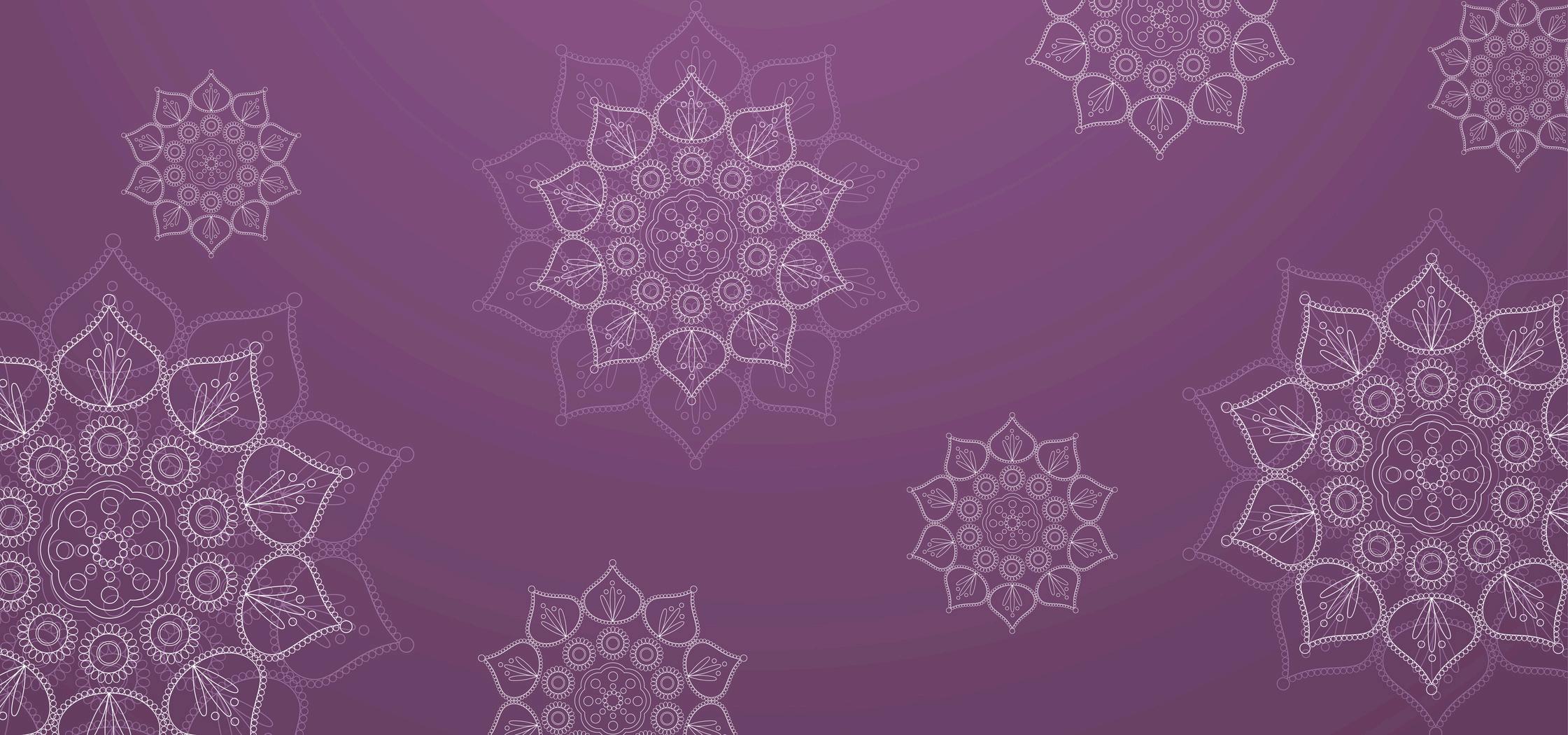


GRIEF&RESILIENCEEXPERT CERTIFICATIONPROGRAM
THEOFFICIALTRAININGINTHE NAVIGATINGGRIEFFRAMEWORKBY
BLAIRKAPLANVENABLES

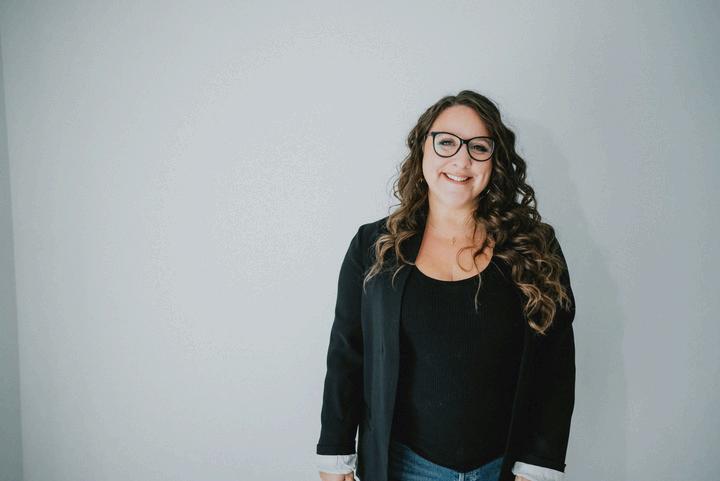
BLAIR KAPLAN VENABLES


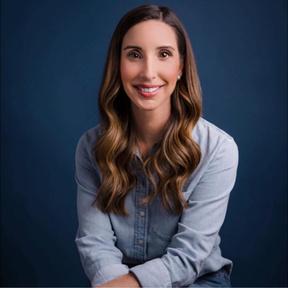
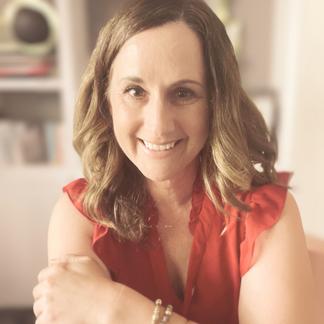
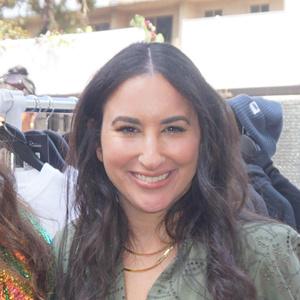









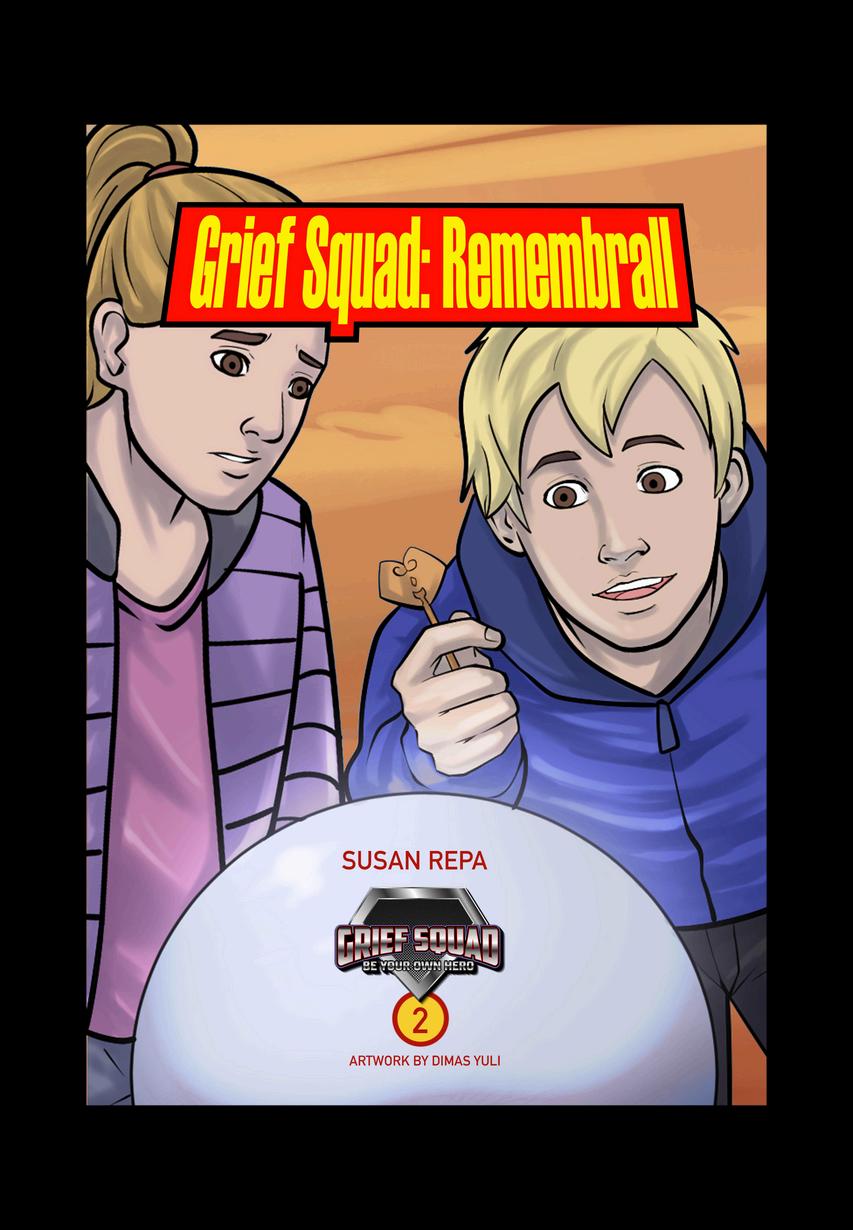

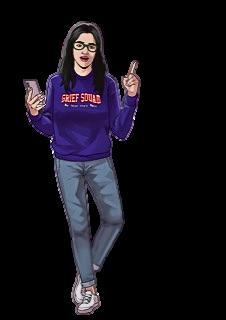






Loss leaves us searching for direction. Could the universe— and a simple chat with ChatGPT—hold the key to finding it again?
By: Chelsea Pegues

Grief changes everythin know, as a fellow griever y Yeah, obviously, that’s reading this magazine. W everything, however, I’m any of us, no matter how the grief road we a understand how all-enco that statement is. When died suddenly in Decem due to alcohol abuse, I los friend and my North Star thing that kept me ground very early days was th ground. I hit it, running that I developed a neur my upper thighs from the was wearing I took “numb quite literally.
Next came the realization not happy professionall time, I was an executive and I realized I could myself to care about meetings, travel logistics, emails on this person making sure they had e they needed every step o Everything was trivial M dead. How could the responsibilities of an o matter at all when the be in the world was gone?
A few more gargantua transpired before I de wasted enough time I w write for the rest of Anything and everything. always been my passion S last two years, I’ve been c dream. Which led me to with the incomparab Sanchez, and an incredibl ChatGPT experiment she’ conducted.


Kera used the prompt: “Look into my natal chart and help me find the career that fits my highest purpose.”
The responses she received were so insightful, Kera enlisted fellow Get Griefy Collective members Nina Rodriguez (Host of the Grief & Light podcast) and Tara Accardo (Grief & soul purpose coach and host of the Life with Grief podcast) to try it

experience: the sudden loss of my only sibling, Yosef, in 2019, just hours after we’d been on Face Time. That moment marked a before and after in my life. The grief that followed was disorienting, physical, and all-consuming ” The experience, she says, was “both personal and purposeful I didn’t want anyone else to feel as isolated as I did, and I could no longer connect to my existing work in real estate. The burnout was real. Something had to give ”
Tara’s parents died from cancer “Within six months of each other (December 2019 I lost my mom, and July 2020 I lost my dad) Then, less than a year later, I lost my sweet 19-year-old dog, Princess we joked she was the sister I never had. As an only child, losing my entire immediate family was absolutely devastating, confounding, and life-altering.”

GET GRIEFY MAGAZINE | ISSUE 7
As grievers, we know that there is a marked difference between who we were before loss, and who loss forces us to become. We start to question our purpose, and how we can lead more fulfilling lives. Now, we recognize how valuable and fleeting time really is The veil has been lifted. Says Tara, “What grief made me realize is that my purpose is to be a guide, ally, and supporter, and that has become increasingly difficult to ignore ” Adds Nina, “I knew I no longer wanted a career that required me to compartmentalize my pain or perform productivity and perfection Instead of chasing a specific title or job description, I let honesty and alignment lead the way, trusting what was unfolding even though it didn’t fit into a tidy label.”
AI tools, while certainly controversial, are trained to analyze personal data, thus providing tailored responses, and even what feels like a judgment-free space for self-reflection In this context, the unbiased responses garnered from ChatGPT would absolutely motivate an individual to connect their professional and personal lives with their core values
Though not a flawless system, having a neutral sounding board of sorts to provide “guidance” and “advice” can feel affirming As grievers, something we yearn for the most is stability After all, we can’t call our person and ask if they think we’re “doing the right thing.”
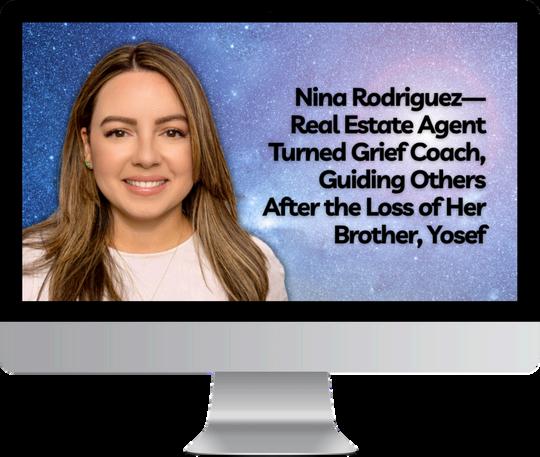

Like most technological designs, it’s important to remind ourselves that Artificial Intelligence is trained by humans to help us excel. What we need from these tools is already within us available at an accelerated rate in a concise and articulate manner.


These prompts give us a chance to consider perspectives we may not have examined otherwise. And thinking outside the box is the entire goal when you’re chasing your “soul purpose ”
Tara confirms this, adding “I’ve never once felt regret in taking my power into my own hands as I have with this shift On the contrary, it has been the most expansive process of my life. Was I always tapped into that? Absolutely not. There are a lot of complexities to it balancing my masculine and feminine, balancing all the projects I want to pursue, and even becoming a mother to our beautiful daughter in 2024. I know now more than ever that I’m not meant to follow a traditional path. If anything, this experimental prompt has only reaffirmed the direction this work has led me in ”
Both Nina and Tara felt like their respective prompt results were impressive and certainly aligned with what they feel their goals are at this stage. Nina shares, “I trust that every past role and experience was necessary at that moment, and everything I’ve learned continues to serve me and my clients today. I also understand that change is a constant, and I don’t define myself by any one title or role I move in seasons, and right now, this is how I’m being called to show up.” Tara also found peace in the “purposes” her answers showed “A big takeaway for me is that I was born to be a healer, guide, teacher, and transformational leader. It’s not about hustling and quick fixes, it’s about healing and long-term health, vibrancy, and personal evolution,” she says excitedly GET GRIEFY MAGAZINE | ISSUE 7
Grief is a search for equilibrium. Integrating our loss is about adjusting to a changed reality and discovering a new sense of purpose ChatGPT may provide inspiration but you are the catalyst And that’s extraordinary


CHELSEA PEGUES IS A NEW YORK–BASED WRITER WHOSE PERSONAL JOURNEY WITH LOSS FUELS HER CREATIVE MISSION. AFTER LOSING HER FATHER TO ALCOHOL USE DISORDER IN 2020, SHE CHANNELED HER GRIEF INTO MEANINGFUL PROJECTS THAT BRING AWARENESS AND CONNECTION TO OTHERS. HER WORK HAS BEEN FEATURED IN THE SOBER CURATOR AND WOMEN WHO PODCAST MAGAZINE, AND SHE FREQUENTLY JOINS PODCASTS TO SPEAK CANDIDLY ABOUT GROWING UP WITH A PARENT STRUGGLING WITH ADDICTION. CHELSEA ALSO COLLABORATES BEHIND THE SCENES WITH MEGHAN RIORDAN JARVIS ON THE GRIEFTASTIC BOOK FAIR.



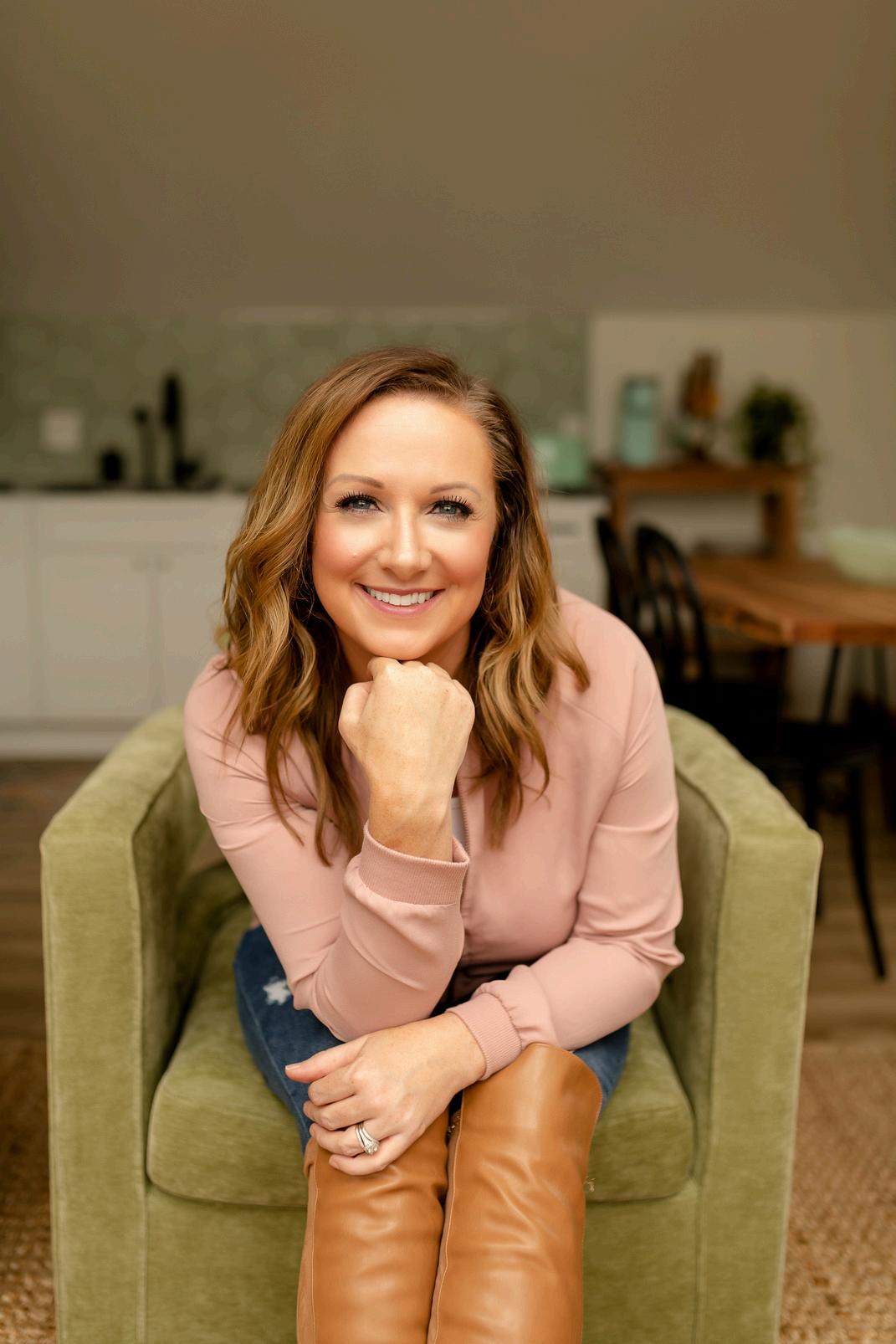






Losing your mother means gaining a new companion grief. Chelsea Ohlemiller shares her journey of loss to help you with yours. Her honest reflections on heartbreak, love, and hope can give you words when you ' re speechless. This book is for anyone facing the loss of a mother, offering a compassionate friend for the journey ahead



Grief often leaves us longing for answers, for connection, for peace But what if, through the depths of emotional processing, a profound connection with a loved one could emerge? For Kelly Daugherty, Licensed Clinical Social Worker and Fellow in Thanatology, that possibility is no longer hypothetical. Through a powerful therapeutic method called Induced After Death Communication (IADC), she’s helping people experience deep emotional healing and in many cases, something more.
“IADC, developed by Dr Allan L Botkin in 1995, is a therapeutic protocol designed to help individuals process the sadness and grief associated with the loss of a loved one,” Daugherty explains “It involves two 90-minute sessions, conducted over two consecutive days, utilizing bilateral stimulation to facilitate emotional processing.”
Unlike spontaneous After-Death Communications (ADCs)—commonly reported experiences of sensing a deceased loved one IADC intentionally creates the psychological conditions where these connections might occur “Approximately 70% of clients report such experiences, feeling a profound connection with their deceased loved ones,” Daugherty says “Even when an ADC does not occur, clients often report a significant reduction in the sadness connected to their loss.”
Daugherty’s introduction to the method came unexpectedly “One of my clients visited a medium, who suggested that she would benefit from EMDR,” she recalls


“When my client mentioned that she was already seeing a therapist for EMDR, the medium recommended sharing with me the book by Allan Botkin on Induced After-Death Communication I read the book and was immediately drawn to the concept, which led me to pursue training in it.”
Today, she brings IADC into her practice with grieving children and adults through her private practice in Malta, NY, and her grief retreats through the Center for Informed Grief

A typical IADC session, she explains, is centered on sadness not avoiding it “On the first day, the client will begin by sharing about their relationship with their loved one who died, focusing on the sadness they’re feeling. From there, we move into the bilateral stimulation process. The goal is for the client to really lean into that sadness, rather than trying to manage or push it away”
“On the second day, we continue focusing on the sadness, but by this point, it’s often already less intense,” she says. “Once the sadness peaks, the client may start to feel a sense of calm or peace. That shift is an important sign that they’re ready to move into the next part of the protocol, which is where the After-Death Communication may happen”
These communications are deeply personal. “Some people feel the presence of their loved one, some hear their voice, some smell a familiar scent, like their perfume, and others just have a deep knowing that their loved one is still with them”
One particularly transformative experience stands out. “A woman who attended our retreat was grieving the death of her son,” Daugherty recalls “During the first day, she experienced significant somatic symptoms, but by the end of the day, she began to experience After-Death Communications. On the second day, she returned lighter, calmer, and more grounded. I could feel her son's presence in the space, and tears fell down my face as I witnessed her become more peaceful almost as though years of stress had melted away from her face.”
The grief retreats Daugherty facilitates are immersive and healing. “Our grief retreats incorporate Induced After Death Communication alongside healing practices like Reiki and powerful grief rituals,” she says. These include fire ceremonies, personal altars, and the communal presence of others processing loss. “These unique elements, combined with IADC, offer a holistic approach to grief, supporting healing and connection”
Daugherty acknowledges that IADC isn’t for everyone and often faces misunderstandings. “It’s not traditional communication with the deceased,” she clarifies “It’s not guaranteed to produce an ADC and it’s not a quick fix IADC is part of a process, and clients must be ready to deeply experience their grief”
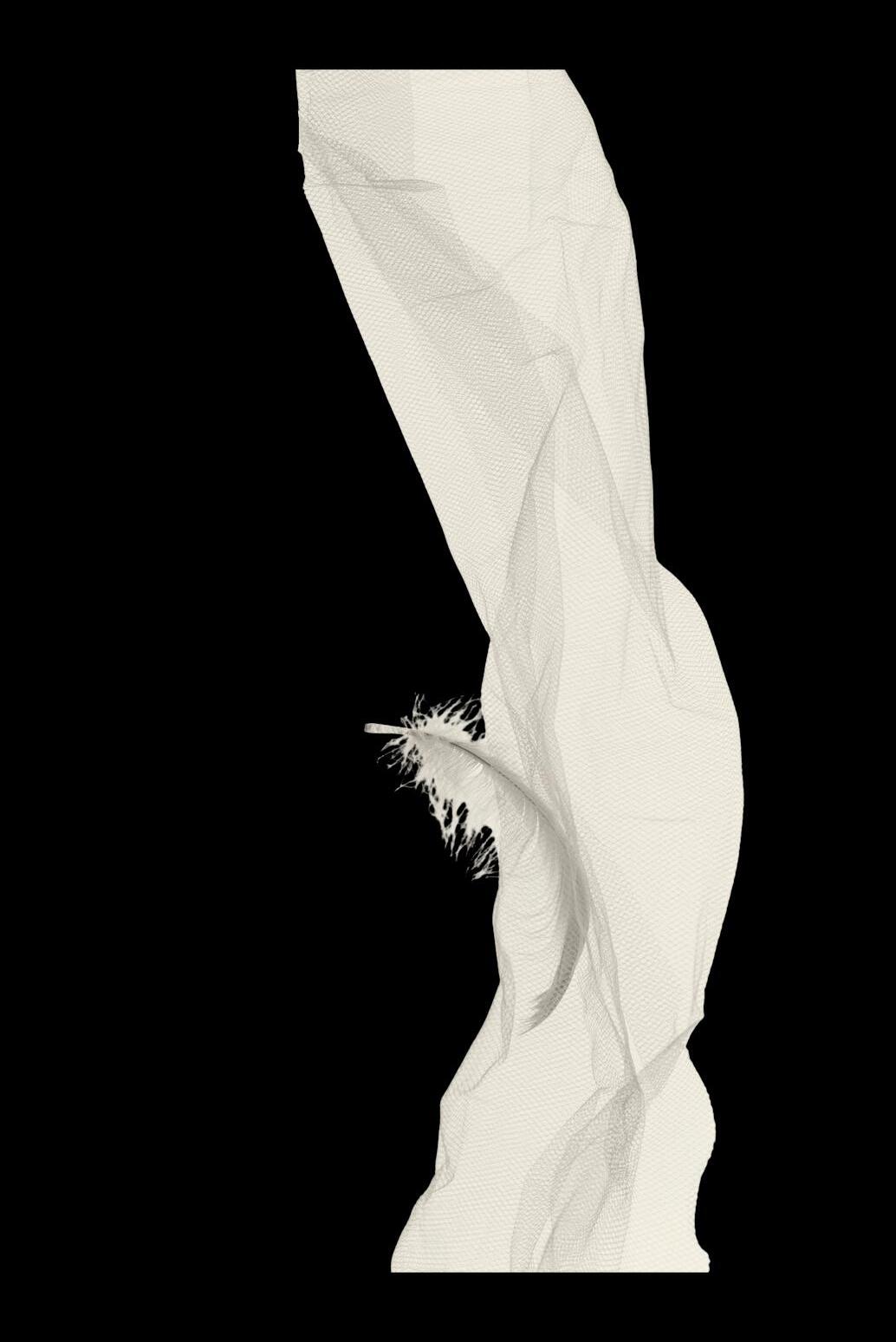
And to those who question the practice? “I understand that everyone grieves in their own way and has unique beliefs about what happens after someone dies,” she says “It’s not about expecting a specific outcome or forcing a connection, but rather providing a safe space for emotional healing.”
Looking forward, Daugherty hopes to expand IADC’s reach and impact. “My vision for the future of this work is to make IADC more accessible to a wider audience,” she says “By offering more retreats and collaborating with other IADC therapists, I hope to expand its reach, providing a greater number of people with the opportunity to experience healing and emotional connection”
When asked what her late parents might say about the work she’s now doing, Daugherty’s answer is quietly powerful: “I believe they would be really proud of how I’ve found meaning in my grief.”
Kelly Daugherty, LCSW-R, FT, is a Licensed Clinical Social Worker and Fellow in Thanatology with over two decades of experience supporting grieving individuals and families. She earned her Master’s in Social Work from Florida State University in 2002 and began her journey in grief care as a hospice volunteer at age 16 Kelly is the founder of the Center for Informed Grief, where she trains therapists and educators to become more grief-informed, and she runs a private practice in Malta, NY, specializing in grief therapy for children and adults She is the lead author of The Grief Experience: Tools for Acceptance, Resilience and Connection, and co-author of Holistic Mental Health and Brave Kids, Volumes 1–3. Kelly also co-created Healing Strides, a unique program combining grief support with 5K race training to foster healing through movement and community
@centerforinformedgrief
linkedin.com/in/kelly-daugherty-grief glgriefcom

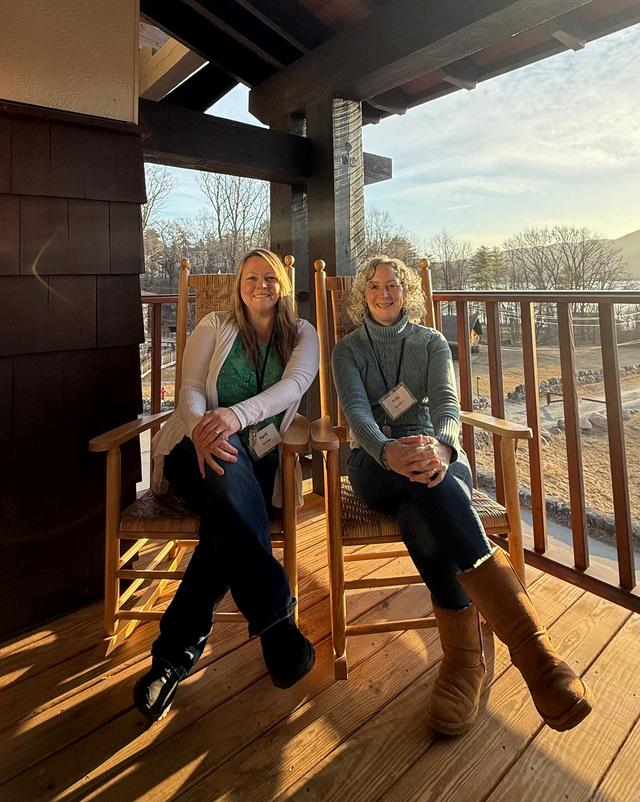
Kelly Daugherty’s grief retreats offer a unique, holistic approach to healing after loss. Centered around Induced After Death Communication (IADC), the retreats guide participants through deep emotional processing and the potential for meaningful connection with loved ones who have passed. Complementary practices like Reiki, grief rituals, fire ceremonies, and a memorial altar create a supportive environment for release, remembrance, and renewal
www.glgrief.com/griefretreats

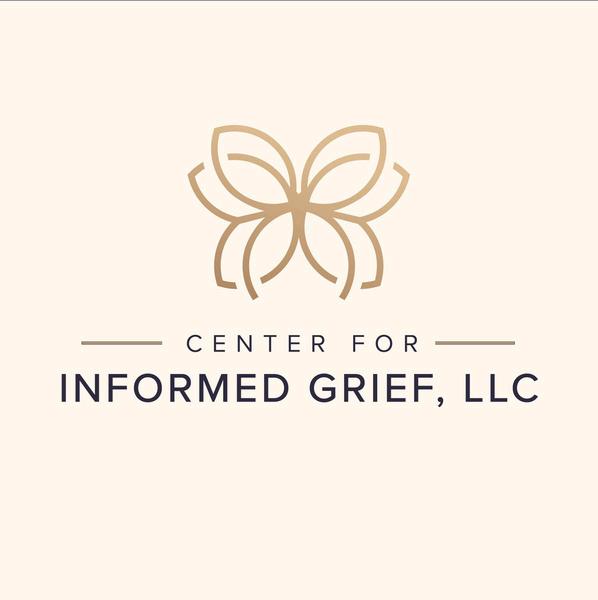




Gabrielle Elise Jimenez hospice nurse, end-of-life doula, and founder of The Hospice Heart has been at the bedside of thousands. But nothing prepared her for the loss of her brother, or the grief she’d buried from losing her parents, sister, son ’ s father, and close friends.
In Healing a Grieving Heart, Gabby shares her personal journey through loss and what it means to truly honor grief. Her latest book, It Never Gets Easier to Say Goodbye, is a moving collection of poems written from years at the bedside as last breaths were being taken, supporting those who were saying goodbye, and from her own personal grief experience as well. These are poems about life, love, death, and grief.

Written from sorrow, strength, and love, these books offer comfort, connection, and a gentle companion for anyone facing grief.
Gabby’s Books available on Amazon: Healing a Grieving Heart It Never Gets Easier to Say Goodbye

“It’s okay to grieve. It’s okay to still be grieving.”
GABRIELLE ELISE JIMENEZ



Meet Amy Fabian Crump, Founder of Dragonfly Vibes, and the Heart Behind Its Beloved Keepsake, The Giving Plate. Learn how this reimagined gesture of comfort is helping others grieve with intention while honoring the memory of Amy’s little sister through connection, healing, and legacy.

After a loss, people often don’t know what to say A text Some flowers A card But what if comfort could come in the form of a warm dessert, a handwritten note, and a plate that never stops moving?
That’s the idea that sparked The Giving Plate, the flagship creation of Dragonfly Vibes, a grief support shop founded by Amy Fabian Crump in honor of her late sister, Jaclyn. “I hadn’t even heard of a giving plate until after my sister died,” Amy says “But as I scoured Pinterest trying to make sense of her death, I came across one and it stuck with me. I started wondering: what if it could carry more than just food? What if it carried connection, memory, and legacy?”
But one book became a turning point: Finding Meaning by David Kessler “That book helped me realize that although the chapter of my life with my sister was over, the story wasn’t. It opened the door to this idea that maybe I had a greater purpose to uncover.”
That purpose took shape in Dragonfly Vibes, a brand built to offer comfort beyond clichés. But the name wasn’t random it came from a shared symbol between the sisters “My sister and I had matching dragonfly tattoos on our feet, with our initials in the body,” Amy says “The dragonfly is a reminder that she’s still with me.”

Amy and Jaclyn shared a deep bond one built over years of letters, long phone calls, and sisterhood “My sister’s unexpected death has left a void in my life that no one else can fill,” Amy says. “We talked all the time about life’s everyday moments… including family dynamics only we truly understood.”
The first few months after Jaclyn’s death were heavy and isolating. “I spent a lot of time out in nature, taking long walks, crying myself to sleep at night I had so many unanswered questions and what felt like a tape on repeat in my head,” she remembers “Because I didn’t get to say goodbye, it was hard for me to accept her death.”

The dragonfly is a reminder that she’s still with me... The dragonfly is a reminder that she’s still with me...
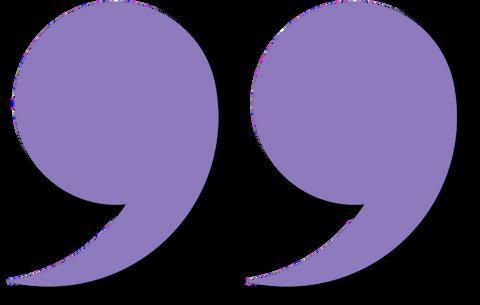
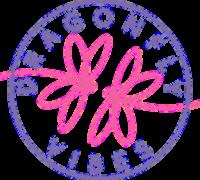
In fact, the logo itself includes two dragonflies facing each other, representing both Amy and Jaclyn. “Dragonflies symbolize transformation and adaptability qualities that grief demands. Through loss, we’re forced to grow, to adapt to a new life without the person we loved.”
The Giving Plate became the heart of that mission. Each plate includes a laminated instruction card, a QR code, and a unique tracking number. “You fill it with treats, deliver it to someone who needs comfort, and they can scan the code to read the plate’s travel journal,” Amy explains “They can even add their own entry and pass it on.”
What sets it apart from traditional sympathy gifts is its intention. “Flowers wilt. Cards get tucked away. But this plate keeps moving. It turns food and stories into healing It builds community around grief ”

For Amy, creating Dragonfly Vibes has been both a tribute and a lifeline “As I headed into the holidays after Jaclyn’s death, I felt like I was drowning. Starting this business gave me space to step outside my pain just enough to tap into a part of myself I didn’t know was there.”

“I’m a helper by nature This gave me a way to help not only myself, but others too. Grief is still with me. There are still days I can’t believe she’s gone. But knowing someone might receive a gift that brings even a moment of comfort? That makes the weight of loss feel just a little lighter.”
“If Jaclyn could see what I’ve created, she’d cry and hug me. But I don’t think she’d be surprised. She’d be touched at how much of her is weaved into everything Dragonfly Vibes has become.”
And with each Giving Plate passed along, that love continues circling back, dish by dish, story by story.

shopdragonflyvibes com @shopdragonflyvibes
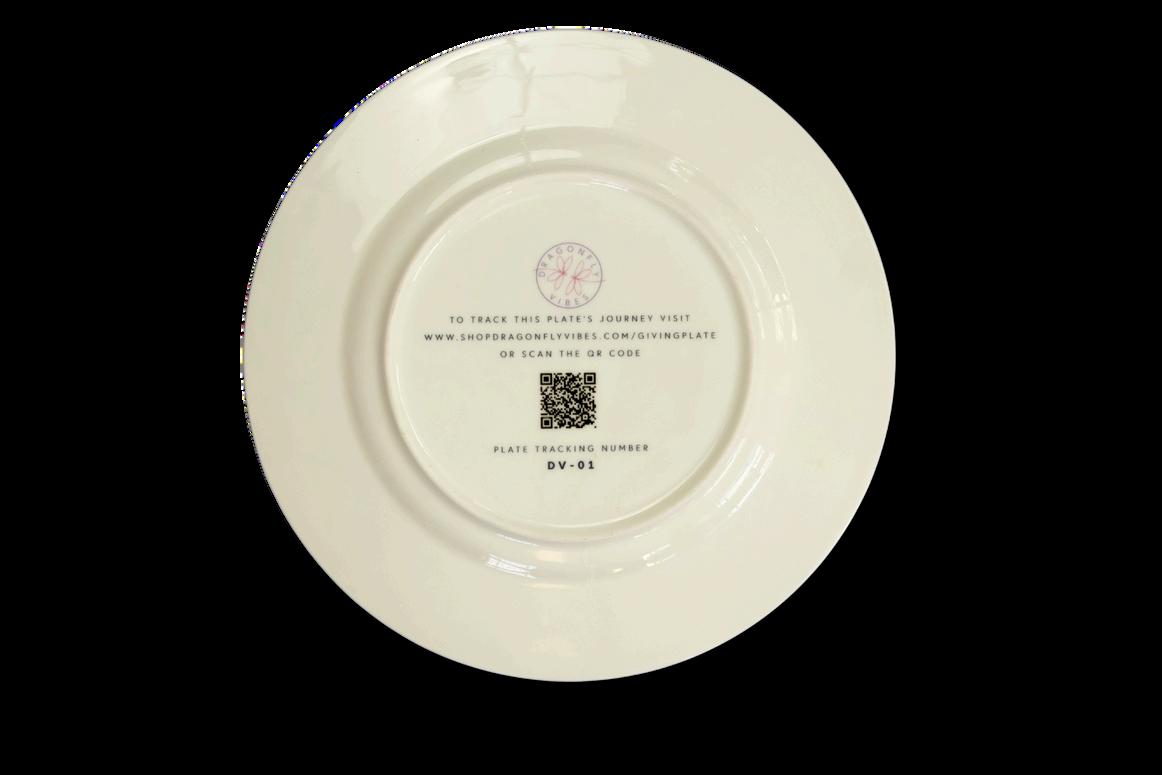



JACOBCOOPERON GRIEF,GROWTH,AND THESOUL’SJOURNEY

At just three years old, Jacob Cooper stopped breathing A severe bout of whooping cough sent him into a near-death experience (NDE) that would forever alter the course of his life. What he encountered wasn’t fear or finality it was peace, a profoundsenseoftimelessness,andtheundeniable presence of unconditional love That moment, though brief, left a permanent imprint on his soul and ultimately became the foundation of his life’s work.
Today, Jacob is a licensed clinical social worker, past life regression therapist, Reiki practitioner, and theauthorofTheWisdomofJacob’sLadderandLife AfterBreath.Heguidesothersthroughgrief,trauma, and spiritual awakening with a rare blend of clinical expertiseandsoul-levelunderstanding
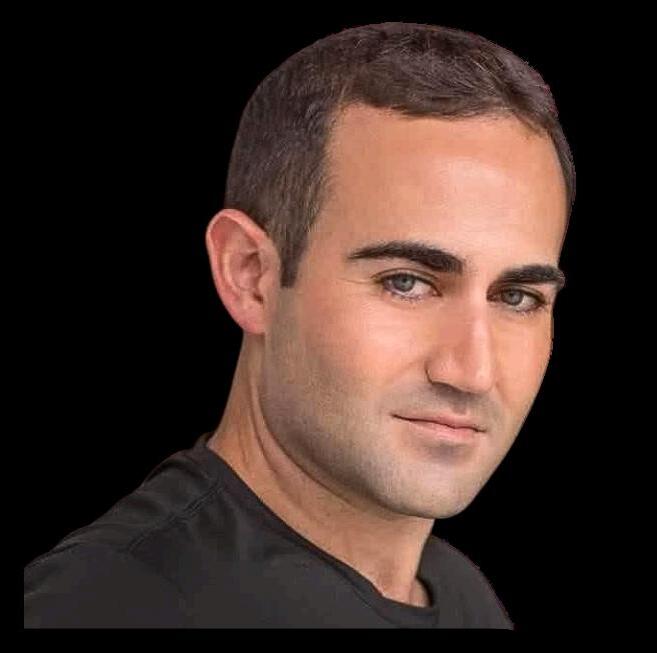


“My near-death experience reminded me that we are eternal,” Jacob explains. “It showed me that linear time is an illusion On the other side, I understoodthatalliswell,waswell,andwillbewell”
Jacob’s childhood encounter with death became a lifelongsourceofinsight.Raisedbyafamilyshaped with humanitarian values, he was profoundly influenced by his father, who led a school for developmentally disabled children. While some of his peers slept in on weekends, Jacob was volunteering helping children find community through music, art, and sports The African philosophy of Ubuntu, or “I am because we are,” becamecentraltohisworldview.

Jacob sees life as an educational journey, what he calls “Earth School.” Through his work in past life regression, he helps clients access their subconscious the deep well of memory and wisdomthatconnectsthislifetimetomanyothers
Ibelievewearenotheretosuffer,buttoevolve,”he says “Grief, as painful as it is, can be a portal into deeper understanding, self-compassion, and soul growth.”



Rather than viewing grief as a wound to be hidden, Jacob sees it as sacred. “Grief is a natural,hardwiredresponsetoloss,”heexplains. “It’s not something to move on from it’s somethingtomovethrough”
He uses both individual therapy and group support to help others feel less alone in their pain “Group work creates universality,” he says “When we know others are walking a similar path,webegintosoftenandopen.”

Jacob also incorporates Reiki, a Japanese form of energy healing, into his practice. Grief, he notes,doesn’tjustaffectthemindoremotions itlivesinthebody.
“Weholdgriefinourmuscles,ourlungs,ourgut,” he says. “Reiki helps release those energetic blockages. It restores the flow people often lose inthedepthsofsorrow.”

AcorepartofJacob’sphilosophydraws from the extended grief model created by David Kessler, who added a sixth stagetoElisabethKübler-Ross’soriginal five:findingmeaning
“Once we shift from how someone died to how they lived, we start to heal in a new way,” Jacob says “Grief becomes not just a mourning of what was lost, but a celebration of what still lives on throughus.”

Jacob often recalls the words of his grandfather, who passed away over a decade ago: “I don’t die A part of me lives in you.” Those words continue to guidehim—andtheclientsheserves.
Whether through private sessions, spiritual workshops, or his podcast and books,Jacobinvitespeopletoviewgrief not as an ending, but a powerful transformation.
“There is life after death,” he says “But more importantly, there is life after their death. That life can be beautiful, meaningful, and full of love if we’re willing to walk through grief, not around it”

Jacob Cooper is a licensed clinical social worker, certified hypnotherapist, Reiki practitioner, and author of Life After Breath and The Wisdom of Jacob’s Ladder. Drawing from his near-death experience and decades of clinical practice, he helps individuals navigate grief, trauma, and spiritual awakening through individual sessions, workshops, and public speaking. Learn more at wwwJacobLCoopercom or follow him on Instagram and Facebook @jacobcooperlcsw
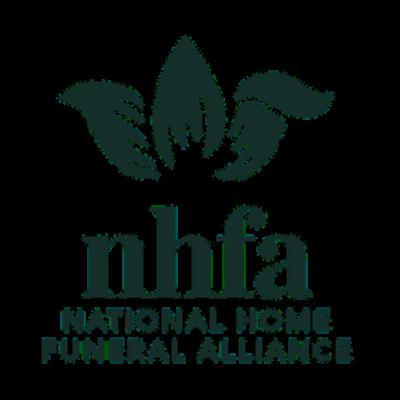








Grief has always been one of the most human experiences we face raw, nonlinear, often private, and profoundly mysterious But what happens when technology steps in? Can artificial intelligence, a system born of code and logic, hold space for heartbreak?
Susan Repa, founder of the Grief Squad Community and creator of Solace, believes it can — not to replace human compassion, but to extend it into the shadows where silence usually lives
Solace is an AI-powered grief companion. Not a therapist. Not a crisis line. It is a 24/7 digital presence that offers what Repa calls “gentle, compassionate support” for people navigating loss especially during the hours when no one else is awake, and the ache of absence sharpens
“It’s not there to fix anyone,” she says “It’s there to witness.”
But should grief be witnessed by a machine? That question hangs in the air throughout the conversation, subtle but persistent.
Repa’s grief work spans decades. A certified coach, professor, and wellness professional, she’s spent her career weaving support for children, families, and adults dealing with death. Through comics, coaching, and now code, her focus has remained unchanged: connection.
“Grief doesn’t fit into one format, and support shouldn’t either,” she says. “Solace is just another way of holding people when their world feels like it’s unraveling.”
The need is clear. Grief is isolating, and our social systems are often poorly equipped to support it. Repa was struck by how many older adults (particularly between 45 and 70) reached out through her social channels to share how forgotten they felt. After decades of marriage, after losing siblings, spouses, or lifelong friends, many were met with silence.
“They were told to move on,” she says. “Ten years later, they still hurt. And people around them didn’t want to hear it anymore.”
So Repa built Solace to be there when others weren’t.
But how do you teach a machine to “speak grief”? “It took hundreds of hours,” she says. “We crafted every response to be evidence-informed, emotionally safe, and validating. Solace never offers clichés. It doesn’t try to fix you. It listens. Reflects. It offers gentle tools like a journal prompt, a breathing exercise, or just a simple line like, ‘Your pain makes sense.’”
There is, undeniably, beauty in that.
Still, the idea of AI stepping into a sacred emotional space feels jarring. For many, it will sound dystopian even offensive that we are offering software to the grieving when we should be offering shoulders.
But that assumes those shoulders are there. And increasingly, they’re not.
Friends fade. Family gets uncomfortable. Employers give three days off. Solace is a response to that failure, not a substitute for empathy a flashlight in the darkness, not the sun.

“We built Solace with layered safeguards,” Repa says. “It doesn’t diagnose. It doesn’t offer clinical advice. It refers to human help when needed. But in those 3am moments, when the world has gone quiet and the pain is loudest, it offers something many people desperately need: presence.”
Of course, there’s a larger tension here: Are we soothing people or slowly replacing what should be human with what is merely available?
AI is being trained to imitate compassion, but compassion without consciousness still raises questions Is it ethical to create emotional bonds with a machine? What are the risks of outsourcing the sacred act of grieving to something incapable of actually feeling?
Repa doesn’t dismiss these concerns She acknowledges the weight of building something for such a sensitive space
“Yes, I’ve worried about it,” she says. “That’s why Solace is built with humility. It isn’t pretending to be human. It isn’t performing therapy. It’s showing up in the silence when people need to be reminded: your grief matters.”
Still, in an age when AI is rapidly commodifying every human emotion, it’s fair to ask: Will grief become just another data point? Will we trade the messy, slow, human process of mourning for curated, chatbot-safe grief?
Maybe. But maybe not. Perhaps the real tension is this: We are evolving in real time. Our tools are changing faster than our rituals. And in that messy middle, Solace doesn’t offer answers. It offers presence.
Let’s be honest: this isn’t for everyone. And that’s okay.
If the idea of opening your heart to an AI companion makes you pause or even bristle Repa has created other ways to meet grief where it lives. Her Grief Squad comic book series helps younger audiences process loss through visual storytelling. Her 1:1 and group grief coaching provides human connection. And the broader Grief Squad Community offers workshops, live support, and educational tools grounded in real-world compassion.
“Support should meet you where you are,” Repa says. “For some people, that’s technology. For others it’s story For many it’s simply being heard

Repa envisions a future where AI companions like Solace augment not replace our grief rituals Where digital spaces offer comfort across time zones and stages of life And where no one is shamed for still missing someone even ten years later.
Whether Solace becomes a companion, a crutch, or a symbol of how lonely we’ve let each other become that’s up to us. But one thing is certain: the silence of grief is being rewritten. Line by line. Prompt by prompt.
And maybe, just maybe, Solace is a small step toward remembering that we don’t have to do it alone even when it feels like we are.
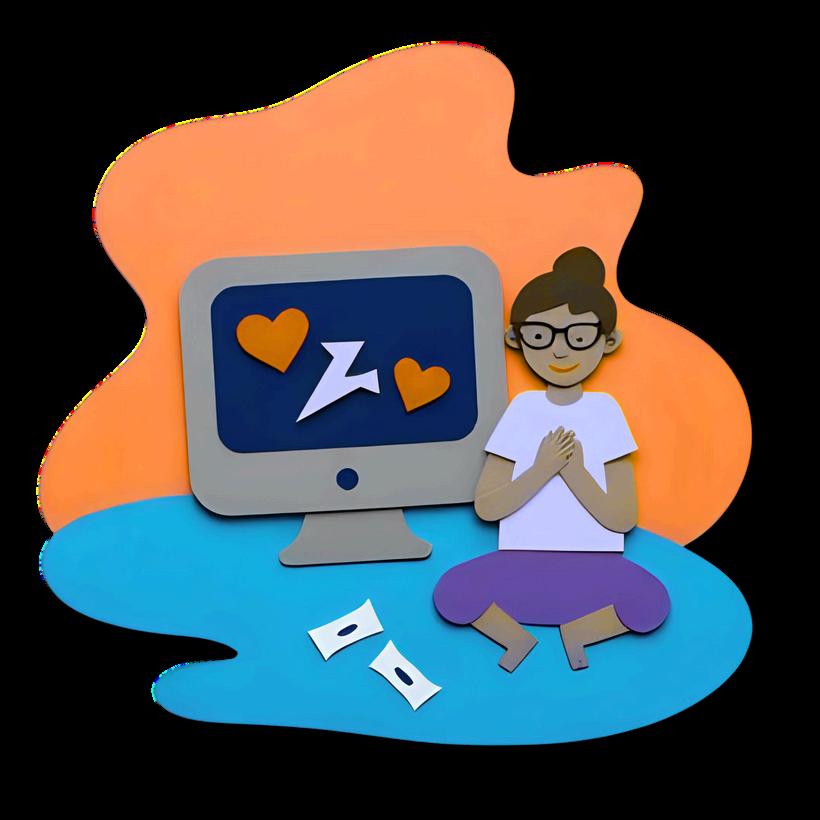
Susan Repa is the Founder of the Grief Squad Community, author of the Grief Squad Comic Book series, and creator of Solace, a 24/7 AI grief companion chatbot. An ICF-certified grief and leadershipcoach,part-timecollegeprofessor,andretiredmassagetherapist,shebringsover25 yearsofexperienceinhealth,wellness,andeducationtoherwork.Forthepastdecade,shehas focused on grief and bereavement, developing resources for children, youth, and families includingcomicsthatprovidecreative,age-appropriatewaystoexploreloss.
Learnmoreatgriefsquad.ca FollowOnSocial—Instagram:@griefsquadofficial TikTok:@Griefsquad1 Facebook:griefsquad

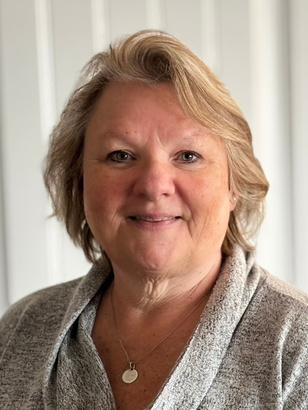


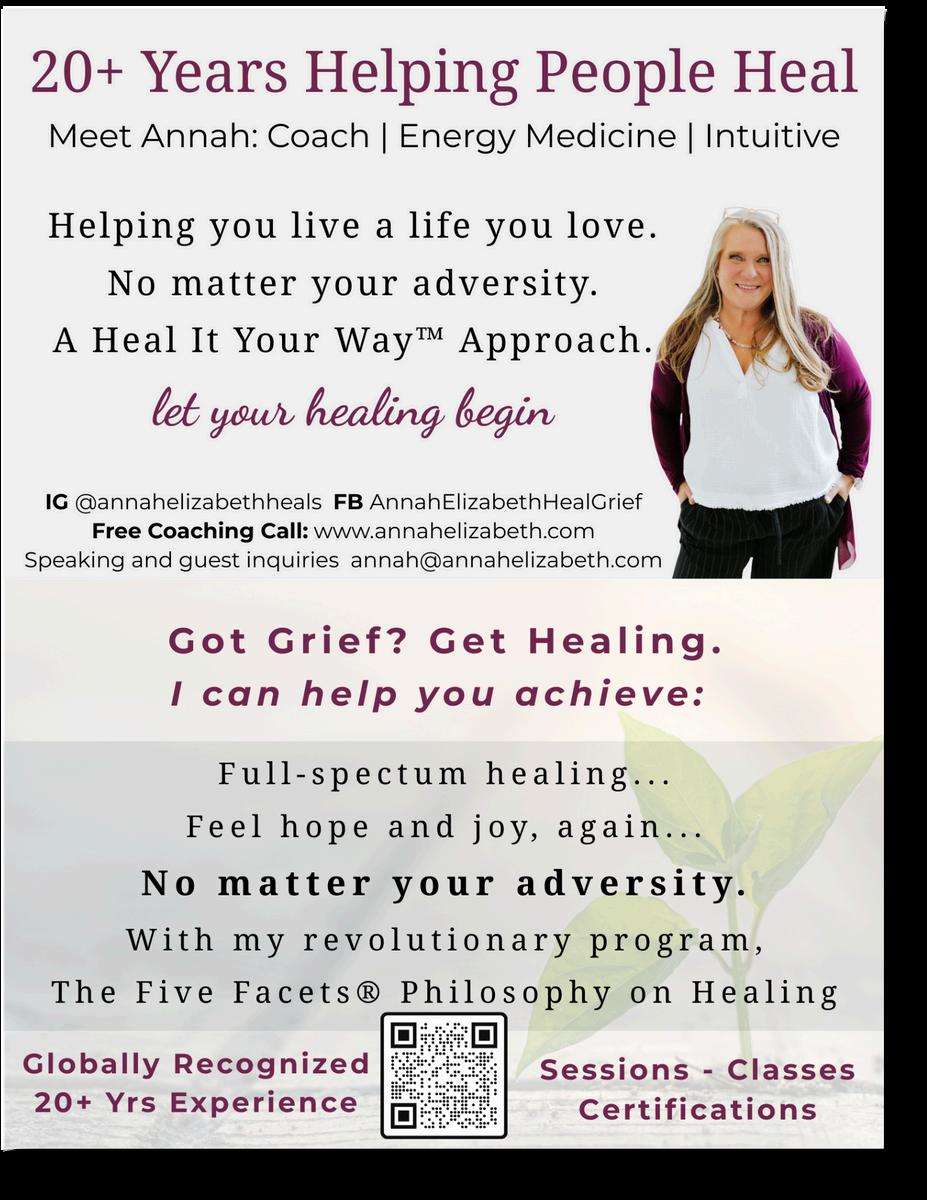


In the grand theatre of nature, trees are the stoic actors, standing tall and silent for centuries. But when they finally succumb to gravity’s relentless pull, their legacy continues in an unexpected form: the nurse log. These fallen giants play a crucial role in forest ecosystems, fostering new life from decay Now, you might wonder what a rotting log has to do with the messy, tangled emotions of grief and healing Surprisingly, quite a lot The parallels between nurse logs and the human journey through loss and recovery are uncanny and are a beautiful analogy for our human lives.
Trees, much like humans, have life cycles filled with growth, vigour, and decline When a tree dies, it doesn’t just lie there sulking; it transforms into a nurse log, a decaying masterpiece that nourishes the forest floor When we humans experience loss, our initial reaction might be shock or denial, but eventually, we begin the slow, sometimes excruciating process of healing and growing new life and purpose.


The oldest nurse log fossils date to over 300 million years ago, and nurse logs are nature’s way of recycling As they decompose, they provide essential nutrients to the soil, supporting new plant growth. Fungi, bacteria, and a host of microorganisms feast on the decaying wood, breaking it down into a rich, fertile substance It’s a bit like our tears after a breakup, initially messy and seemingly pointless, but ultimately enriching the soil of our emotional landscape
Imagine if our emotional pain were as productive as nurse logs. Every time we cry a river of tears, we are cultivating a lush garden of personal growth (that may be paired with soggy tissues and a lingering sense of sadness) Nature and natural human reactions help to cultivate our pain into something beautiful, while we ’ re stuck with the not-so-pretty aftermath
Nurse logs are not just passive remnants; they’re dynamic hubs of activity They host a diverse community of organisms, each playing a role in breaking down the wood Fungi, particularly saprophytic fungi, are the unsung heroes here They colonize the log, secreting enzymes that dissolve the tough cellulose and lignin, making nutrients available to other plants.
Similarly, in our grief journey, various ‘organisms’ such as friends, family, resources, and mental health experts help us break down our pain They produce the emotional enzymes needed to dissolve our anguish, allowing us to absorb the nutrients of understanding, resilience, and hope.
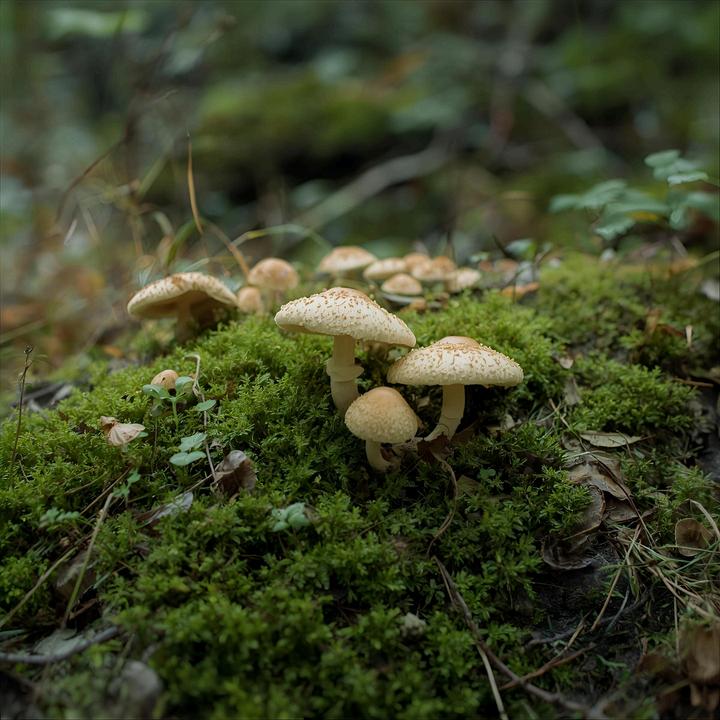

Nurse logs thrive in moist, shaded environments where decomposition can proceed without drying out This microclimate is essential for maintaining the delicate balance of life and decay In the human experience, our emotional healing also requires a conducive environment, one that allows us to process our feelings without the harsh glare of immediate expectations or the arid dryness of emotional suppression.

Here’s the kicker: while nurse logs need to stay damp and protected, we ’ re often encouraged to ‘dry out’ and move on too quickly. Society has this bizarre obsession with swift recovery, much like expecting a nurse log to decompose overnight
Patience, my friends, is a virtue both logs and grieving humans share, even if our cultures tend to forget it. Take all the time you need, and eventually, you will need to take the steps required to move the needle on your healing journey
Invertebrates: Tiny
Workers of the Forest
Nurse logs attract a variety of insects and invertebrates, each contributing to the decomposition process. Beetles, termites, and ants are just a few of the tiny workers that help break down the wood into usable materials Their relentless labour ensures that the nurse log serves its purpose in the ecosystem




Similarly, in our healing process, the ‘tiny workers’ are the small acts of selfcare, the minor victories, and the daily routines that might seem insignificant but collectively contribute to our overall recovery It’s a bit like having ants march across your kitchen counter, annoying but undeniably effective in the grand scheme of things.





While nurse logs effortlessly transition from decay to growth, our emotional cycles are anything but seamless. We might feel like we ’ re stuck in perpetual decay, unable to see the sprouts of new beginnings beneath the surface However, it is there and it may take time to be noticeable
As nurse logs decompose, they release nutrients back into the soil, facilitating the growth of new plants and trees It’s a beautiful cycle of death and rebirth, a testament to nature’s resilience Grief, too, can lead to personal growth. The pain we endure eventually nourishes our capacity for empathy, strength, and understanding.
Nurse logs can remain fertile for decades, sometimes centuries Their long-term impact on the ecosystem is profound, supporting countless generations of plants and animals Similarly, the effects of grief can linger, shaping our lives in ways we might not immediately recognize.

Healing is not a sprint; it’s a marathon, often requiring decades of subtle transformation.
While nurse logs patiently do their thing without complaint, we humans have big feelings and may attempt to fast-forward our healing through distractions and superficial fixes Nature’s patience is a lesson we rarely heed, but perhaps we should take a page from the log’s playbook, just sit back, decompose a little, and let the ecosystem of our lives take care of the rest
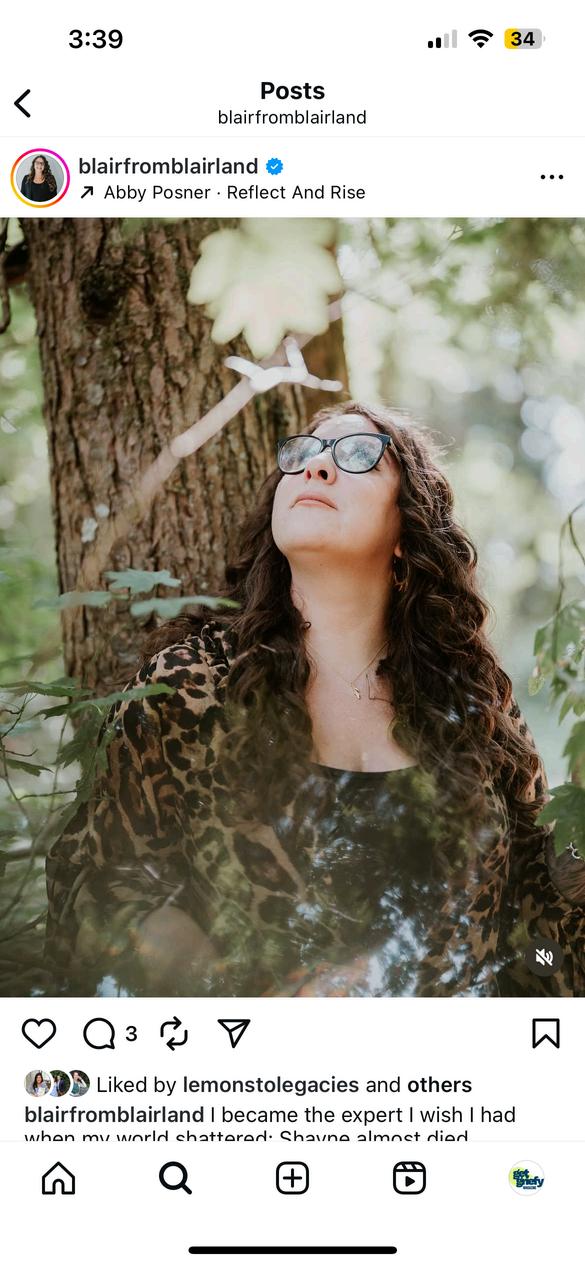
Nurse logs exemplify resilience Despite their apparent end, they adapt and continue to support life in myriad ways They become habitats, nurseries for seedlings, and sources of sustenance for a variety of organisms This resilience reflects the human capacity to adapt and thrive after loss, finding new purpose and meaning in life.
But here’s the joke nature didn’t realize: if logs are so resilient, why don’t we just branch out and become logs ourselves? No offence, trees It’s just that while logs have a straightforward path to contributing to the ecosystem, our emotional journeys are filled with detours, dead ends, and occasional flat tires
The idea that something so seemingly lifeless and decaying can be a cradle for new life is both morbid and magical It’s nature’s way of saying, “Even in death, there’s purpose, ” which is a comforting thought if you have a twisted sense of humour
In grief, we often grapple with the absurdity of finding meaning in loss. It’s like trying to laugh in the face of a nurse log’s decay, seemingly inappropriate but somehow necessary for survival. Dark humour allows us to acknowledge the pain without being consumed by it, much like nurse logs manage to sustain life amidst the inevitability of death
Ultimately, nurse logs serve as a testament to the resilience and interconnectedness of life They show us that even in decay, there is purpose and potential for new growth. Our experiences with grief and healing mirror this natural process, reminding us that through loss comes the opportunity for renewal.
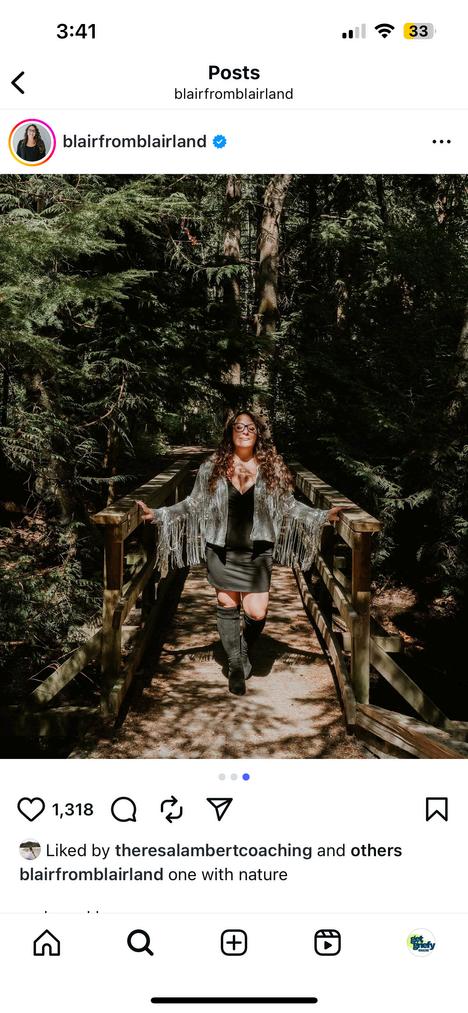

So, the next time you find yourself lying awake at night, contemplating the profound mysteries of grief, remember the humble nurse log Embrace the dark humour in the cycle of life and death, and allow yourself the time and space to decompose your pain into something fertile for growth After all, if a decaying log can support a thriving ecosystem, our broken hearts can cultivate something beautiful too.
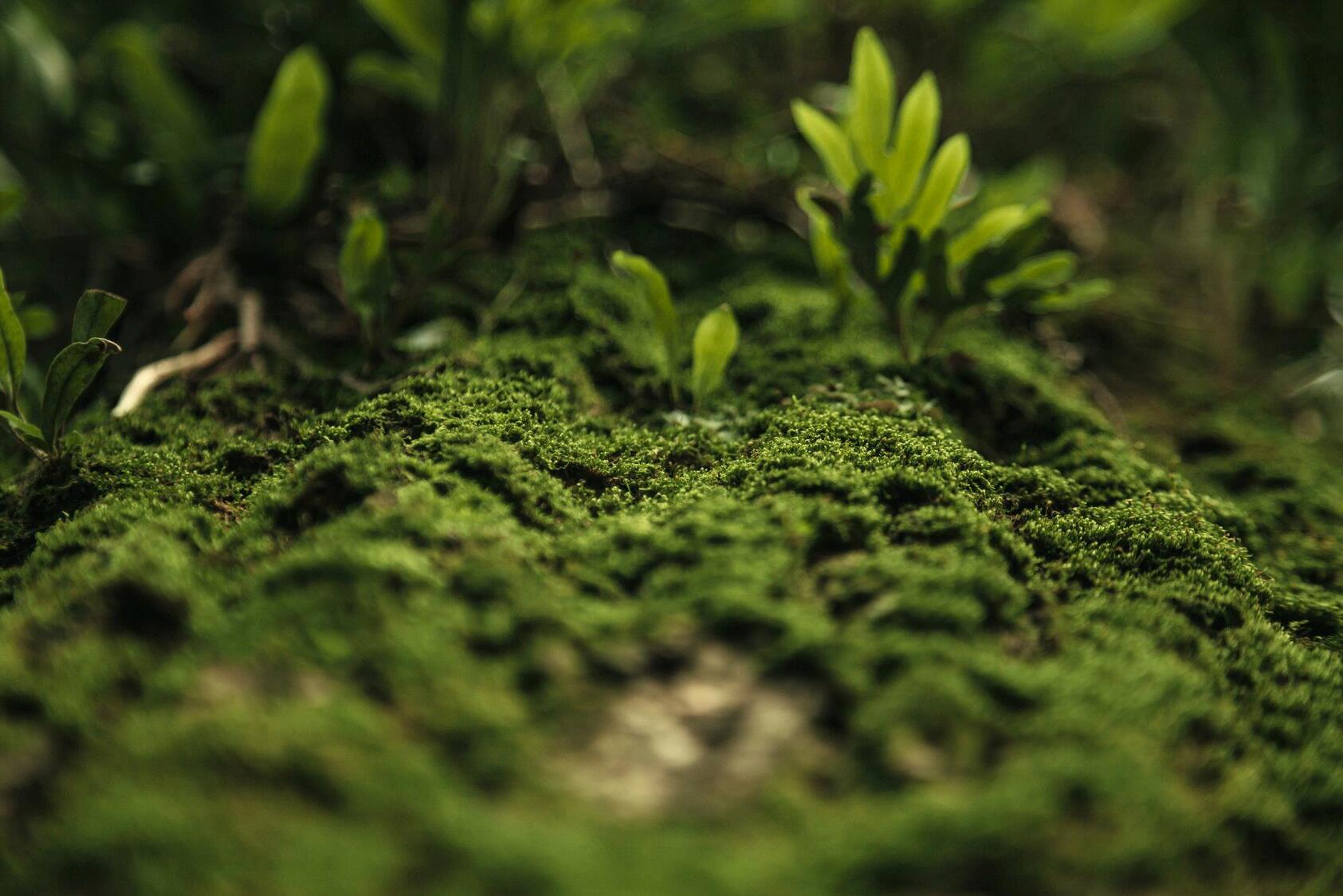
blairkaplan.ca theglobalresilienceproject.com @blairfromblairland @theglobalresiliencecommunity



ShoeboxAlbumstransformscherishedphotosandstoriesintocustom memorialbooks,soyourlovedone’smemoryisbeautifullypreserved.



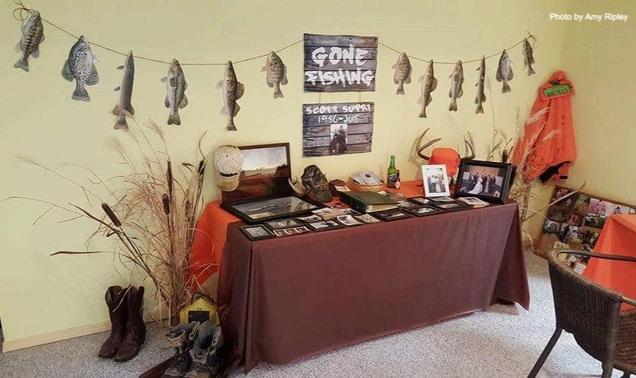




SendPhotos|Uploadormailyourfavorites Design|Acustomalbumcraftedwithcare YouApprove&Receive|Akeepsaketotreasureforever
wwwshoeboxalbumscom|aripley@shoeboxalbumscom
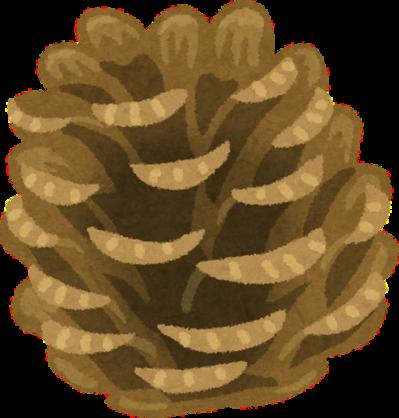





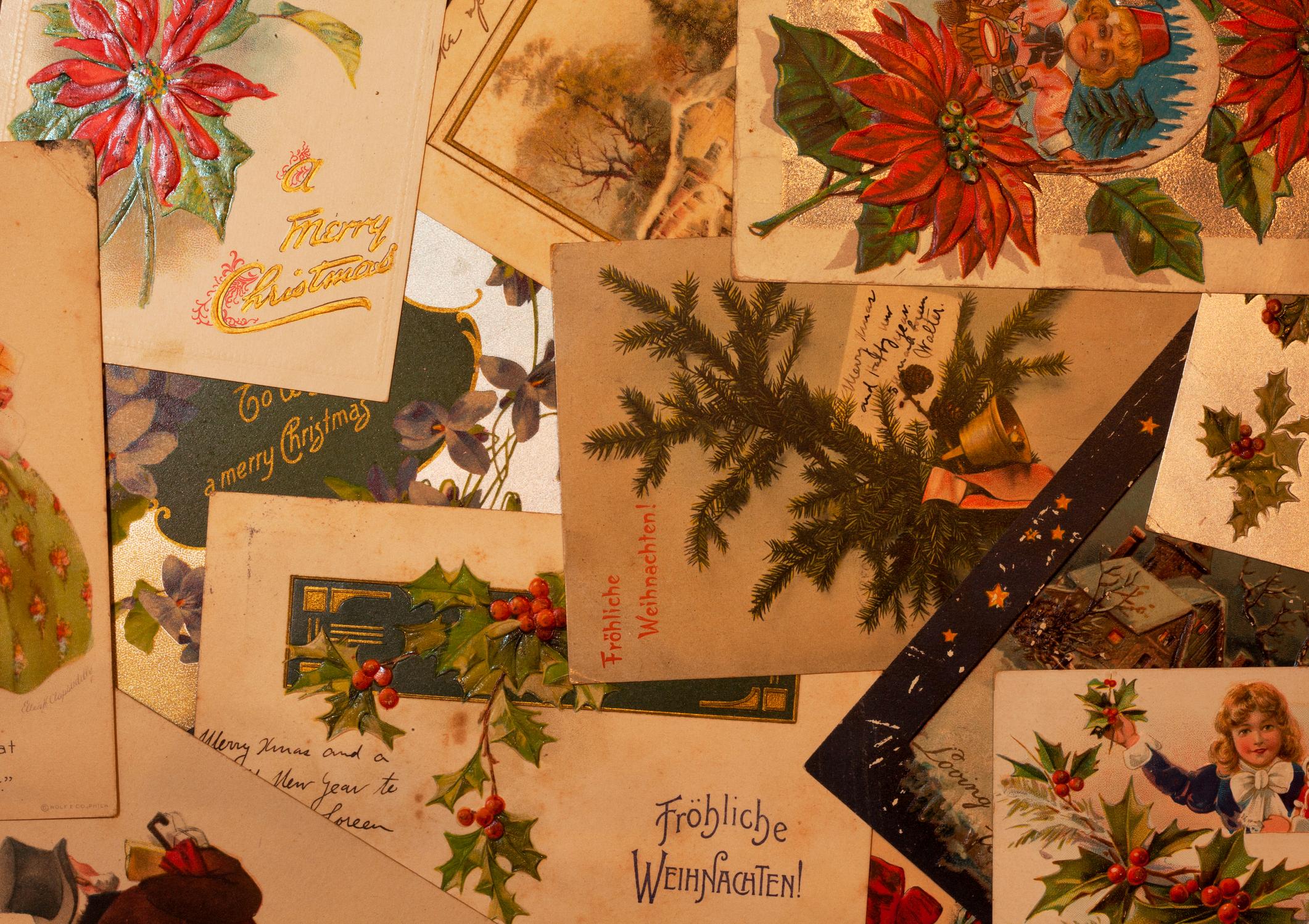
Conversation Foreword by Sundari Malcolm
The holiday season is upon us: glowing lights, commercials of smiling families, and the unspoken rule that everyone should be deliriously cheerful. But if you ’ re grieving, the holidays can feel less like a Hallmark movie and more like an emotional marathon complete with too many to-do lists and too many forced smiles.
As we grievers know, loss feels louder this time of year. The empty chair at the table, the stocking folded away, the ache of “one more season without them” all of it shifts the atmosphere. And while grief during the holidays is incredibly common, it’s also incredibly invisible. You won’t see much of it on Instagram feeds filled with matching pajamas and festive brunches, but it’s there. For many, the season is exhausting.
If you ’ re finding that decking the halls feels impossible or if your version of “festive spirit” looks more like stretchy pants and survival mode know this: you ’ re not alone. We see you. And we want to share a few ways we ’ ve learned to navigate both grief and the holidays.


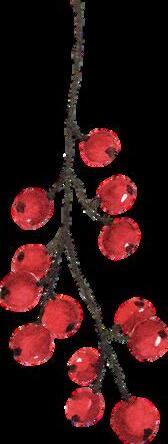


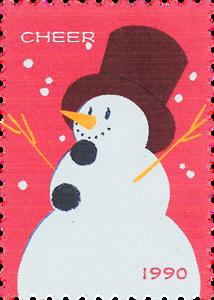
This isn’t an invitation to force joy. It’s permission to find what feels supportive and true to your experience. Angie, what’s it been like for you?
Angie:
For me, it often feels like carrying the whole season on my back and grief adds its own heaviness. Family gatherings can turn into obstacle courses, where you smile through the ache or dodge well-meaning but painful comments. Even traditions I once loved the tree, the baking, the bustle can now feel like pressure.
The smallest things cut the deepest: a carol, the smell of a recipe, the silence where laughter used to be. And while the world sparkles, grief whispers reminders that not every heart beats in rhythm with the season.
The pressure to be “cheerful” becomes its own burden. Sometimes survival means lowering expectations and maybe that’s the real secret.
kiest pressures of the holidays is ust be perfect: the decorated tree, the eautifully wrapped gifts. But here’s anyone a Pinterest holiday. Not this
dle instead of twenty. Maybe you go to one gathering instead of three. Maybe the cookies come from the store or maybe there are no cookies at all. Scaling down isn’t failure; it’s wisdom. It’s self-preservation.
And here’s the harder part: lowering expectations of others, too. People may not always meet your grief with the care they once did. That realization hurts, but preparing for it helps. I suggest making a comfort list things that soothe you when the emotions rise. Return to it as needed. This is the season to lean heavy on self-soothing practices.
Lower the bar. Toss the bar out. What matters isn’t perfection it’s what feels manageable and real. Angie, how do you hold that for yourself?
Angie:
For me, it’s about guarding my energy like the sacred resource it is. The holidays multiply invitations faster than fruitcake no one eats, and every “yes” has a hidden cost. In grief, that cost can be too high.
Boundaries became survival tools. Sometimes it’s showing up just for dessert. Sometimes it’s leaving early. Sometimes it’s a clear “no, thank you.” The guilt fades. The exhaustion doesn’t.
I also carve out recovery time whether it’s a walk, prayer, journaling, or curling under a blanket. These pauses aren’t indulgent; they’re essential. Protecting my energy isn’t selfish it’s holy work. And the people who matter will understand.
More and more, I’ve realized the holidays aren’t about big moments. The heart of the season is in the small, unexpected ones. Do you feel that too, Sundari?
Sundari: Absolutely. There’s so much noise in the world I crave what feels real, what slows me down. I try to notice the “moments between the moments.” Breathing before I get out of bed. Feeling the warmth of a mug in my hands.
Letting myself laugh with a friend, even when grief makes me feel guilty for it. These small pauses are medicine for my nervous system.
I also love offering simple moments to others. A teaand-coloring night instead of a dinner party. A handwritten letter instead of a text bonus points for stickers. Sometimes the smallest things a letter, a laugh, a cup of tea remind us that joy knows how to find us.
And grief isn’t just personal it’s cultural. Many traditions carry rituals that guide us through darkness.





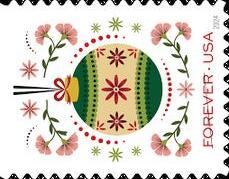

Hanukkah: lighting candles not only for resilience, but for memory and hope. Christmas: evergreen trees for endurance, carols for solace, midnight services for stillness. Kwanzaa: principles of unity and community that remind us grief is not a solo act.
New Year’s: a threshold to release what no longer serves and carry forward what matters most.
These rituals, across cultures, remind us that grief doesn’t isolate it connects.
Angie:
Yes. No matter the tradition, the real gift of the season is permission.
Permission to skip what feels impossible.
Permission to cry when the carols start or to laugh when a memory sneaks in.
Permission to rest when the world tells you to hurry.
Permission to simply be.
Surviving the holidays is enough. You don’t need glitter or a bow. You can stumble through, carry the weight, and still know you ’ ve done the brave work of showing up in your own way.
So if all you want for the holidays is a moment to breathe take it. That single breath is enough.
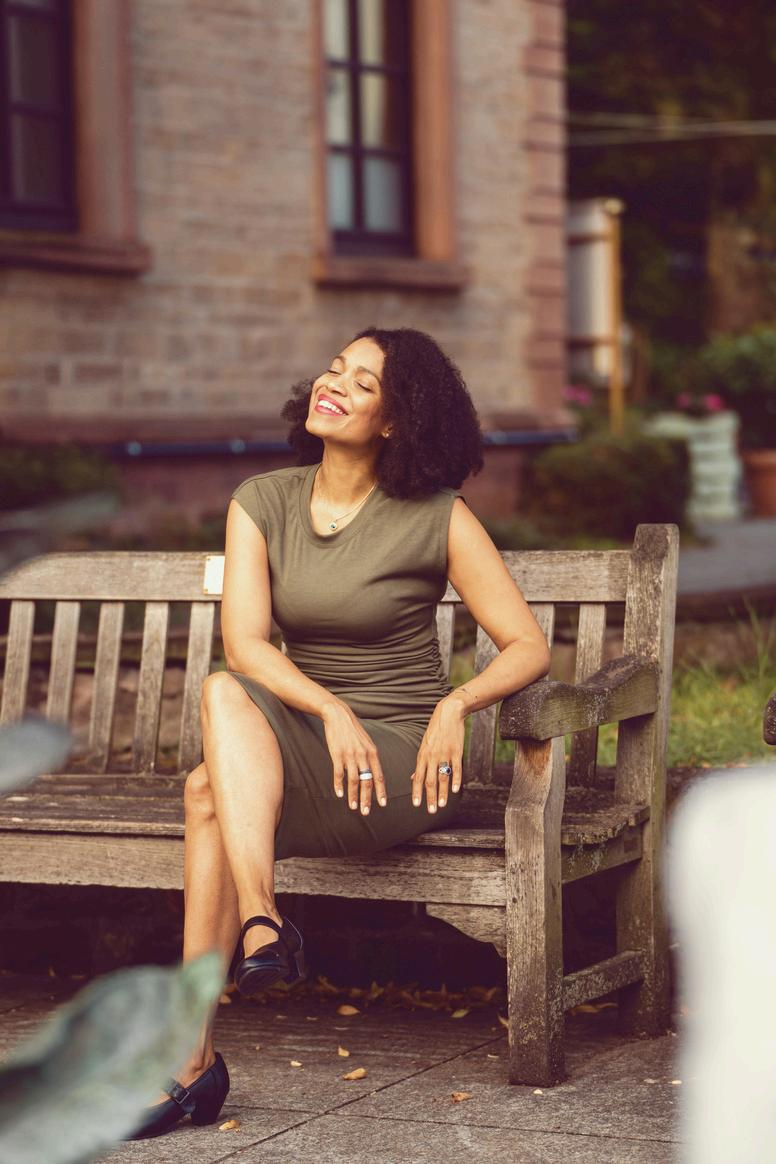


Sundari Malcolm, author and founder of A Healing Doula Academy, a training school for Grief & Death Doulas rooted in ancient spiritual traditions.
Angie Hanson, founder of Butterflies + Halos, is a grief coach and author whose stationery brand brings comfort and honesty often with a touch of humor to those navigating loss. Together, they create spaces where grief is met with compassion, connection, and the reminder that healing is both personal and communal.


ahealingdoula.com butterfliesandhalos.com




In a universe of gods and monsters, the most formidable asset isn’t invulnerability; it’s the vulnerability required to love, grieve, and be shaped by loss. Yet, herein lies a paradox: while we enthusiastically embrace superheroes who embody this vulnerability, our own societies often treat grief as a weakness to be hidden, expedited, and overcome. The fact that we consume these stories with intense emotion, despite the persistent discomfort surrounding authentic grief discourse in real life, is a powerful reminder that superhero narratives act as a safe, metaphorical space for the existential conversations about loss we avoid in daily life
Some of the most popular superhero narratives are populated with beings whose pivotal moments are inextricably linked with immense pain, and these stories often invite us to reframe our perspectives on loss and resilience in our own lives It suggests that the moments we feel most broken by loss – such as the death of a loved one, the end of a dream, or the shattering of an identity – are not interruptions to our life’s narrative, but can act as catalysts for change We know from lived experience that grief is not a passing subplot to be ignored or resolved; rather, it is a life-altering force, centrally and relentlessly reshaping who we are and what we value. The discomforting themes found throughout superhero lore resonate precisely because they mirror relatable truths, allowing us to confront them within the safer space of fictional scenarios.
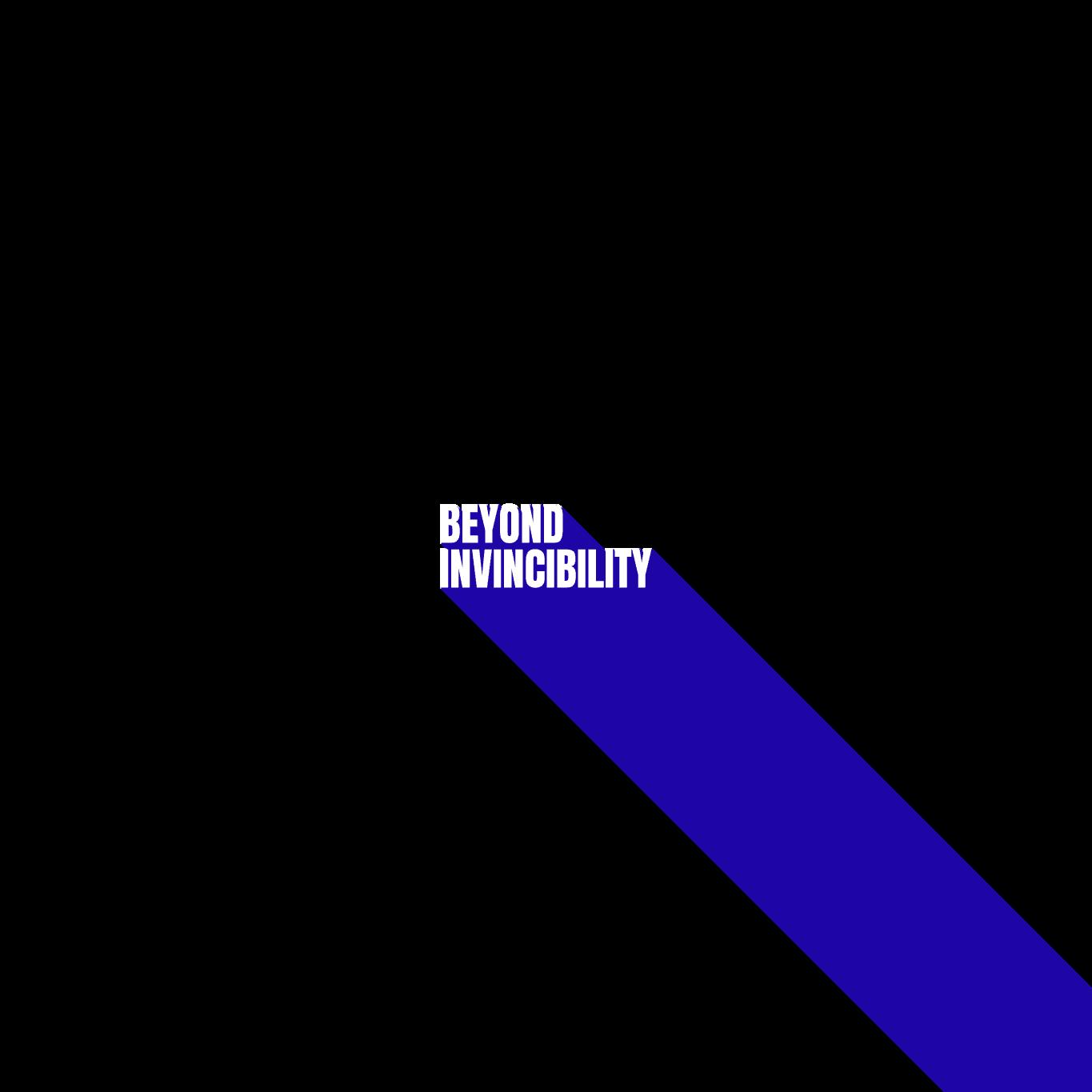
By:Dr.ElreacyDock
Beyond the fantastical and action-packed storylines, some of our favorite superhero stories have been deeply interwoven with universal human experiences of loss, trauma, and injustice–and their genius lies in creatively magnifying these issues on an infinite canvas In this genre, the isolating experience of grief can be projected to cosmic proportions, making the intangible weight of our sorrow seem as if it is finally visible, tangible, and something we can collectively acknowledge These scenes can make the silenced feelings of loss feel witnessed, giving us a shared language for the emotions that are often left unspoken. We can’t create a sitcom of a perfect reality like Wanda Maximoff in WandaVision, but we can understand the desperate wish to escape the painful reality of a lifetime of experiences without our loved ones. When we see the allpowerful Thor reduced to isolation and inactivity when facing cumulative grief, we understand what it feels like to be a shell of ourselves in the face of our loss. When we watch an episode of the What If ? anthology where Dr Strange travels back in time to make nearly endless attempts to prevent Christine’s death, only to fail every time to his own detriment, we understand because we’ve also spent countless hours wondering if we could have prevented our own losses somehow

Dr. Elreacy Dock (DBH, DTh) is a thanatologist, grief educator, author, and behavioral health consultant. She serves as Department Chair and Professor of Thanatology at Capstone University, where she developed its graduate program. Through teaching, writing, and speaking, she creates safe spaces to explore grief, loss, and healing.

Within these examples, the power of grief and loss in the superhero narrative isn’t about escaping the pain, nor the fantasy of invulnerability; it’s about seeing our pain reflected with a dignity that validates what we know to be true from our experiences There is no single ‘correct’ way to grieve, and the stories surrounding our favorite characters remind us of this truth When we see superheroes react to loss with fear, anger, avoidance, or simply becoming visibly tearful despite being celebrated for their superhuman strength and extraordinary abilities, we’re reminded that these are also models for resilience. It isn’t about ‘getting over’ grief, but rather, allowing it to transform us as we learn to carry it in the present instead
At the same time, these stories contain an underlying lesson, if not a direct challenge, for the collective. If we can sympathize with the Hulk for his tears or with Thor as he tries to distract himself from the pain of his grief, then why can’t we extend that same compassion to ourselves and others who face the depths of loss? This time, the answer is not found in comics or on the screen, but in our interactions It is found in our homes, our workplaces, our communities, and how we choose to respond when loss surrounds us. It is found when we choose to see grief not as a problem to be solved, but as an experience to be witnessed and honored By embracing the same resilience modeled by our favorite heroes, we can begin to close the paradox, fostering a world where the vulnerability of grief is recognized not as a weakness, but as the courage to love, to lose, and to continue with authenticity
By: Dr. Kimberly Rich of Tomorrow Mourning LLC
Think back to high school
You probably learned how to: Prove theorems about similar triangles. Graph linear and quadratic functions, complete with intercepts, maxima, and minima. Add two vectors together in magnitude and direction form
Maybe those words sound familiar Maybe you could still solve one of them if pressed. But all three? Probably not And honestly when was the last time you actually needed to?
You know what doesn’t show up in the graduation requirements for most school districts? Grief
Understanding how to support a grieving friend. The ability to know and apply strategies for managing your own grief Literature that explores the themes of grief and finding purpose after loss



It can easily be argued that grief literacy is essential to successfully navigating adult life as we are destined to experience it at some point. The only way to avoid a grief experience in our lifetime is to die before everyone else that we love While that may sound ideal in theory, most people hope not to be the first to go.
So what does this look like?
Start young and don’t stop
Dead plant? Use this to introduce the life cycle
All living things must die, even if we water them, feed them, and give them access to sunlight (take care of them)
Lead a class discussion when an animal at the local zoo dies (usually covered by local media)
Pause to discuss Wilbur’s grief when reading Charlotte’s Web in second grade.
Reading Because of Winn Dixie in fourth grade?
Build activities around the many grieving characters within the text
Recognizing September 11th in 6th grade history class? Grief discussions are a natural fit.


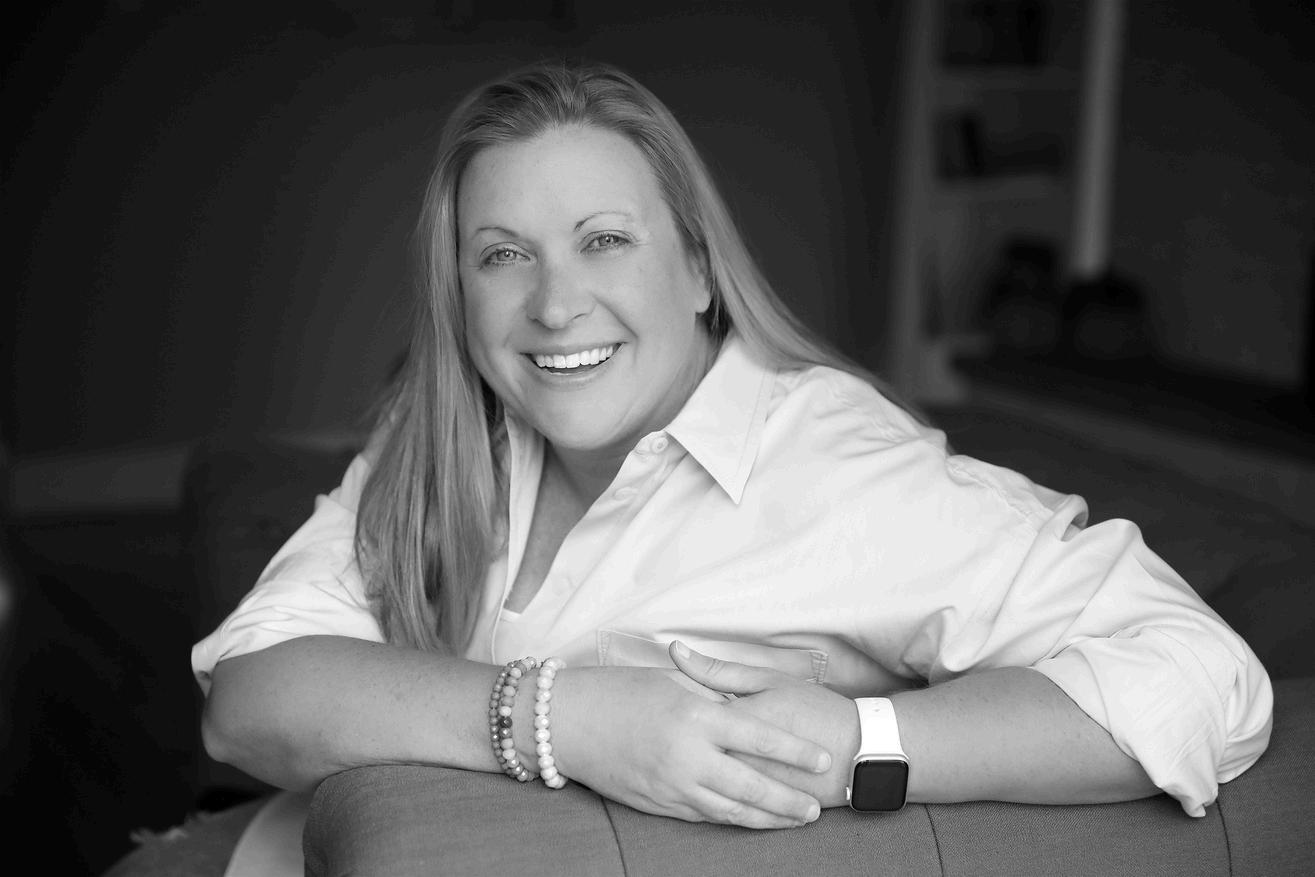

Learn about different cultural attitudes and traditions toward loss and grief
Identify ways to support grieving classmates, friends, and family members.
Practice strategies for helping yourself to work through grief (including journaling, meditation, identifying your safe people, and finding meaning)
Read and discuss novels with themes of grief (Tuesdays with Morrie, The Last Lecture, The Fault in Our Stars).
Start an after school club for grievers moderated by a member of the social work team
This is only the start, but we must start somewhere. Research shows that continuing to avoid grief conversations has a developmental impact on students Not only are these important skills for later in life, but many students will experience the death of a loved one, even a pet, during their childhood years
Proactively teaching students the skills to manage their grief will normalize the grief process allowing them to build coping skills for life
Dr Kimberly Rich, EdD, is the founder of Tomorrow Mourning LLC, a grief educator and death doula on a mission to change how we live with loss. After decades in education and recent doctoral research in bereavement support, she now helps people plan for end of life, navigate grief, and leave meaningful legacies with gentleness, clarity, and compassion
To learn more visit tomorrowmourningllccom and visit on Instagram @tomorrowmourningllc
GET GRIEFY MAGAZINE | ISSUE 7
GET GRIEFY MAGAZINE | ISSUE 7

As the days shorten and the air sharpens, many of us begin to brace for what I call the “dark months” Fall and winter usher in a season of contrasts: crisp beauty on the surface and a heavy undercurrent beneath The calendar fills with holidays and gatherings, but so does the body, with fatigue, stress, and, for those of us who are grieving, an intensified awareness of what’s missing
Grief doesn’t clock out when the season changes. If anything, fall and winter magnify it The longer nights, colder weather, and collective stress in the world create a backdrop that makes grief feel louder, heavier, and harder to ignore. For some, this is the first season after a loss. For others, it might be the fifth or tenth year, and yet grief continues to evolve
This is where the language of grief integration becomes so important. We’ve moved past outdated frameworks that tell us to “accept” or “move on” Integration acknowledges that grief never disappears; instead, it weaves into the fabric of who we are. It’s about holding our stories, carrying our person forward, and letting their impact live in us as we continue to grow And in the darker seasons, the work of integration can feel both more challenging and more essential.

By: Dr Heather Taylor

For years, grief was taught as a series of “stages” we had to march through in order: denial, anger, bargaining, depression, acceptance While those terms gave us some shared vocabulary, they often misrepresented grief as linear, “finishable”, or prescriptive The reality? Grief is cyclical. It’s a set of states; moments of functioning, moments of flooding, moments of searching, moments of stillness, etc. that we move in and out of across a lifetime.
Seasonal changes often intensify these shifts. The shortened days can evoke sadness or lethargy The cultural energy of “togetherness” can make loneliness sharper The political and collective tensions of our current timeline can make even small tasks feel heavier When we see grief as a set of states, as a cycle, we can normalize this ebb and flow instead of judging ourselves for not being “over it” yet.

Fall and winter grief has its own texture, and if you’ve lived through these seasons while grieving, you know it’s not just “the holidays are hard.” It’s layered, complicated, and often invisible to the outside world. Let’s slow down and name some of those layers together.
The literal shift in daylight matters Shorter days can throw off circadian rhythms, impact mood regulation, and sap energy levels. Many people notice seasonal affective symptoms creeping in Add grief (already notorious for disrupting sleep, draining motivation, and fogging concentration) and it can feel like your body is wading through molasses. What once felt doable in summer light now feels impossible in winter darkness

The cultural script of fall and winter centers on togetherness, abundance, and tradition. Commercials show smiling families around tables; social media is full of “matching pajamas” posts But for grievers, those images often land like a gut punch. Even traditions that once brought joy can feel hollow or jagged without our person there Some people find comfort in holding onto rituals, while others feel an aching mismatch between what the season demands and what their heart can actually carry. Grief integration here looks like permission to adapt traditions, to let go of ones that no longer fit, and to create new rituals that reflect who and what you carry now.
We can’t ignore the cultural and societal backdrop Political divides, economic strain, global conflict, and climate anxiety all hum in the background That noise amplifies grief If you already feel fragile, carrying a personal loss while the wider world feels unstable is like shouldering grief on top of grief. Integration in this context asks: How do I tend to my grief without drowning in collective grief? Where do I find anchors that help me hold both?

Fall and winter are littered with milestones birthdays, death anniversaries, holidays that once centered our person. These dates often resurface grief with surprising intensity Even years later, the body remembers You may feel an uptick in irritability, exhaustion, or waves of longing you can’t quite explain until you check the calendar. Integration doesn’t mean those anniversaries stop hurting It means learning to weave them into your ongoing story: maybe through lighting a candle, making a favorite meal, or telling a story about your person. These rituals don’t erase the ache, but they give it form and meaning
There’s also the cultural pace of fall and academic year ramps up. Work cale deadlines before the holidays. Famil obligations And as the new year app pressure to set goals or “make a fresh star Grievers are often still just trying to b expectation to perform at full capacity whil is carrying loss can feel crushing. Integratio like honesty; naming your limits, reducing c and practicing gentleness with yourself w feels low
Zooming out reveals how much converges cultural noise, and constant pressure No invites a shift instead of resisting grie traditions, honor absence and presence, an not alone if this season stirs your grief Ma been taught not to name it.
If you know a memory day or holiday is coming, plan small supports: drive separately so you can leave early, have a signal with a friend, or give yourself permission to skip certain events. Coping ahead honors your capacity, not your obligations.

One of the most helpful ways to move through the dark months is to plan gently or “cope ahead”, not in a rigid, “fix it” way, but in a way that cushions the harder moments. We can’t eliminate grief, but we can give ourselves a little more steadiness before, during, and after the storms.
Emotional hangovers are real It takes energy to hold yourself together through holidays or gatherings Schedule aftercare a quiet day, takeout, or simply no plans at all. Rest isn’t indulgence; it’s recovery.
Grief lives in the nervous system, keeping us tense and alert. Slow your body through gentle movement, deep breaths, or simply wrapping yourself in warmth These are small signals of safety, reminders that you can rest.

Your capacity is limited Say no more often Each “no” creates space for what sustains you quiet, connection, or stillness

Coping ahead and caring after aren’t weakness; they’re wisdom. They teach us to move gently through grief, respecting our limits and allowing body and heart to reconnect
Whether this is your first season without your person or your tenth, grief will show up differently Early grief can feel raw and consuming Later, it may settle into something quieter but still tender
You may have more capacity for joy or routine, yet still experience sudden grief bursts These shifts don’t mean you’re “over it” or “doing it wrong” They reflect how grief evolves as you do
Integration asks not for acceptance but for weaving carrying your person forward as part of your ongoing story.
Questions to guide this process:
How can I carry my person with me, not leave them behind?
How do I hold their impact while continuing to grow?
How do I live fully while honoring grief’s presence?
The darker months, with their slower rhythm, offer space for this work Lighting a candle, cooking a favorite meal, or journaling about change are quiet acts of integration keeping connection alive in ways that fit your current life
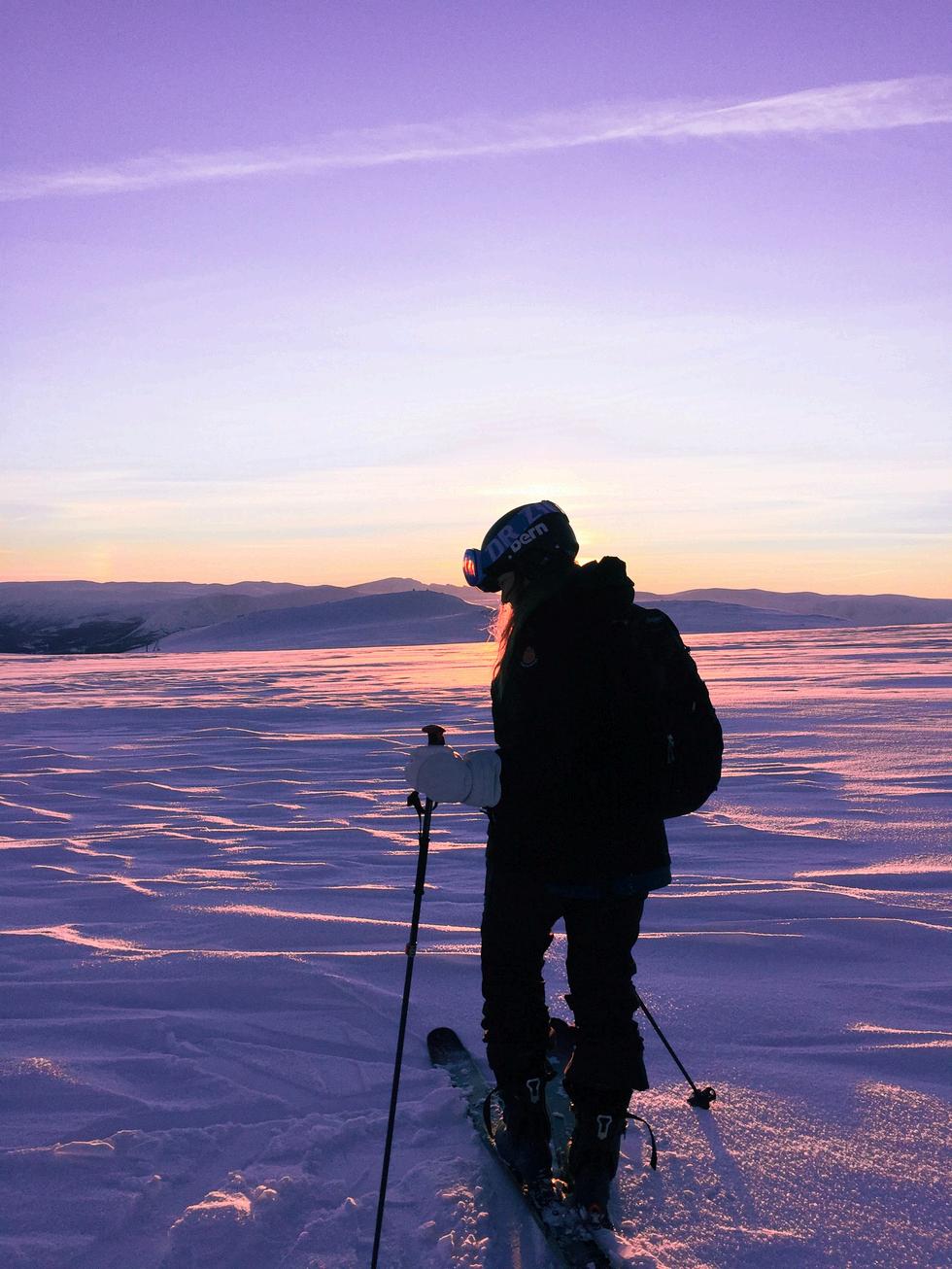
Your grief is valid, no matter how much time has passed
It’s okay to rest more Your body often knows before your mind does
You don’t have to do it all Commitments can shrink; gentleness can grow Make space for both grief and joy they can coexist.
Community matters. Don’t grieve in isolation; reach for support where you can.
As fall deepens into winter, remember: these months aren’t something to “power through.” They stir up grief, and that’s okay. This isn’t about getting over loss but learning to carry it differently as life moves forward.
When the nights feel long or the empty chair hits hard, slow down Plan for hard days, rest after, and know that saying “no” can be a sacred act of care
Grief isn’t a problem to solve; it’s a love story that keeps evolving Even in the heaviest seasons, there’s room for both what hurts and what helps

Create an Aftercare Kit –
Light a Candle Ritual –
Choose a daily or weekly time to light a candle in honor of your person. It softens the long nights and anchors their presence

Keep a blanket, comfort snack, or favorite book ready for post-event recovery Emotional hangovers deserve care



Say “No” More Often –
Protect your energy. Every “no” to what drains you is a “yes” to what sustains you

Practice Coping Ahead –
Anticipate hard days and have a simple plan a text to a friend, a walk, or quiet space before bed

Move Gently, Not Perfectly –
Stretch, walk, or breathe deeply. Grief-weary bodies need gentleness, not performance.


DR. HEATHER TAYLOR, PSYD IS A GRIEF THERAPIST, EDUCATOR, AND HOST OF THE GRIEF IS THE NEW NORMAL PODCAST SHE HELPS CLINICIANS AND HER PATIENTS DEEPEN GRIEF LITERACY, SPEAK OPENLY ABOUT LOSS, AND INTEGRATE HEALING WITH COMPASSION AND CLARITY
CLINICIANS.GRIEFISTHENEWNORMAL.COM @GRIEF IS THE NEW NORMAL

A COLLABORATIVE GREETING CARD COLLECTION THAT HONORS THE COMPLEXITY OF GRIEF
SHOP THE COLLECTION HERE SCANTOSHOPAND
COLLABORATION:
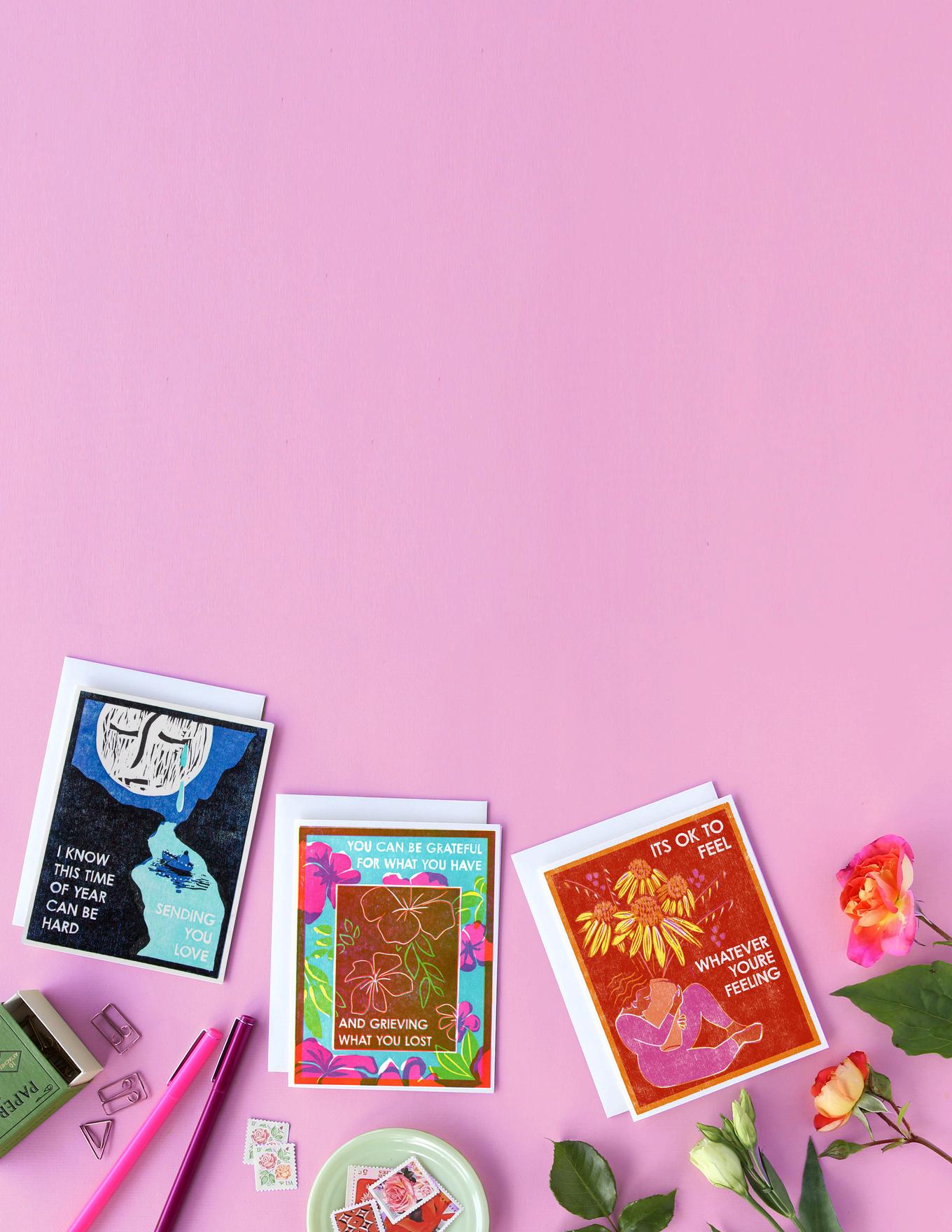
Lisa Keefauver is a social worker, narrativetherapy trained social worker, grief guide, podcast host and author of the comprehensive and compassionate guide Grief is a Sneaky Bitch. lisakeefauver.com

Rachel and Lisa came together to explore a shared belief that the most meaningful thing we can do to support people navigating grief is show up, not to fix, but simply be there.

Rachel Kroh is the creative force behind Heartell Press, a line of emotionally resonant woodblock printed greeting cards, art prints and textiles that have been helping people across the world nurture their relationships through all of life’s ups and downs since 2014. heartellpress.com

b or u g httoyou by:

Sarah Behm Guillén, MBA, MA, PPS, Director, Resource Center for Eluna
Kelly Petersohn, LCSW, Camp Erin Online Programs Manager for Eluna
The holidays can be complicated, especially for children and teens navigating grief or the impacts of substance use disorder at home. While commercials and social media may paint the season as purely joyful, many young people carry invisible burdens. At Eluna, we believe it’s important to give children, teens, and their families space to feel what they feel, tools to cope, and reminders that they don’t have to go through it alone
are

1. “It’s Okay to Not Be Okay” Isn’t Just a SayingIt’s a Lifeline
Children and teens often feel pressure to “keep it together” during the holidays Let them know it’s okay to feel sad, angry, or even disconnected Acknowledging their emotions without judgment helps youth feel safe and seen. Sometimes the most powerful gift is simply saying, “Holidays are tough We’ve got this”
Youth may feel torn between honoring the past and needing something new Try Eluna’s Stop-Start-Continue activity: list holiday traditions and decide together which to stop, start, or continue. This gives youth a voice in shaping the season


Not every child wants to talk about grief or family challenges, but that doesn’t mean they aren’t feeling it. Creative outlets like drawing, journaling, or Eluna’s snowflakes activity can help youth express what’s inside Like snowflakes, each experience is unique and ever-changing. Sometimes grief and hardship come in one flake at a time Other times, it comes like a blizzard Eventually snowflakes melt away, similar to the way our feelings and circumstances can change Using paper and scissors, create unique snowflakes to honor unique life experiences and expressions

Music can be a powerful tool for introspection. Invite friends or family member to create a “We Can Make It Through the Holidays” playlist of songs that validate a range of feelings, from sadness to hope, and honor each person’s expressive style Listening together can spark meaningful conversations and help normalize emotional ups and downs.



Without school routines, anxiety may rise Offering consistency like regular meals, quiet time, or planned outings can help youth feel grounded. Trusted adults and mentors can be anchors during this time
Youth impacted by grief or substance misuse often feel alone. Help them connect with others who “get it” through peer groups, counselors, or one of Eluna’s free signature programs:
Camp Erin is the largest grief camp network for kids, teens, and families with programs in 32 locations across the US and Canada Youth and their adult caregivers receive support through inperson day and overnight camps as well as online programs.
Camp Mariposa is a national addiction prevention and mentoring program for youth ages 9-17 who have a family member struggling with a substance use disorder
The Eluna Resource Center embraces and empowers those it serves, providing personalized support to youth and families impacted by grief, addiction, and other related mental health issues.

Self-care is essential for both youth and adults, especially during emotionally charged seasons Eluna’s Stepping In and Out of Your Grief activity helps children and teens recognize that it’s okay to take breaks from grief and ambiguous loss Invite youth to name what it feels like to “step in”– maybe through talking, journaling, or remembering - and what helps them “step out,” like watching a movie, going for a walk, or spending time with friends Grief doesn’t have an off switch, but we can learn to move with it



Holiday gift and food drives support families and offer youth a chance to give back Volunteering together builds empathy and reminds children and teens that they’re part of something bigger.
Flowers fade, but meaningful gifts can offer lasting comfort. Eluna’s Bereavement Gifts: Beyond the Bouquet includes ideas like care packages, memory candles, comforting blankets, and legacy journals These gifts honor the memory of their person while providing comfort and support

One powerful way to support grieving youth is through shared rituals Eluna’s Camp Erin Online Luminary Ceremony is a free virtual event where children, teens, and families come together to honor their person who died and find comfort in community It’s a gentle, supportive space to reflect, remember, and connect.
Grief and family challenges don’t take a holiday breakbut neither does hope.
We invite you to share how you honor your person or care for yourself during the holidays Tag @ElunaNetwork and @GetGriefyMagazine so we can build a supportive community together.



When John Onwuchekwa walks onto a stage, you can feel the air shift He doesn’t perform in the traditional sense, though his words carry the rhythm of someone who grew up studying cadence and pause He doesn’t preach, though scripture sometimes weaves naturally into his storytelling. What John does is invite you to sit with him in the heaviness of grief and then shows you that even in the weight, there is worth.
John is a pastor, motivational speaker, and the author of We Go On, a book that unflinchingly faces grief while holding onto hope He’s also the curator of the We Go On Tour, a one-of-a-kind variety show blending comedy, music, storytelling, and ritual designed not just to talk about grief, but to experience it together.
We Go On Tour is an experience I am honored to have absorbed. Together John and his team don’t just talk about grief they build an unforgettable variety show where grief takes center stage in all its contradictions: raw, hilarious, heartbreaking, and intriguingly hopeful

Nods, Tears, and Bone Thugz

I sat in the audience, a bracelet on my wrist one of many worn that night, each a symbol acknowledging unique losses and my guide map in hand. I looked around and I realized that each bracelet was a quiet confession: we are all carrying something and our guide maps don’t truly end; they simply lead us forward on our journey
And then the show began

From the start, I was hooked. I found myself nodding with affirmation, as John shared his story with the kind of honesty that makes you want to lean in closer The room pulsed with vulnerability strangers eager to tell their own stories, to say “me too” without ever speaking.
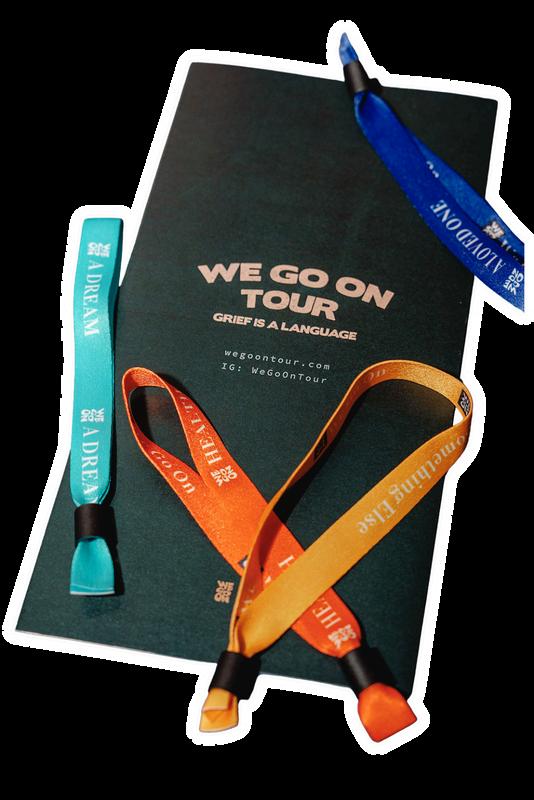

There were tears of joy and sadness in equal measure.
By the end of the night, I was singing at the top of my lungs yes, to Bone Thugz, and yes, to Vanessa Carlton Somehow, in the same evening, I had cried, belly-laughed, worshipped, and belted out songs from the soundtrack of my youth. It felt like whiplash and healing all at once.

I walked out of the venue lighter, yet somehow carrying more Grief hadn’t been erased but it had been transformed

John doesn’t speak about grief as a distant concept. He has lived with it, layer upon layer.
Before losing his brother, John and his wife carried the quiet ache of infertility a grief often unseen and unnamed. It wasn’t the loss of a life lived, but the loss of a future, of the family they dreamed of and prayed for That story found a hopeful chapter with the arrival of their now 8-year-old daughter Yet, the loss of his brother opened a different kind of grief one that continues to shape his purpose today
Infertility taught him that grief isn’t always tied to death. It can be the loss of dreams, relationships, health, or possibilities. Then, when his brother died, the grief became more visible, more crushing. Layered together, those experiences shaped his conviction: tragedy itself is not what ruins people
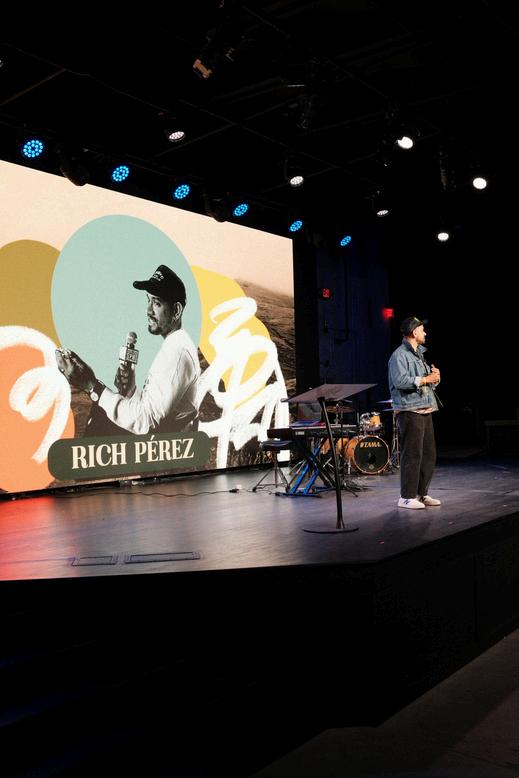
“Tragedy has never ruined a single person,” he told me, pausing to let the words sit heavy “Hopelessness does ”

“Grief reminds us that in our sorrow, we are not as isolated as we think. It leads us to deeper community.”

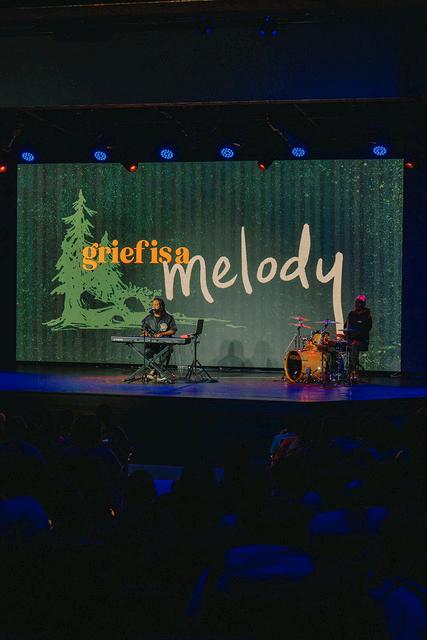



That night, I understood what John meant when he described online grief spaces as “fireplace screensavers.” They look warm, but they don’t radiate heat. We Go On is the opposite. It is live, unfiltered, and intentionally designed to create connection.
Every detail matters The bracelets The playbills Even the opening countdown that nudges you to put away your phone and be fully present John’s creative director, Leslie Mack, designed it that way so that when the lights dim, the audience isn’t just watching. They’re entering another world.
The world of We Go On is built on four pillars:
John’s storytelling – raw, vulnerable, layered with metaphors that make grief tangible
Rich Pérez’s storyboards and film frames – pulling us deeper into memory, culture, and reflection
David Perdue’s comedy – reminding us that laughter belongs in the landscape of loss.
Swoope’s music – elevating the whole room, carrying us through solitude and celebration.
Together, it’s not just a show. It’s an experience.

John’s work doesn’t shy away from faith but it also doesn’t impose it He weaves scripture the way a songwriter uses harmony: subtle, layered, but essential
“When I think of Christianity,” he says, “I think of death, grief, and hope.” His book, We Go On, reflects that conviction. For John, hope isn’t shallow positivity. It’s rooted in something deeper: “If Jesus could get up from the most hopeless place, then there’s a pathway toward hope for us too.”
That night, even those who didn’t share his worldview nodded Because at its core, John’s message isn’t about converting anyone it’s about reminding us that hope is real, and grief is survivable.


The We Go On Tour has run for three years, each time layering new elements of artistry and immersion Year one was a talk-show structure Year two added comedy and music Year three brought live instruments, cinematic storytelling, and interactive rituals
Now, John and his team are pausing, preparing to return in the spring with fewer cities but deeper investment, and teases a potential new podcast in the works. The goal isn’t just another round of shows, but something more enduring: a pathway for people to engage with grief beyond one night
If grief feels slippery and indescribable, John’s metaphors act as handholds. These visuals woven through his work, both written and spoken have pierced through grievers everywhere and provide language and understanding for the parts of them that feel most contradictory and confusing
One of his most beloved is the coffee metaphor, which is fitting as he also serves as the co-founder of Portrait coffee: grief is like coffee sometimes bitter, sometimes strong, sometimes something you grow to appreciate over time.
But his favorite, depending on the season, is the rock metaphor
“When you approach a rock, how you approach it says more about you than it does about the rock,” he explains. “If you’re a journeyman just trying to get from point A to point B, the rock is an inconvenience. But if you’re a sculptor, the rock is not an obstacle it’s an opportunity. It’s the raw material you use to create something beautiful ”
This captures the core of his philosophy: grief isn’t something to avoid it’s something to shape And shape it he has, turning the profound loss of his brother Sam and the dreams he once held for the future into a life driven by purpose and service to others.






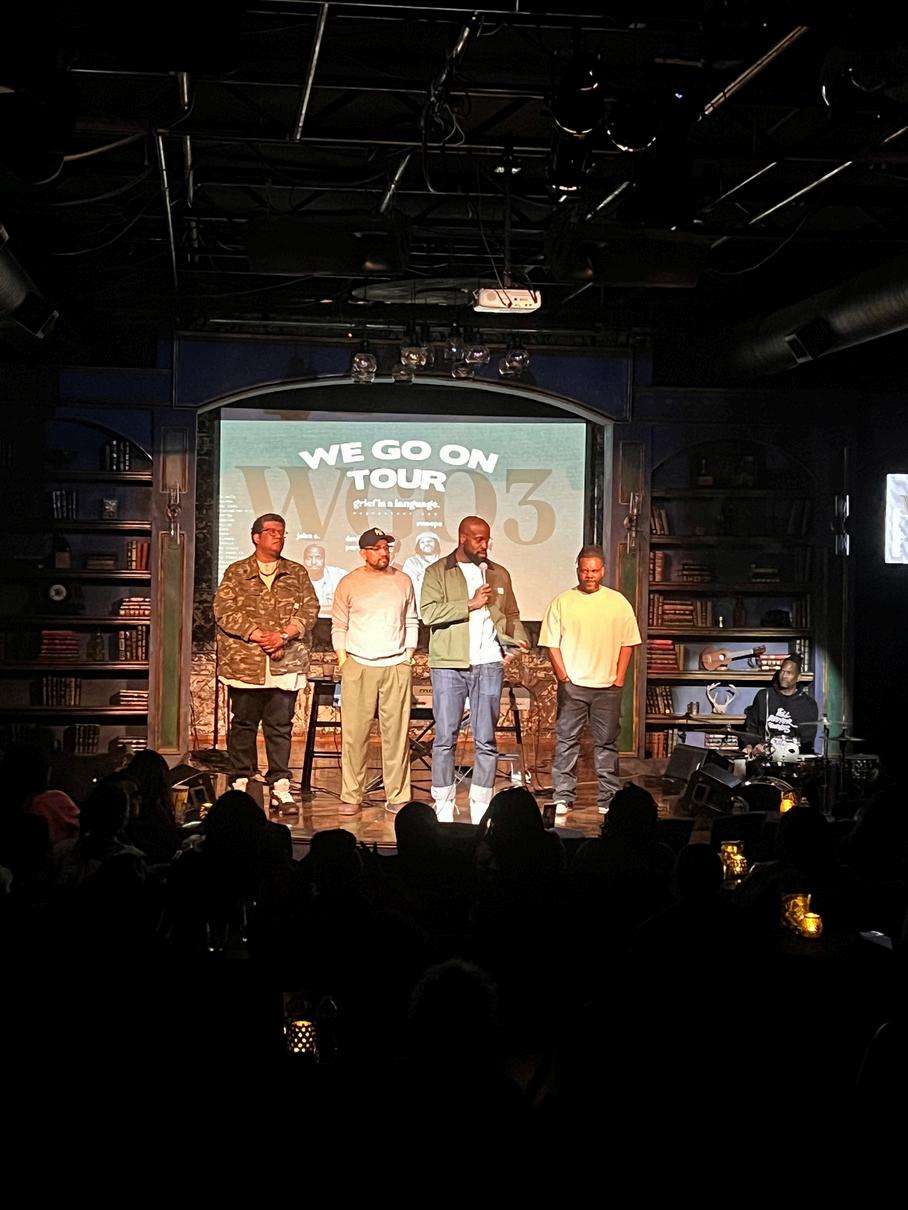
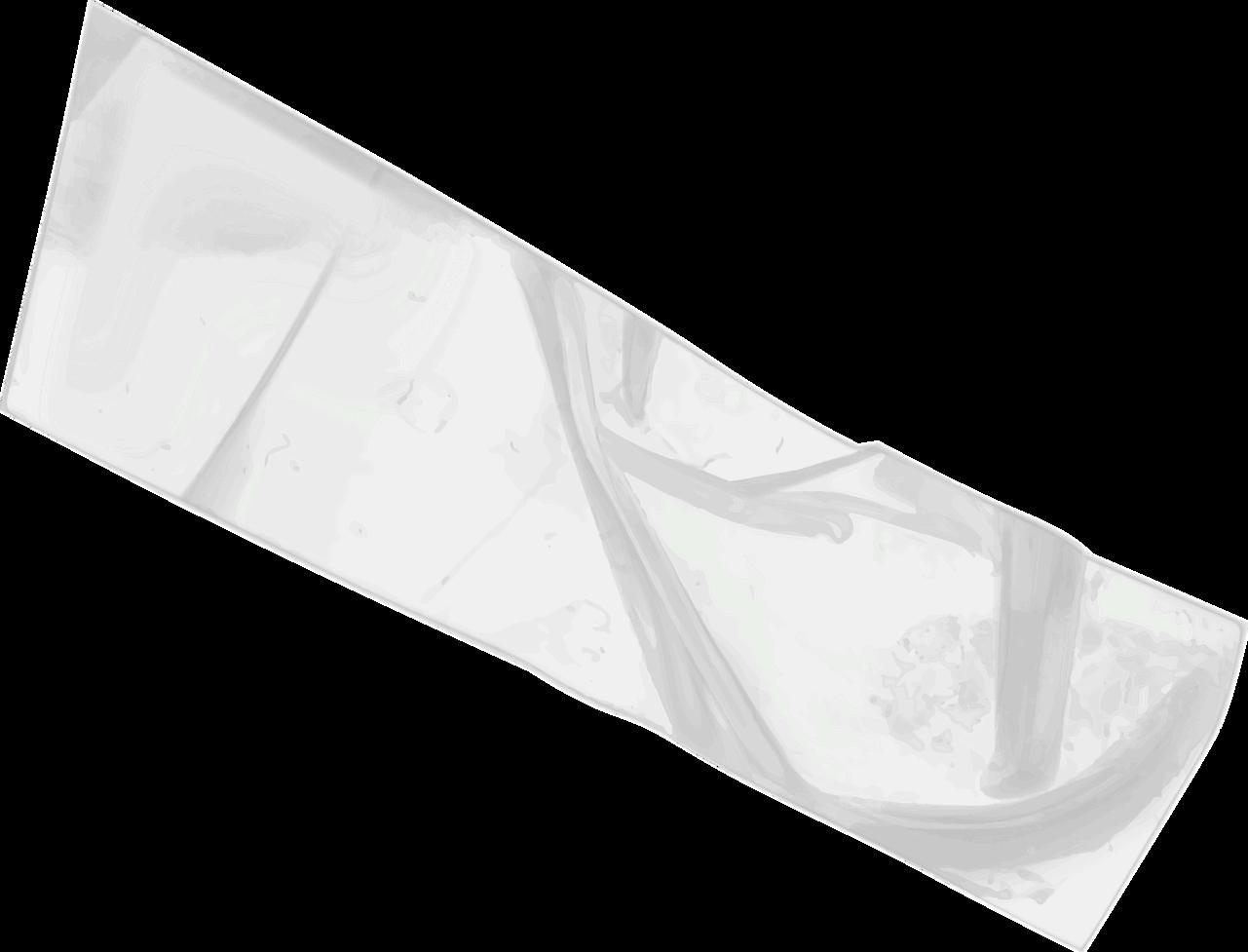






A Legacy Journal to leave behind love, advice and support for your loved ones, inspired by all the unsaid after unexpected loss. Includes 55+ unique journal prompts and freestyle space!

A memory & grief journal that prompts quirky and specific memories of our loved ones, insuring their essence is safely kept forever! Includes 55+ unique journal prompts, letters to heaven, sign log and dream log!
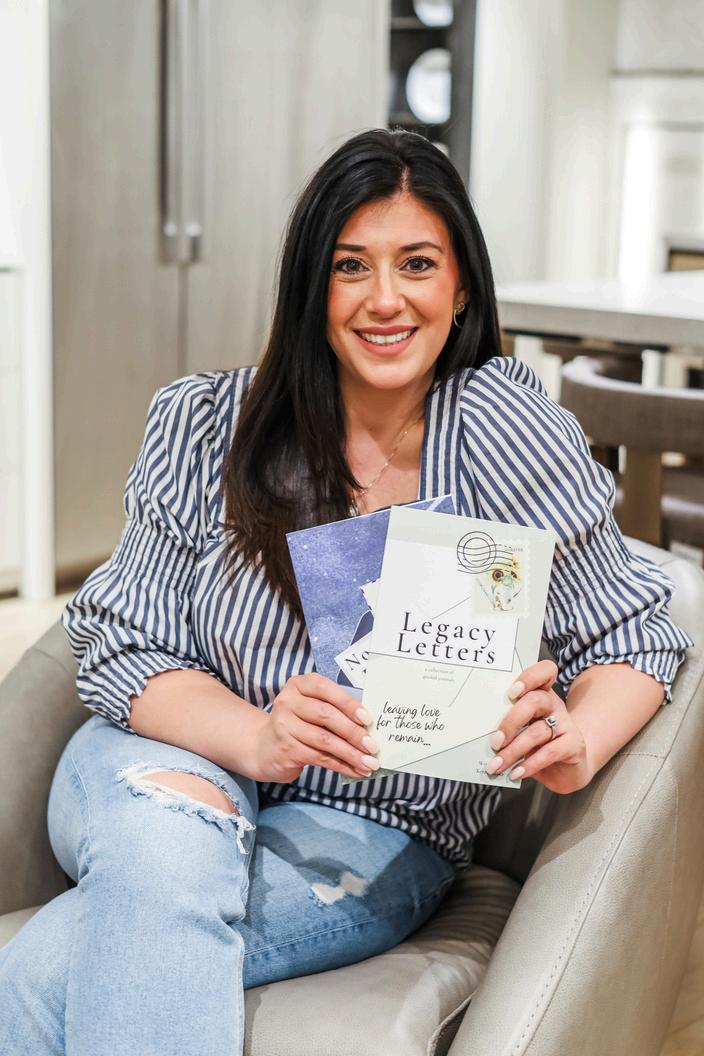




By: Crystal Dalton

When my mother died, my world changed forever. Grief arrived not only as heartbreak, but as a physical weight fatigue, restlessness, and a heaviness that made even the simplest things feel impossible In those early days, I struggled to find steady ground What I discovered, slowly and gently, was that nature could hold me in ways nothing else could
In the early days of loss, even breathing can feel like an effort Grief constricts the body and spirit, making it difficult to find ease Stepping outdoors offers a subtle but significant release. The feel of wind on the skin, the sound of rustling leaves, or the warmth of the sun can help us remember to inhale and exhale more fully Nature opens space when grief makes everything feel closed in, inviting the body to soften and the heart to steady
Grief often feels like time has stopped Yet in nature, change is constant the tides rise and fall, the moon waxes and wanes, seasons give way to one another. These rhythms remind us that while loss is permanent, life continues to move and transform Observing a tree shed its leaves and later bloom again can serve as a quiet metaphor: even in the most barren of seasons, renewal is possible
In a world that demands productivity, nature invites us to pause Sitting beneath a tree, listening to a stream, or watching birds in flight allows the mind to rest For those grieving, this stillness is especially powerful. It creates space to simply be with our emotions, without judgment or distraction In these quiet moments, many find that nature holds their sorrow gently, allowing feelings to surface and move through them in a way that feels less overwhelming
Loss impacts the body as much as the heart Fatigue/insomnia, tension, and restlessness are common companions to grief Gentle movement outdoors walking, hiking, gardening, or practicing yoga in the open air helps release the physical weight of sorrow. Studies consistently show that movement in natural environments lowers stress hormones, reduces blood pressure, improves sleep, and reduces anxiety Even slow, mindful walks can bring relief, helping the body process emotions that words cannot express
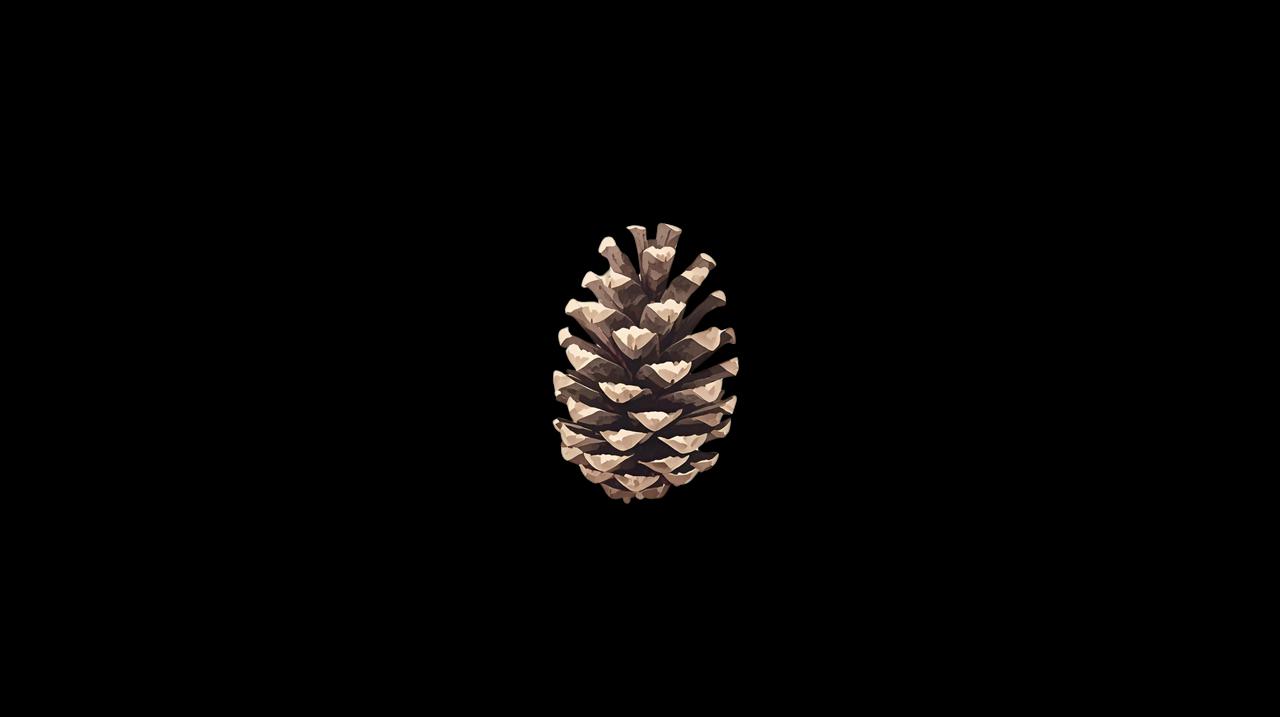
One of the most universal and difficult aspects of grief is the isolation it brings. Being in nature reminds us of our place in a larger whole The vastness of the ocean, the steadiness of the seasons or the delicate unfolding of a flower can shift perspective, offering comfort in the knowledge that life continues to hold us, even in loss Many, including myself, find that nature restores a sense of belonging when human connection feels strained or out of reach
For some, nature becomes a sacred setting for ritual Planting a tree in memory of a loved one, Grief Walks with fellow grievers or sitting quietly at sunrise can create meaningful ways to honor loss These rituals root grief in both memory and renewal, weaving remembrance into the ongoing cycles of life. Such practices not only keep loved ones close but also provide a path forward that integrates healing with remembrance
Spending time in nature does not require travel or elaborate plans Healing can begin with small, intentional moments:
Sitting outside with morning coffee or tea
Pausing to notice birdsong or the movement of clouds
Planting flowers or tending a garden
Taking a slow walk in a nearby park
Listening to the oceans waves ebb and flow along the shore
Looking at the night sky and allowing space for wonder
These practices, though simple, help ground us when grief leaves us feeling untethered They offer gentle reminders that even in sorrow, beauty and connection remain accessible.
Nature cannot erase grief, but it can hold it with tenderness. It provides a sanctuary for tears, a space for reflection, and a reminder of life’s resilience The natural world teaches us that while grief will always be a part of who we are, healing is possible when we allow ourselves to be nurtured by the earth’s steady rhythms In loss, as in life, we are not alone the world around us rises to meet us, offering quiet strength when our own may feel out of reach
Crystal Dalton offers compassionate grief support and advocacy, grounded in both lived experience and professional expertise Through traumainformed yoga and intuitive movement, she creates safe, healing spaces for those navigating loss Her holistic approach blends education embodiment, and emotional support helping individuals process grief, reconnect with themselves, and move forward with resilience and grace
wwwbalancedmindjourneycom/crystal @cohabitatingwithgrief

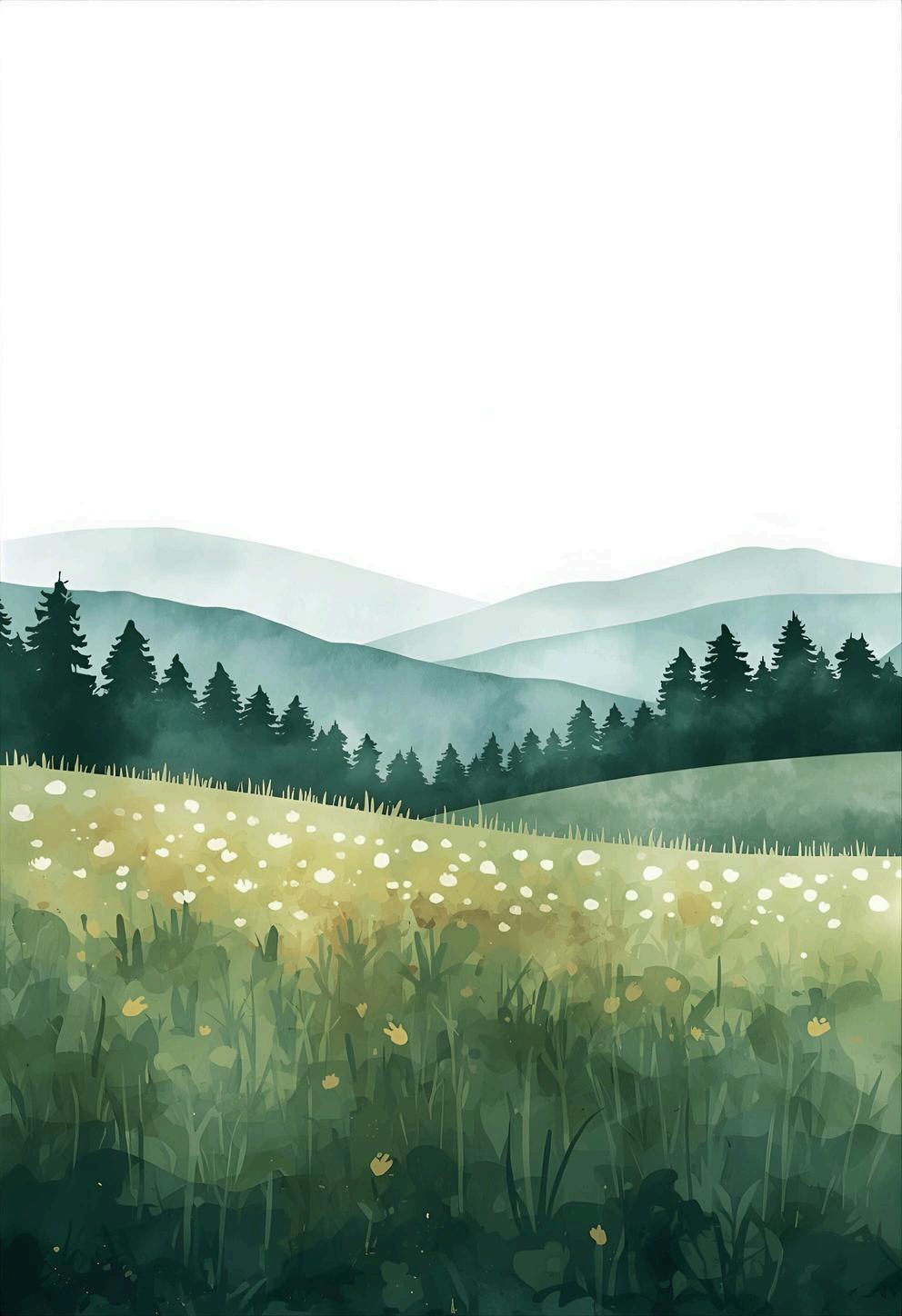




The Memory Circle’s Barri Leiner Grant expresses her gratitude and shares poignant reflections on another journey around the sun.
This October, marks the first birthday I will celebrate without my parents alive. That alone makes this year major. A new mark on my grief tinted calendar page. I will also turn the big 6-0. Turning sixty doesn’t seem much like a milestone to me. It feels more like a reminder
Sixty birth days
Sixty candles I can no longer share with the two people who made this life possible.
The two that helped define who I am and also, who I have become without them With every solar return, birthdays have grown quieter and more introspective I no longer take for granted that “I get to be” older. Some years I find it remarkable that I have actually lived this long.
Grief will do that to you.
Grief math tells me, this is a decade more than my mother enjoyed on the planet And twenty-six till I am the age that my father died. That is not really as sad as it sounds. It is the matter-of-factness with which I try not to waste a darn second of it all.

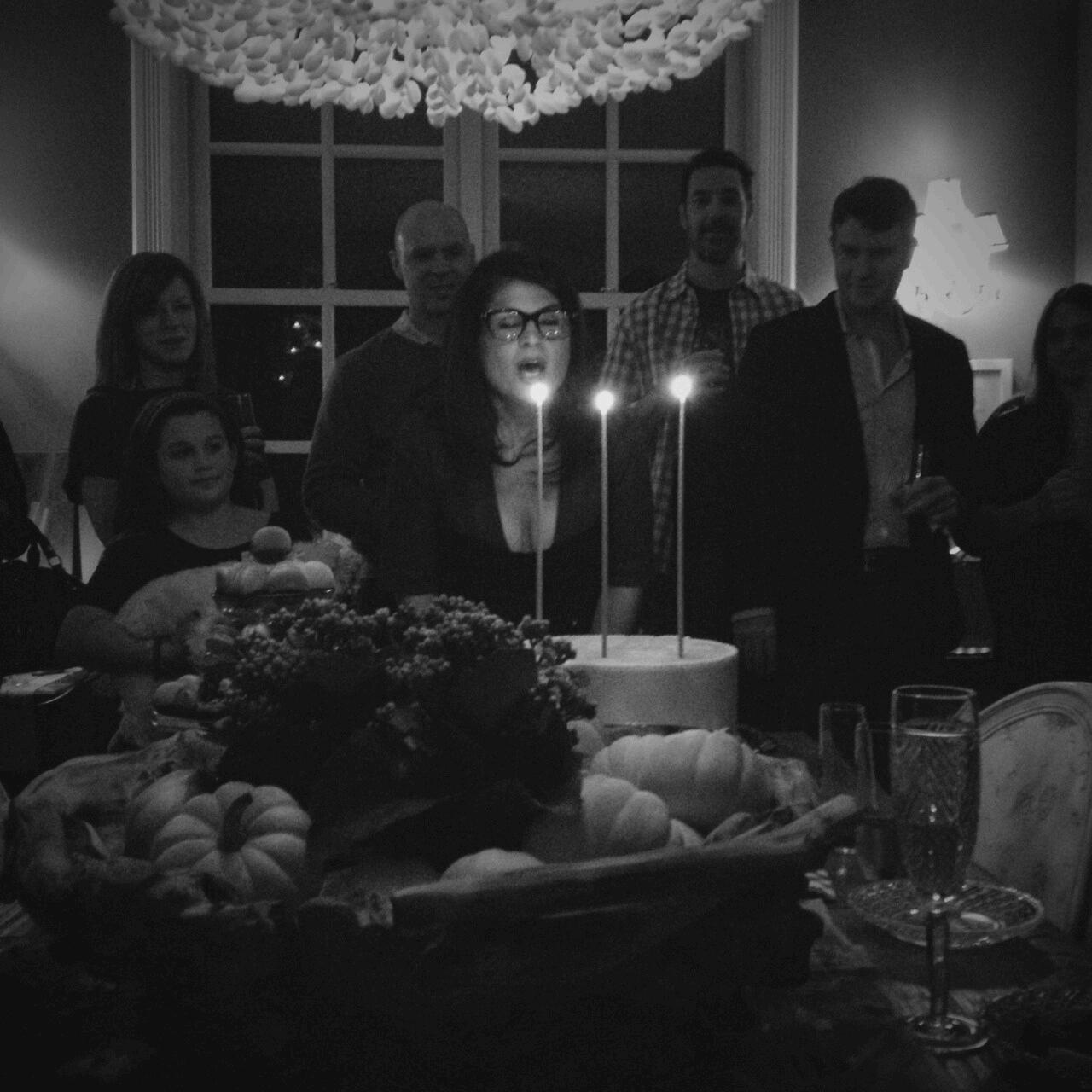

My mom Ellen died suddenly at 50 The entire year between 49 and 50, the loop that played on repeat was, “what if this is all you had left.” How unthinkable it was that life could be nearly finished, done or complete For her or for me There was so much more for us to do and know about one another And with each passing year, a fierce understanding that there is also, so very much she imparted.
Hers was a much too short trip here, but full throttle and filled to overflowing with adventures Our gas tank was always on “E”, and it was not because we could not afford a fill up Mom could not waste an extra second squeezing in all a day had to offer. We’d be last at the beach after sunset. Registers would tickle with change being counted for the bank drop as we closed down the shops at Monmouth Mall Dinner out, or even a movie or concert on a school night happened on the regular She would shout over the 70s tunes we blasted in the car, “lean forward girls we are running on luck.” No. Time. To. Waste.
I’ve thought of my birthday more as my “birth day“ since 50 It became so much less about parties and gifts, but more the day that my mother carried me into the world. I am certain this is magnified by my years as a mother of two girls she would never know. And the two girls she birthed that she would never know as Moms
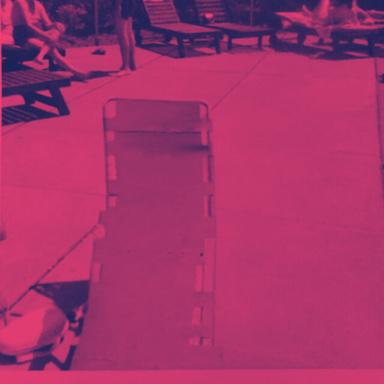

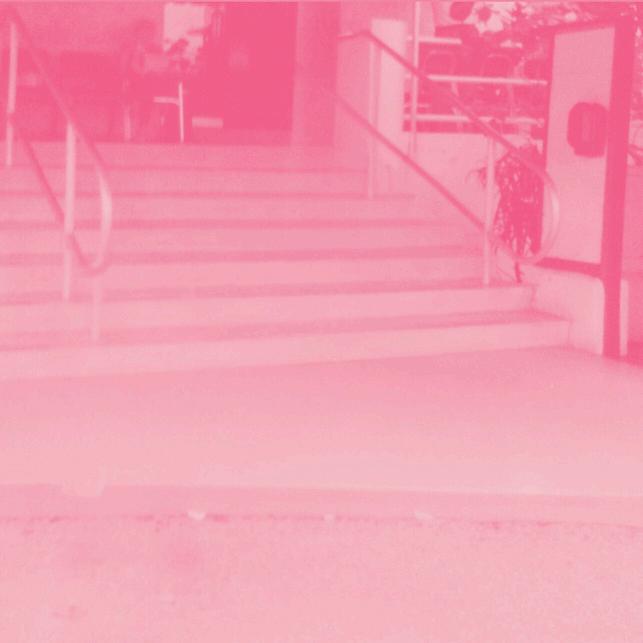
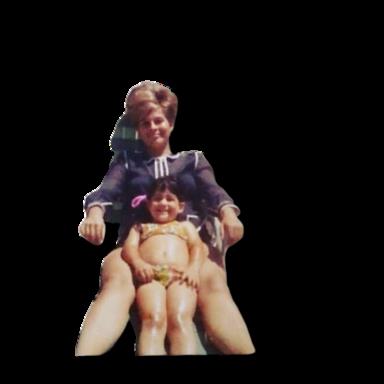
I could rattle off her awards and fundraising accolades sure, but it is in the ordinary moments that I have found the extraordinary memories We toted our discount finds through the mall with prowess. Led by Mom, our Olympic Discount Shopping Gold Medal captain. We were a team. My sister Danna and I always dressed to impress at fifty percent off



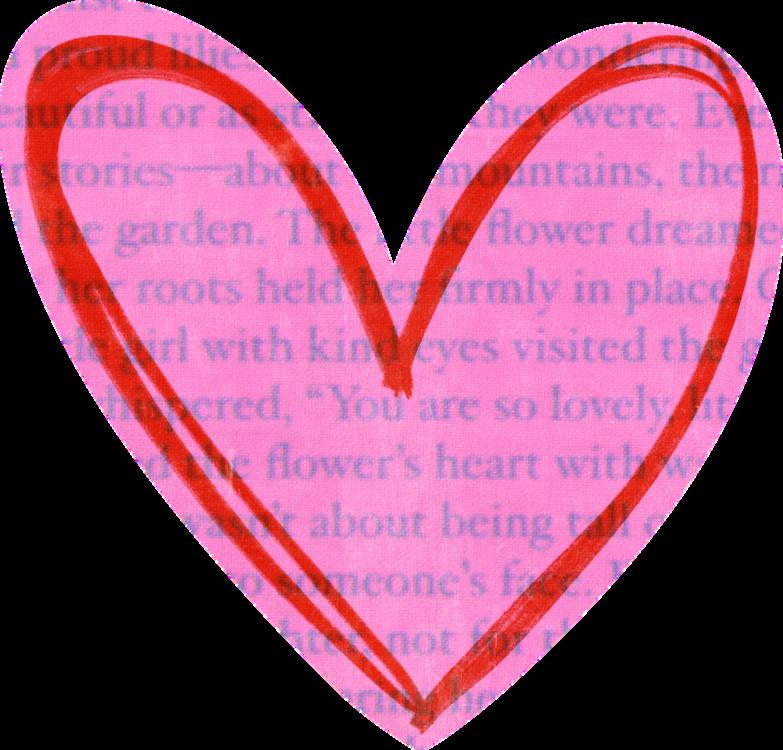
ery store aisle or ent squeezes into ecret language of rthday parties for n had white bread died orange and black at the bakery She whipped up tiny tea sandwiches between the crusts Tuna with Miracle Whip and PB&J for the less adventuresome. Chips and even soda were served in Dixie cups. Some years, Dad would cover the pool table with a big slab of panel and we would spread out make up or crafting supplies to deck out and decorate ourselves or a little pumpkin from our local patch Dad an ad man, and Mom a copywriter it was always a creative affair

Dad would take photos of me with every pal and our costumes or creations by the old weeping willow tree When we had them developed, each became the party thank you Tiny photo corners attached to folded cardstock for every friend
As I write, my sweet husband is planning a gathering in our new town. There is a vintage-y playhouse that offers indy films The new Springsteen biopic drops the week of my birthday He is hosting a private showing Popcorn, Twizzlers and Diet Coke for dinner = the perfect night for a Jersey girl with a Bruce crush.
I was reminiscing this year about the last gift Dad picked out for me before dementia came into our days. He worked on the first breast cancer drug ads and helped to bring Breast Cancer Awareness Day to life when he developed the ad campaigns each year he would pick something that gave back to research It’s no wonder pink became a forever favorite for me. Every birthday card saved, favorite dinner shared and Carvel iced cream cake with extra crunchies, means more than ever these days The last gift was a sweet candle, I can’t bear to light Perhaps this is the occasion
Turning 60 without parents is a quiet lesson in presence and absence. It teaches me that celebration is not only for the living in the room, but also for those who live on in memory And sometimes, the sweetest birthday gift is remembering how deeply our love endures.








Barri Leiner Grant is an author and grief support advocate. She founded The Memory Circle, inspired by the sudden loss of her mom, Ellen, and her work deepened through her caregiving journey with her dad, who died of Alzheimer’s in 2025. As Chief Grief Officer™, Barri creates compassionate spaces for grief and caregiving, blending writing, coaching, and memory-making practices to help people navigate loss and honor love.
@thememorycircle thememorycircle.com








Stories of Friends and Family Lost is a powerful collection of real stories from those who’ve lost loved ones offering comfort, connection, and hope. Includes a resource guide for grief support.
Find strength in shared stories.
Get your copy today.

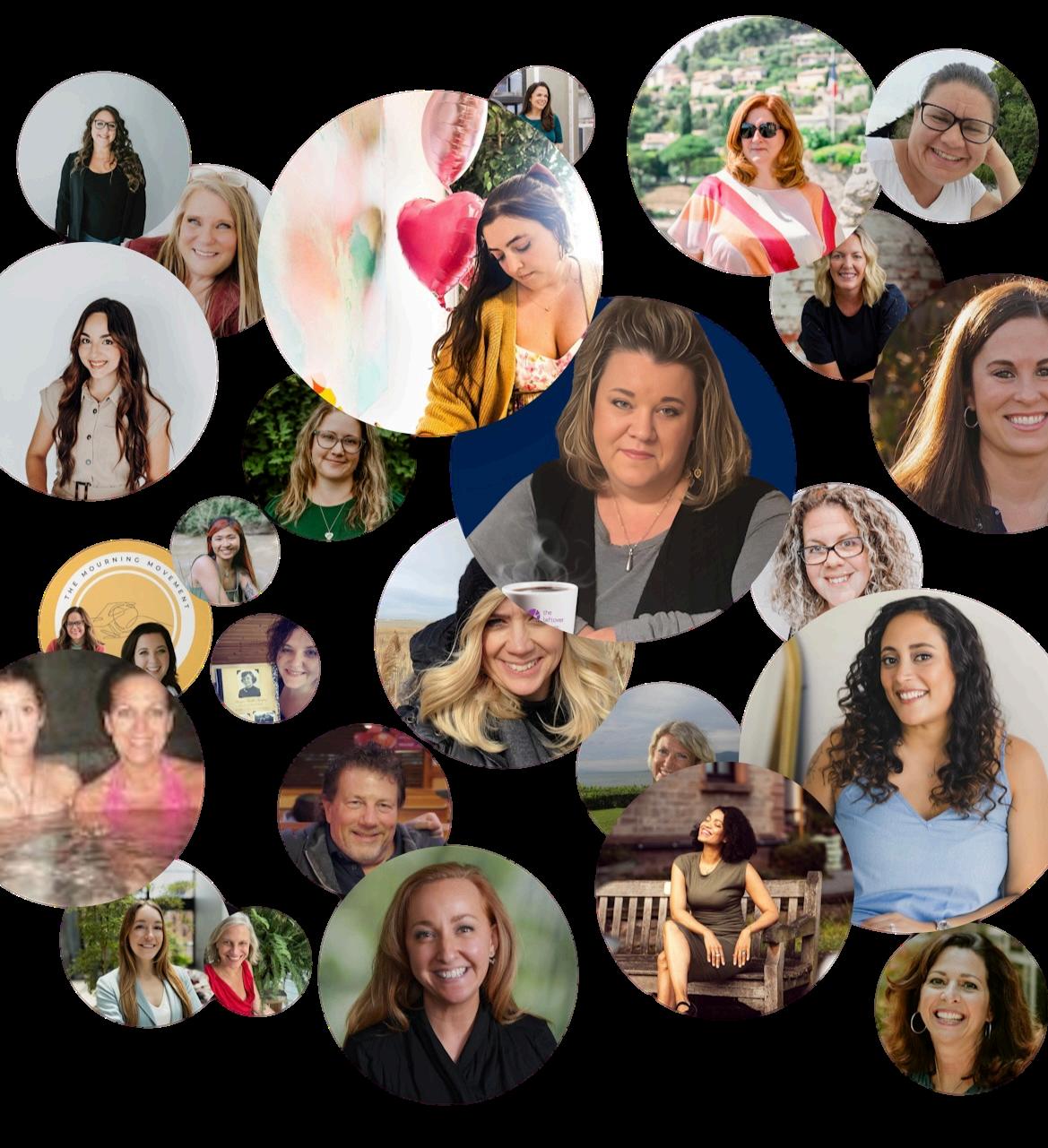



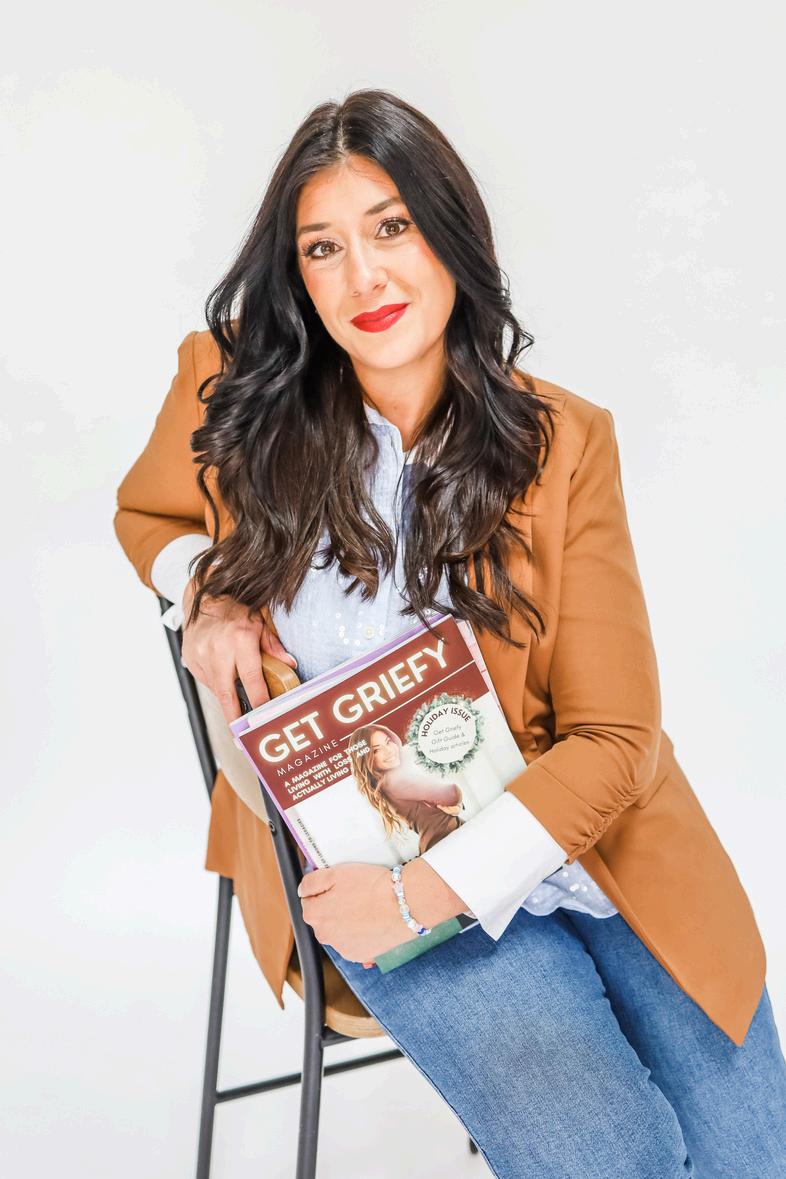
Get Griefy is created by Kera Sanc high school Dean of Students, Nav and mom of two based in Chicagoland area.
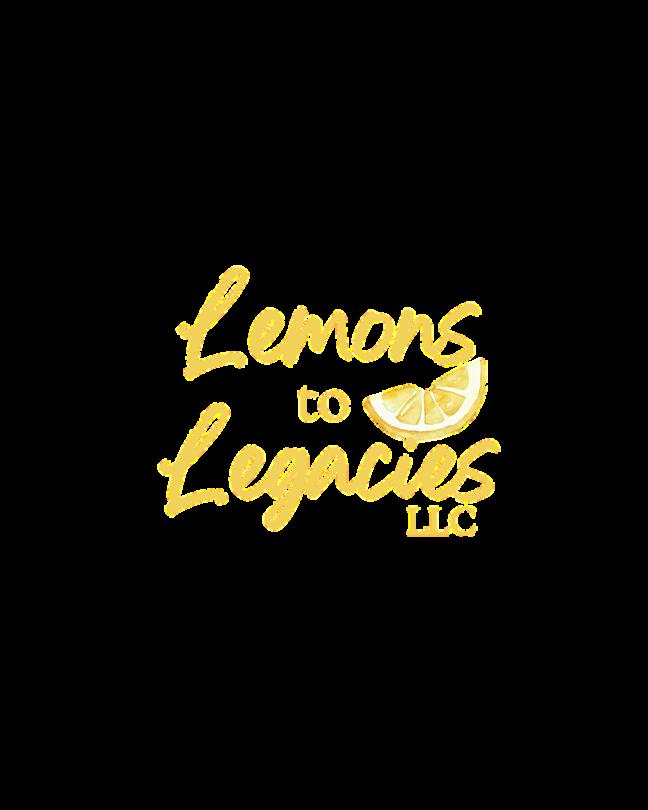
Kera is also a keynote speaker and educational consultant with a focus on trauma- and grief-informed practices in secondary education With a deep commitment to helping educators better support grieving students, she aims to create more compassionate, responsive school communities one conversation at a time.
To connect, collaborate, or inquire about speaking engagements, reach out directly via email at kerasanchez@getgriefymagazine com

WANT TO BE FEATURED IN A FUTURE ISSUE OF GET GRIEFY?
We’d love to hear your story. Visit our website to explore ways to contribute and submit an application to be featured in an upcoming issue.
into your life, even amidst tough times.
Consider us your partners in zest, dedicated to bringing back the happiness you deserve. With a mix of heartfelt support and a sprinkle of fun, we're all about empowering you to find resilience, discover new moments of light, and create a legacy that's as bright and colorful as you are!
www.legacylettersjournal.com
www getgriefymagazine com
@lemonstolegacies @getgriefymagazine
Lemons to Legacies LLC





